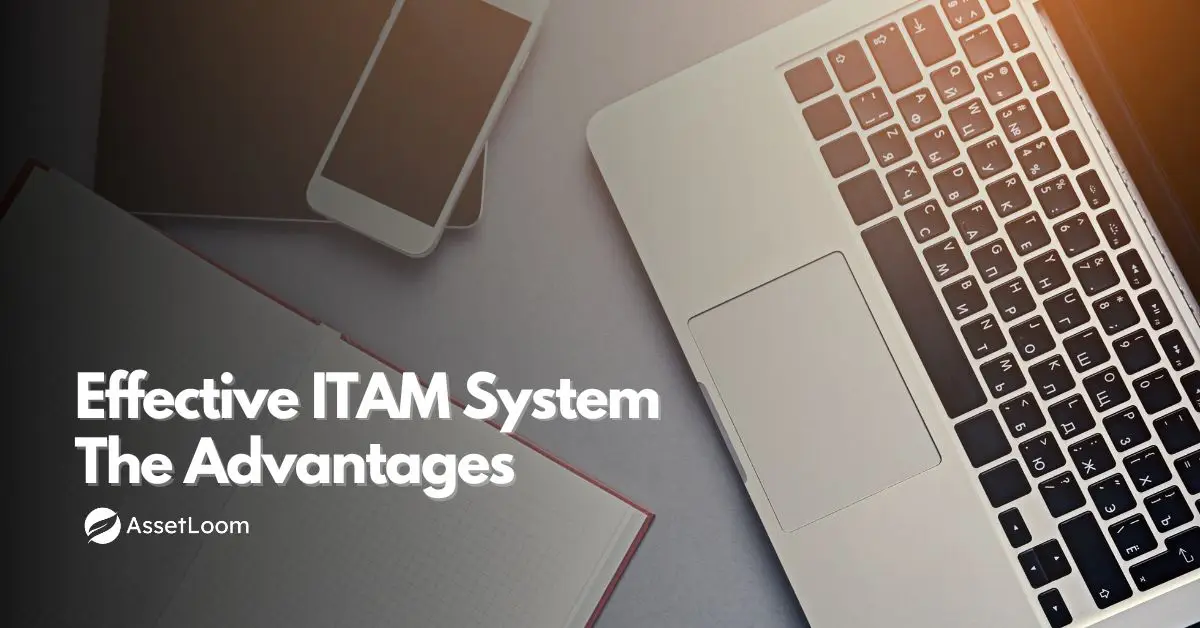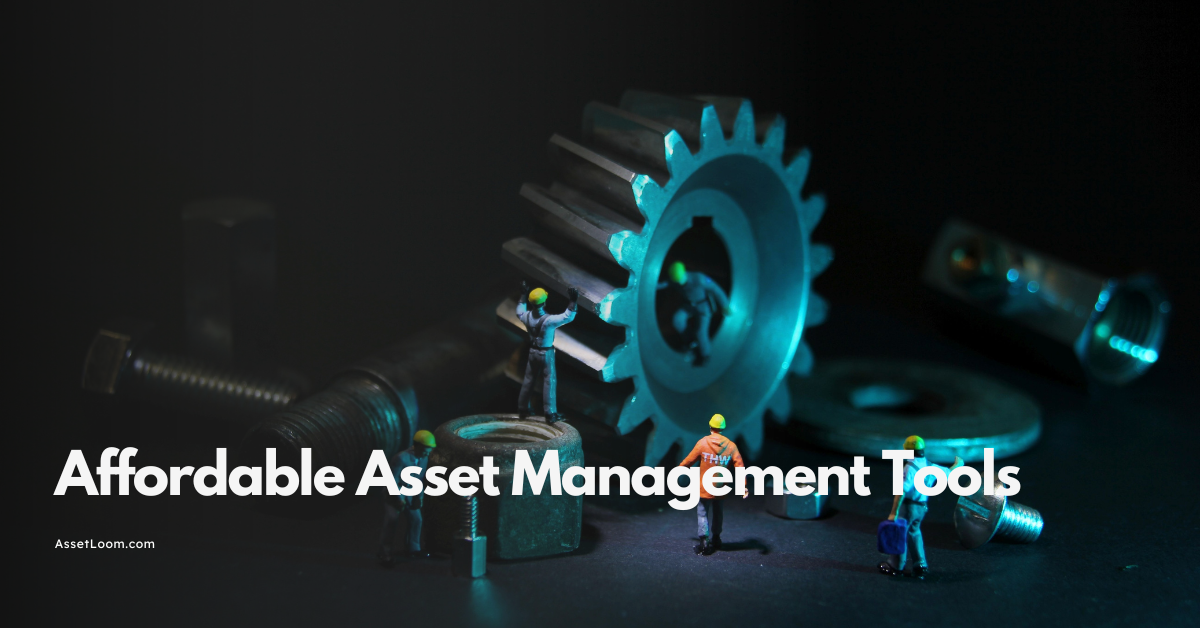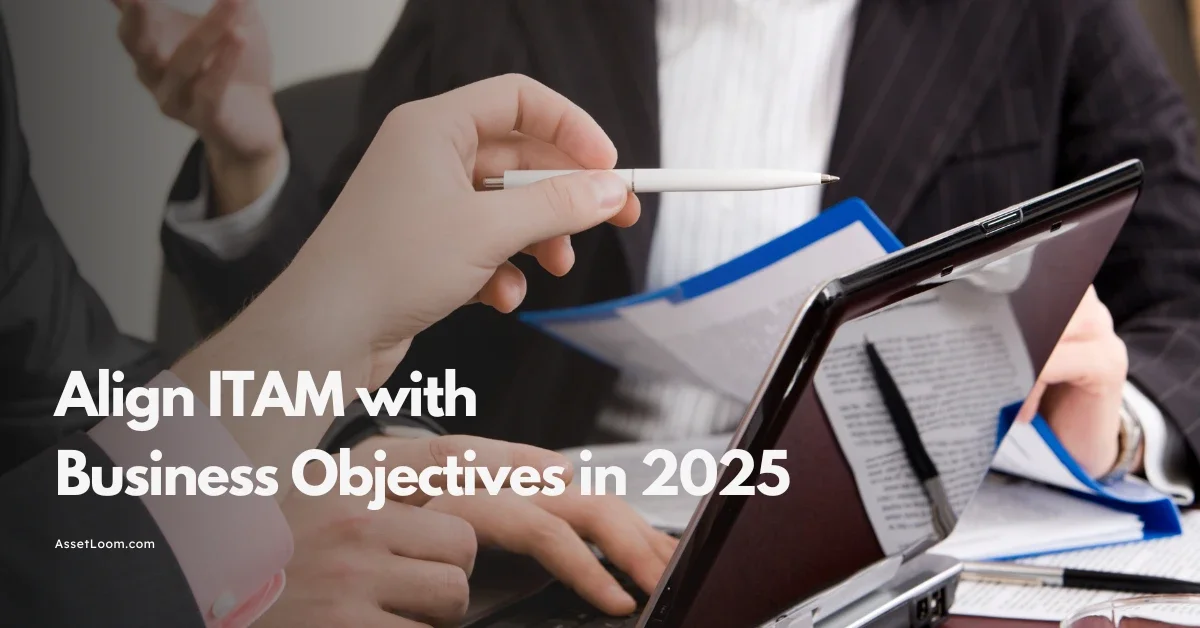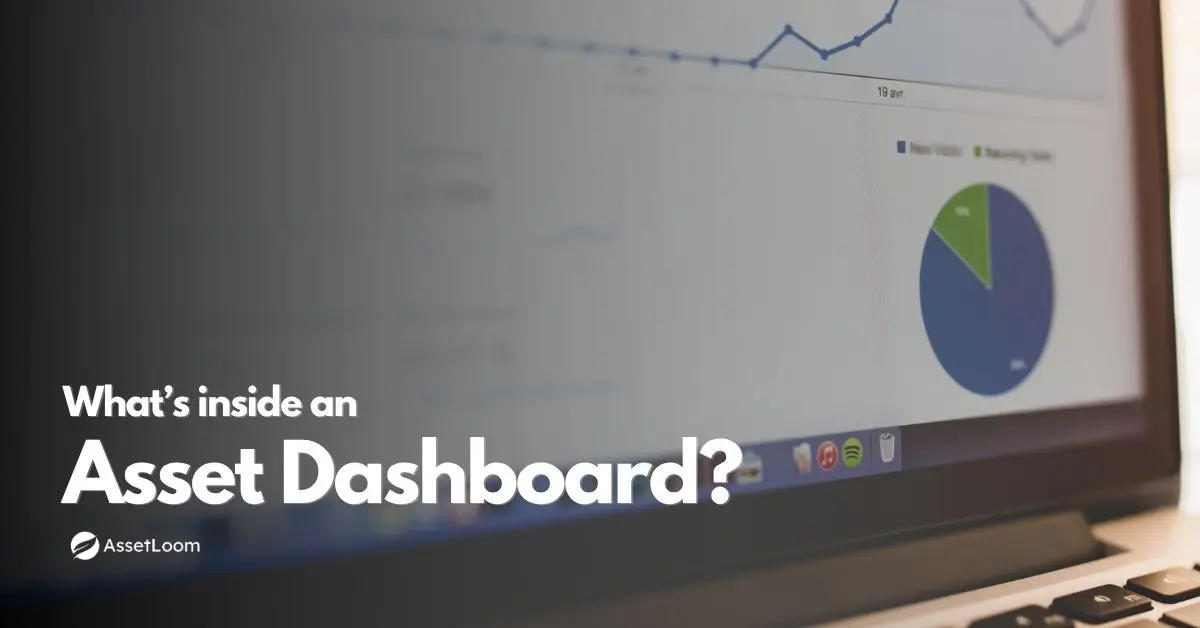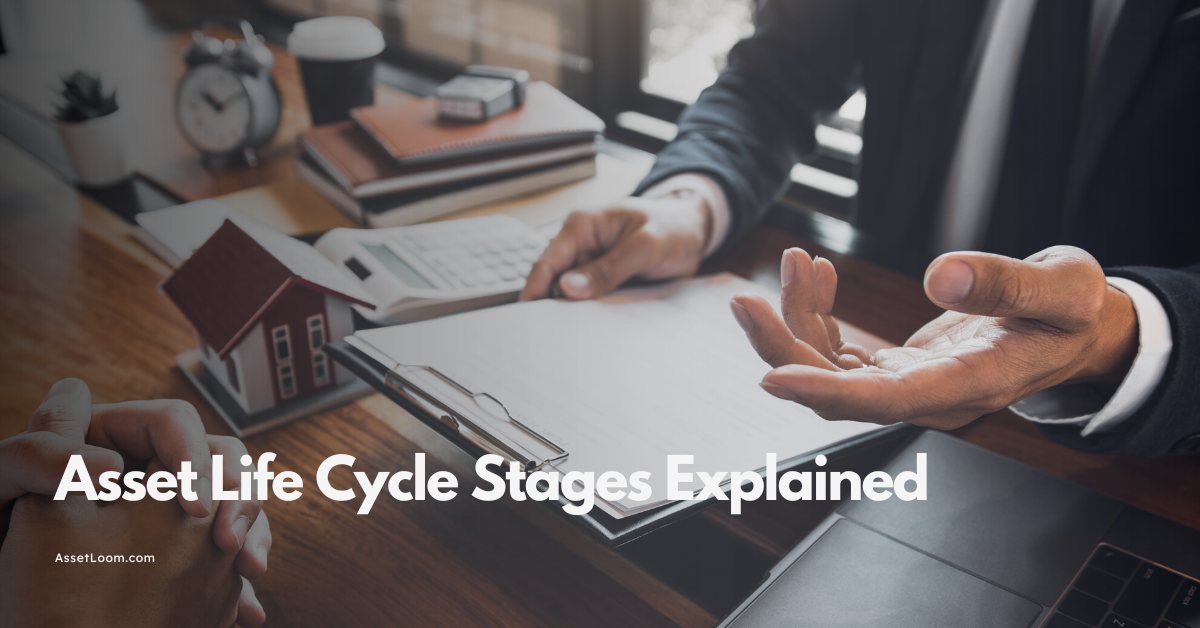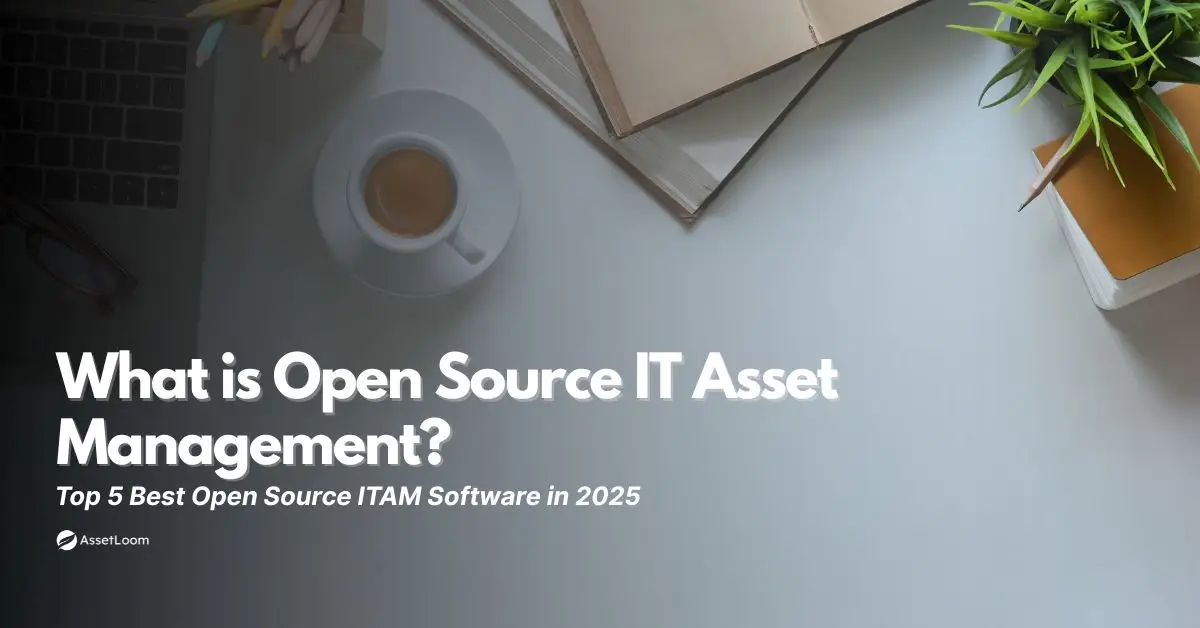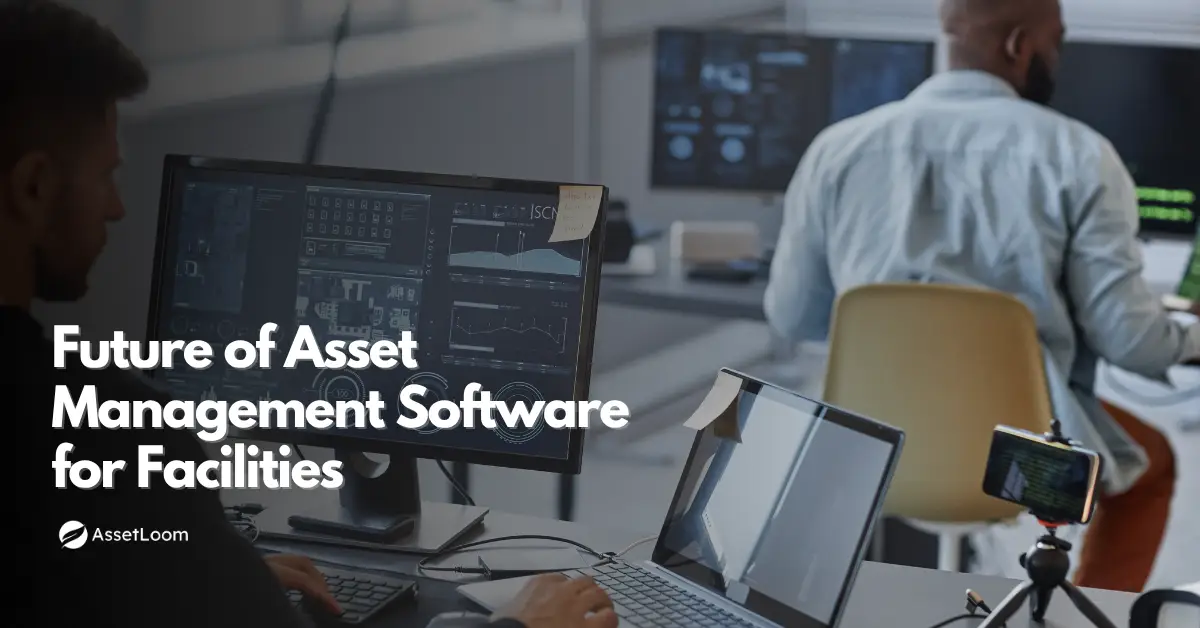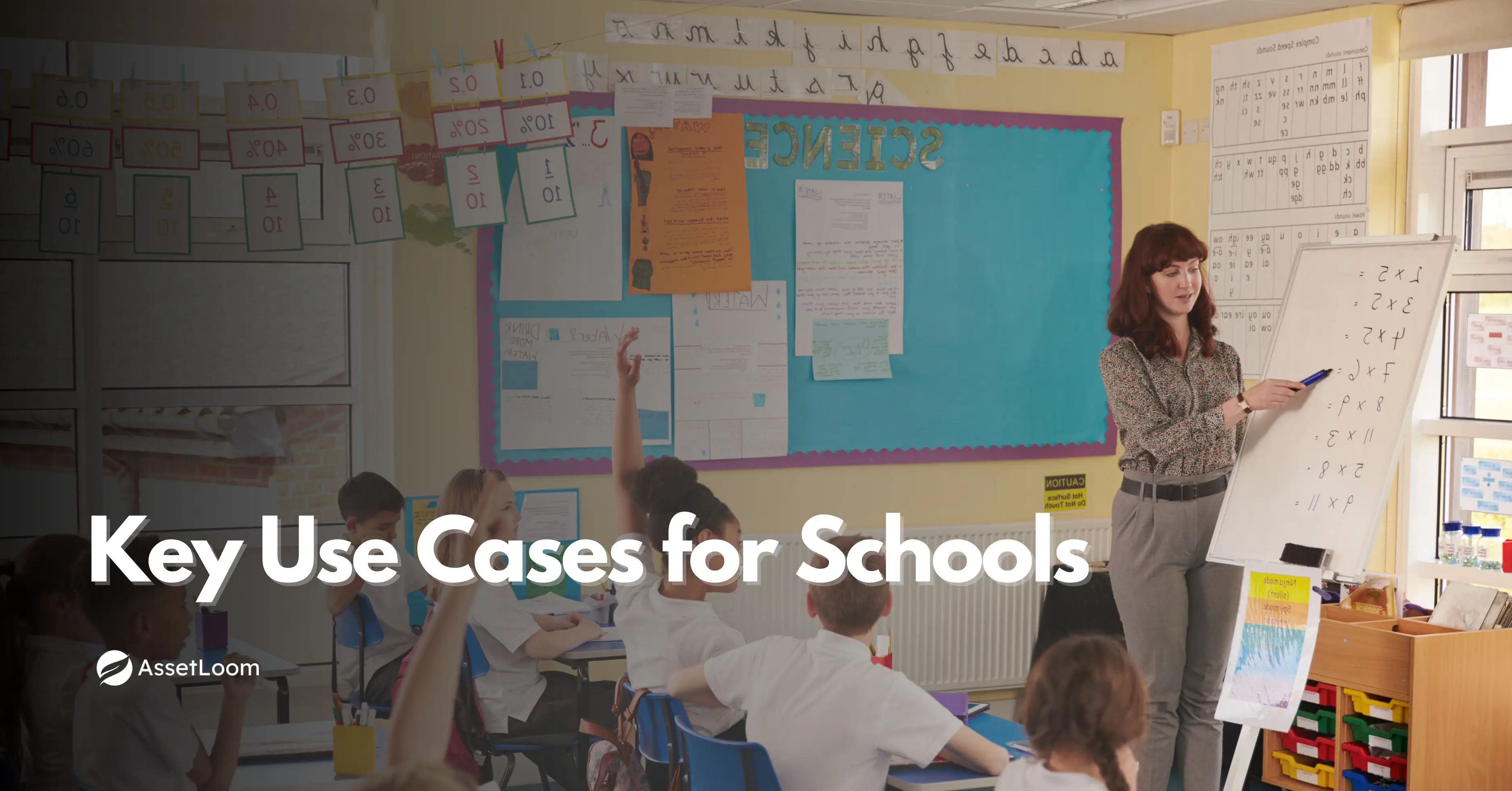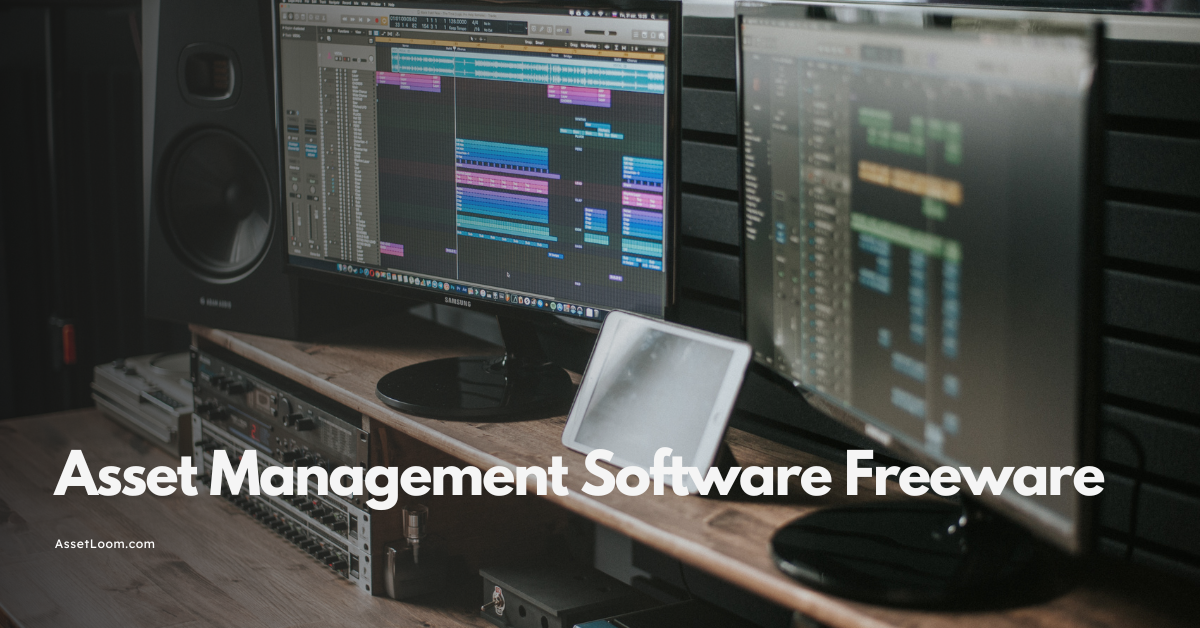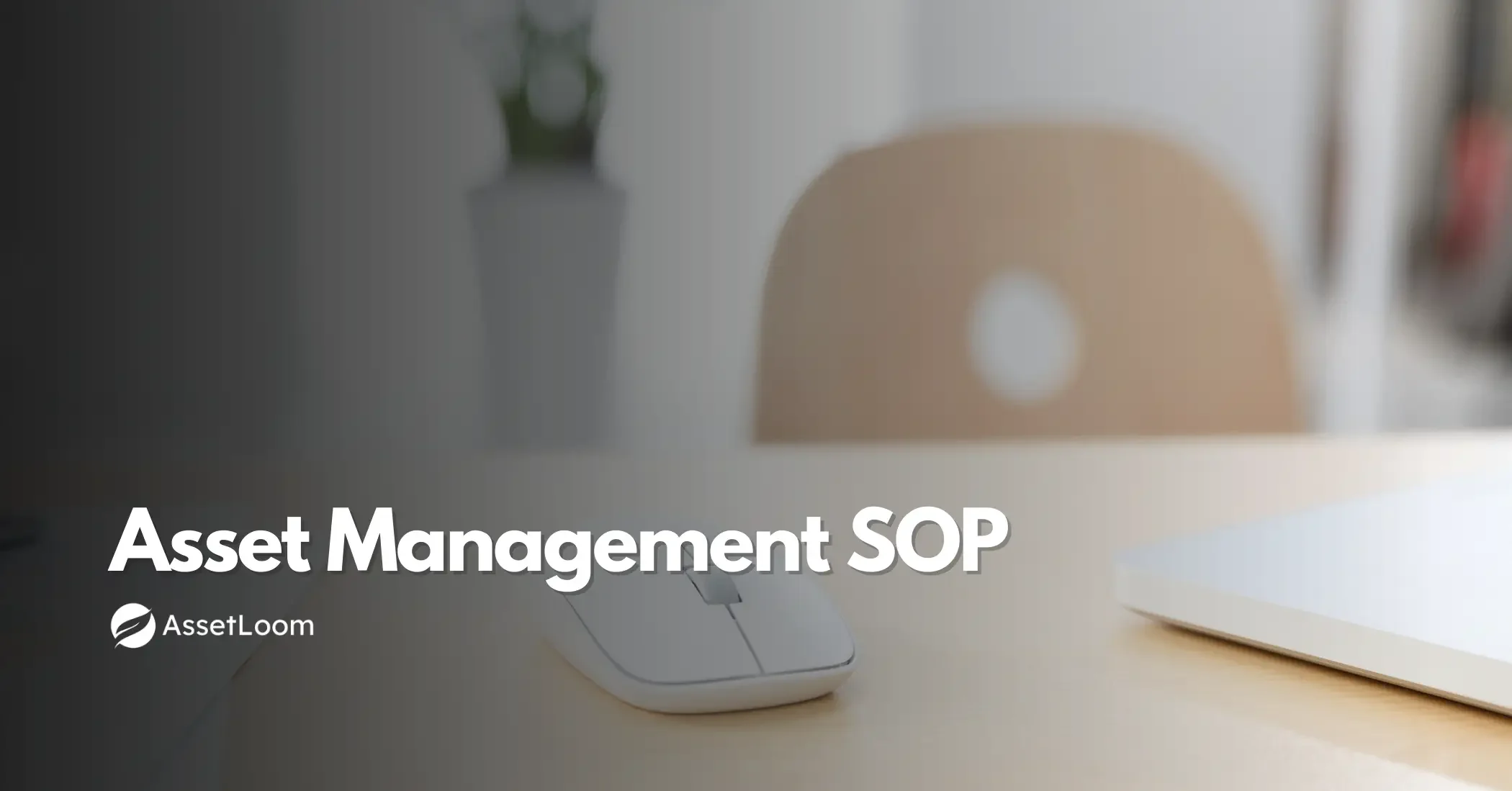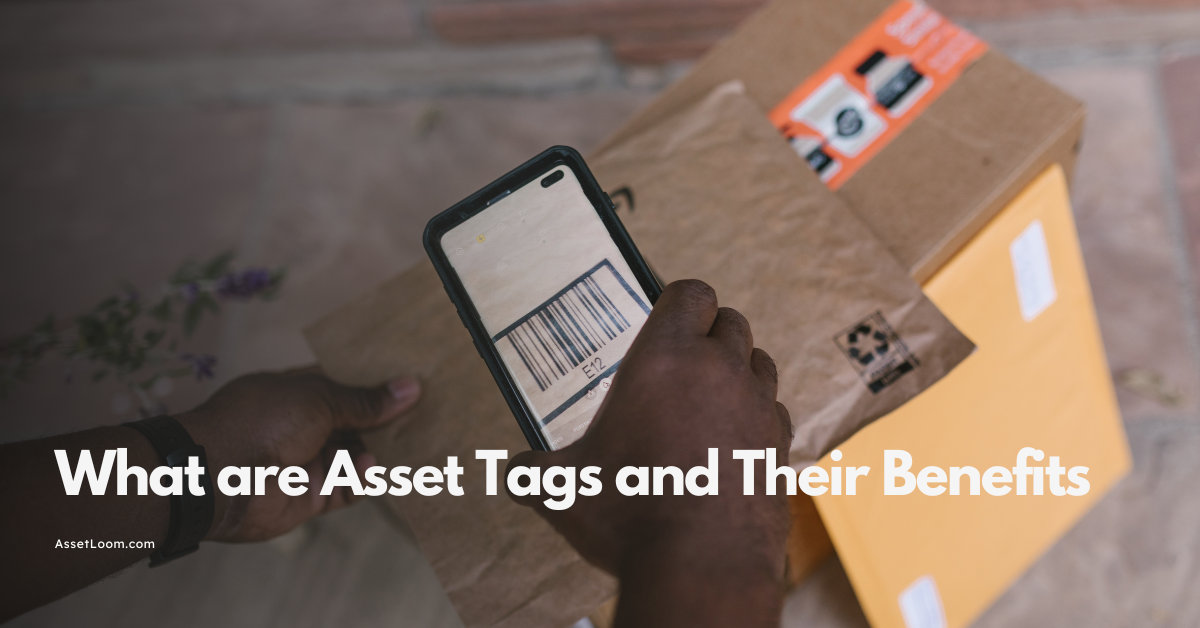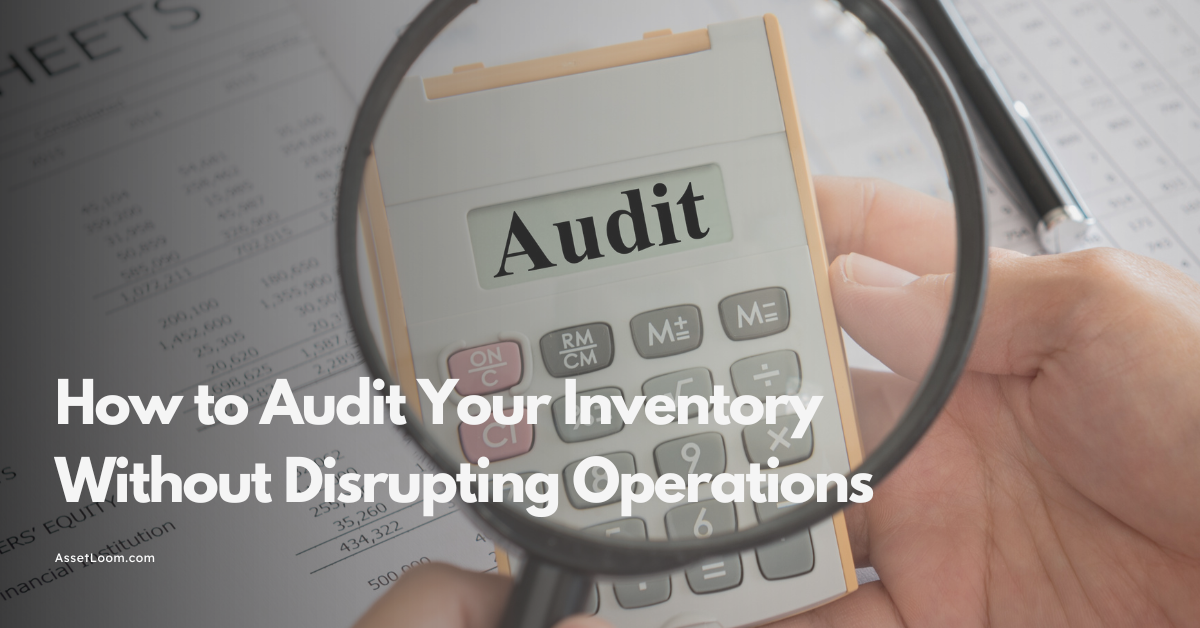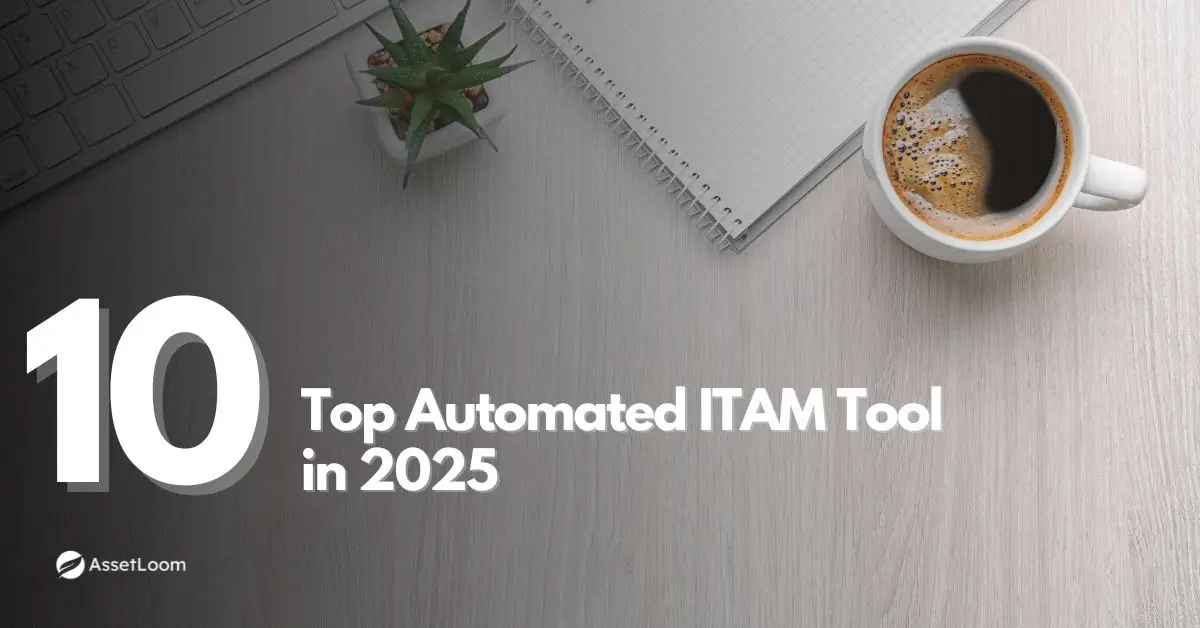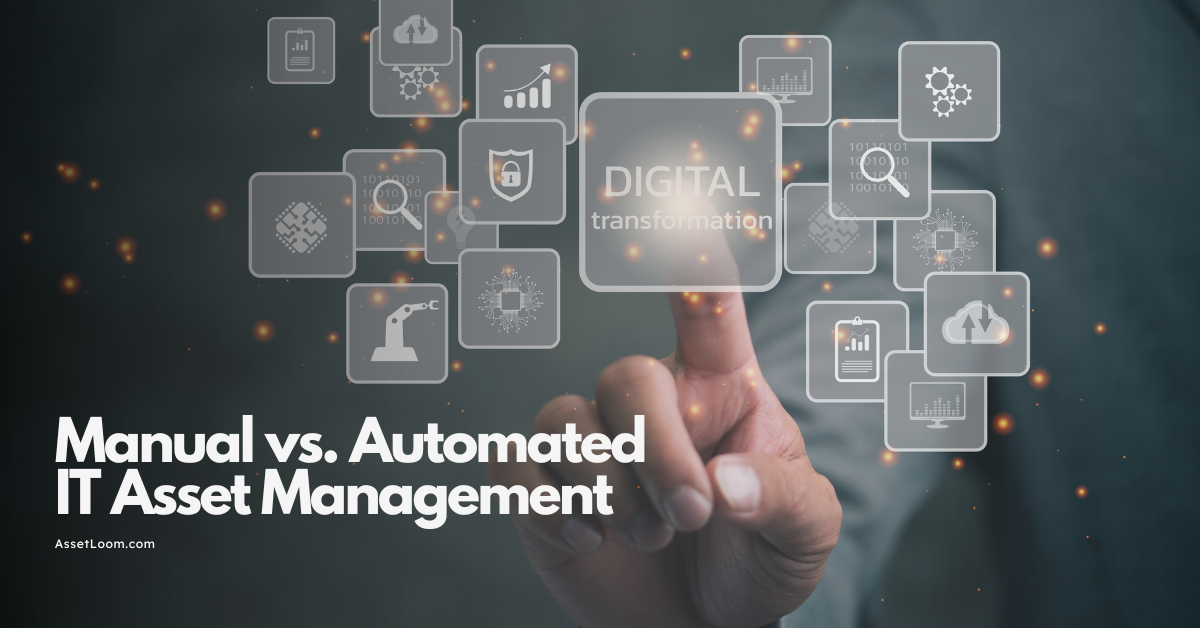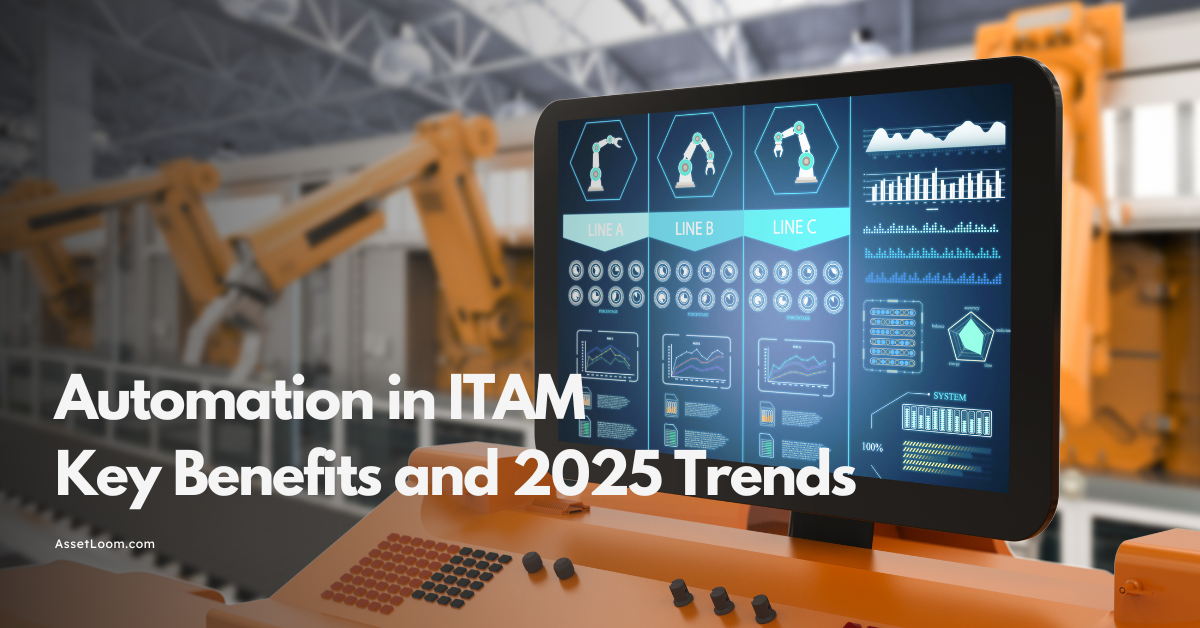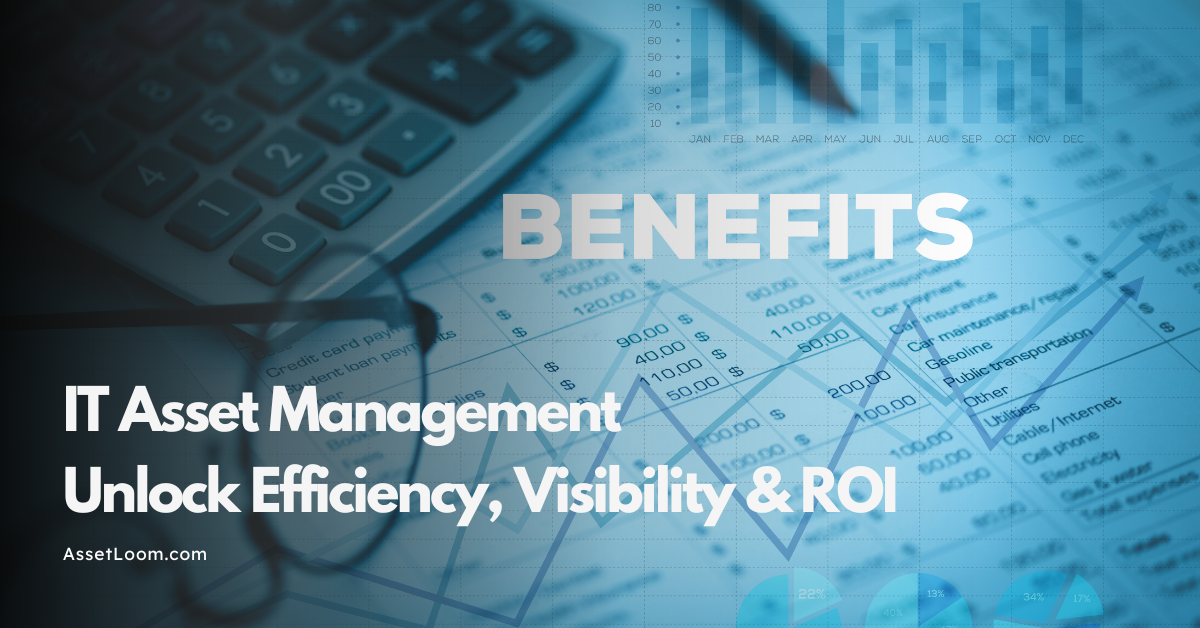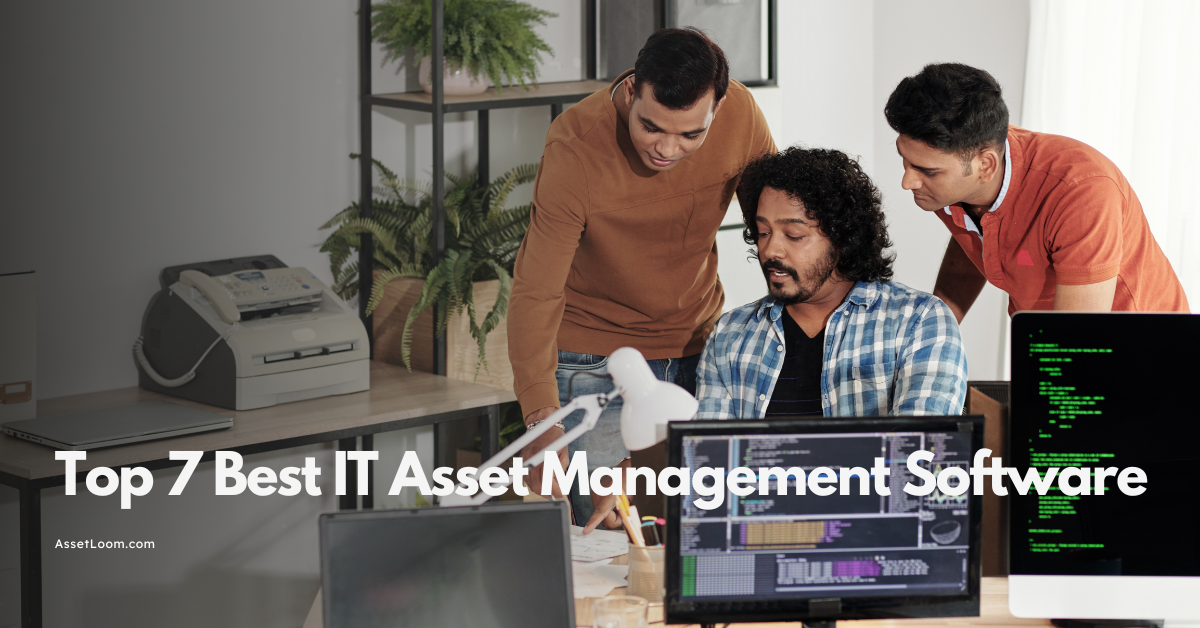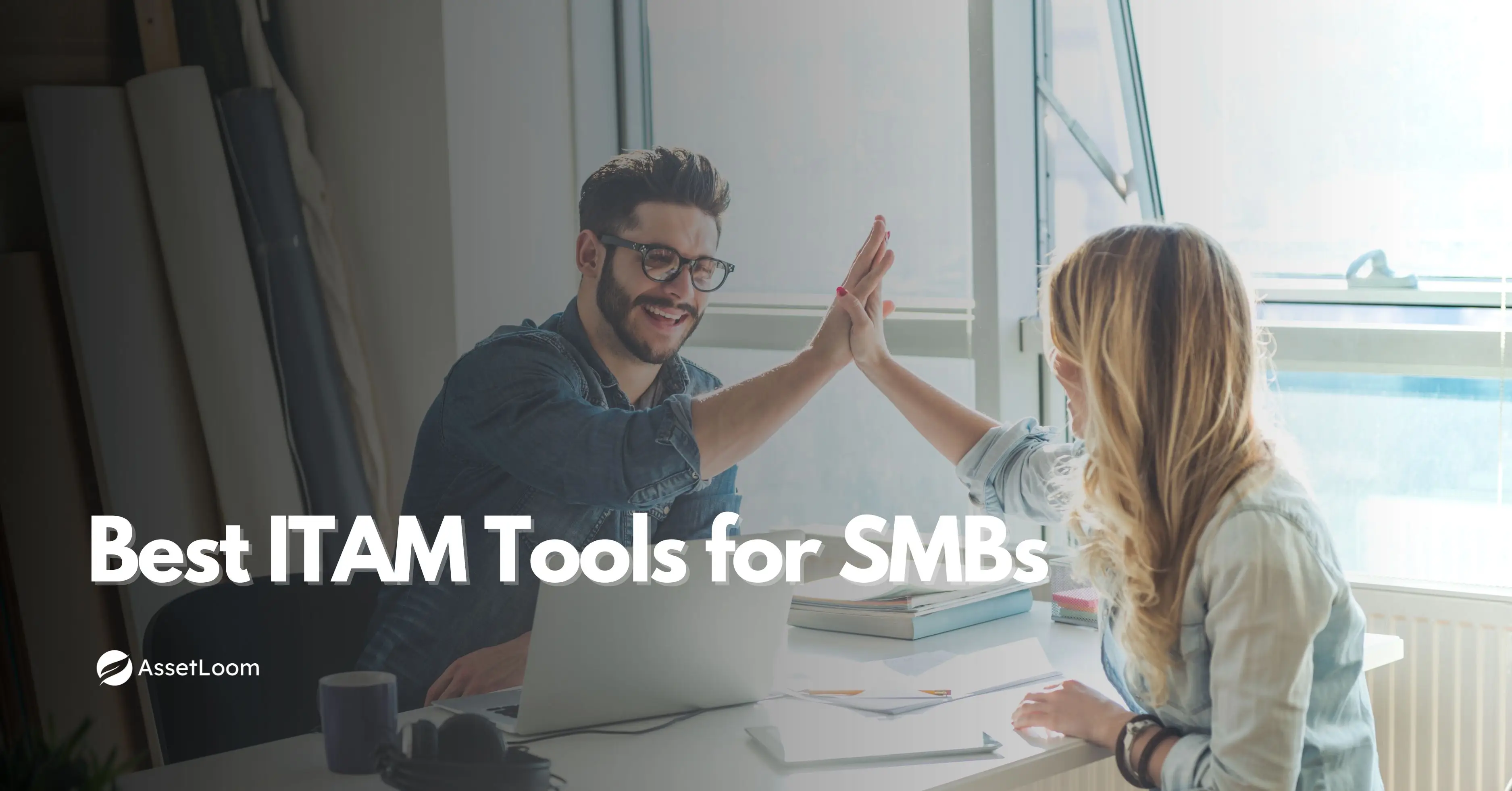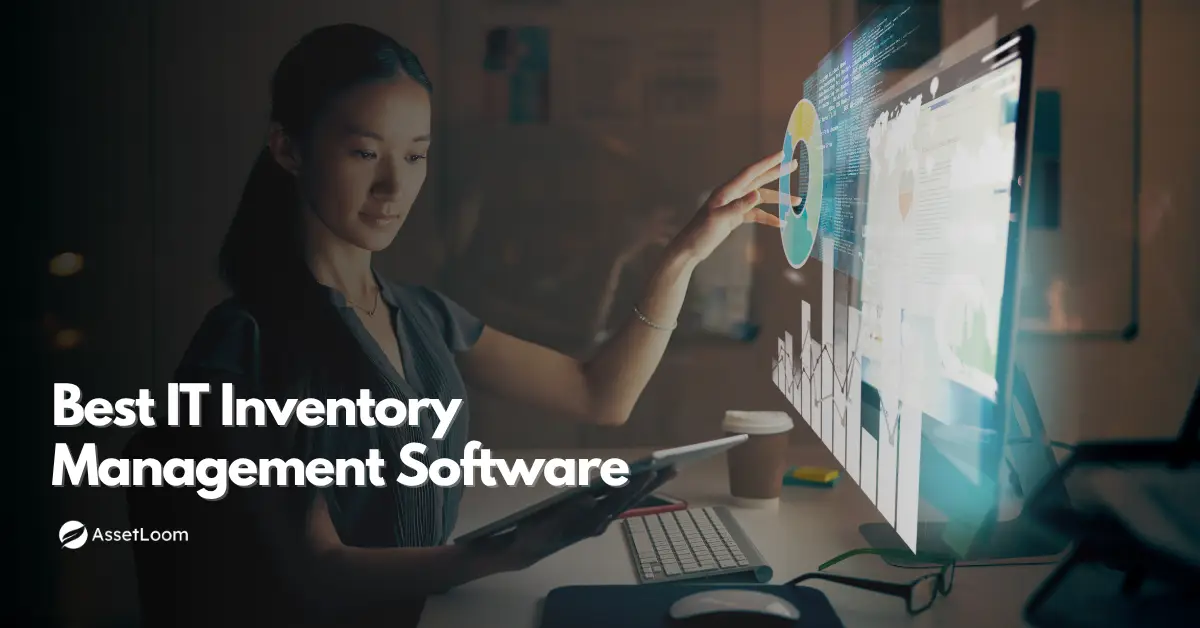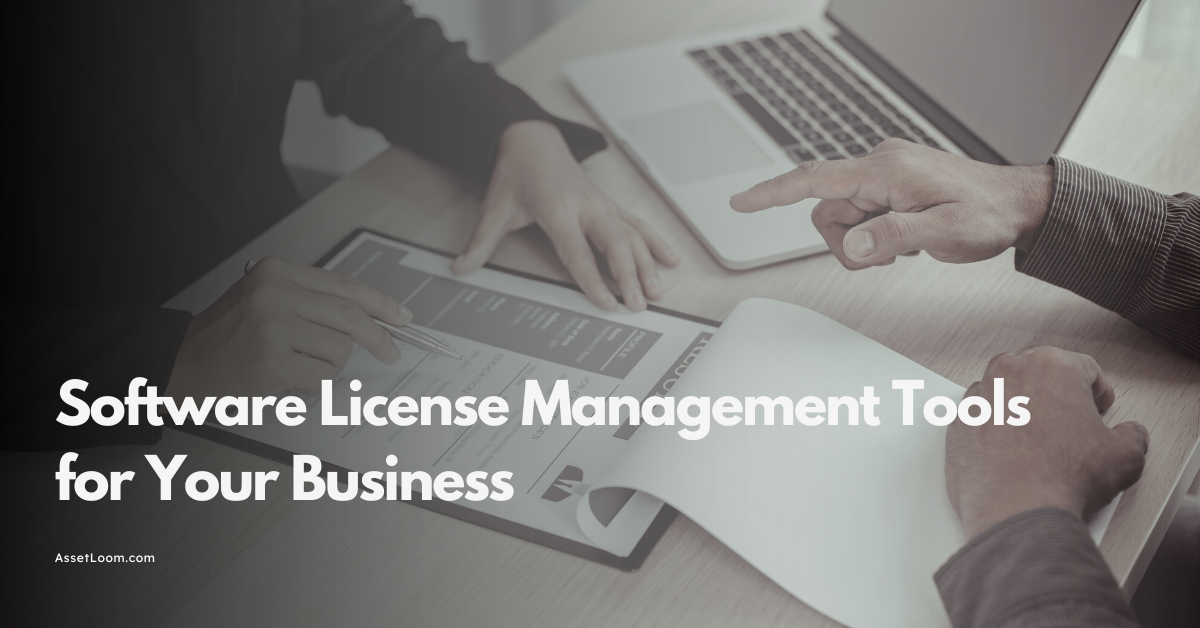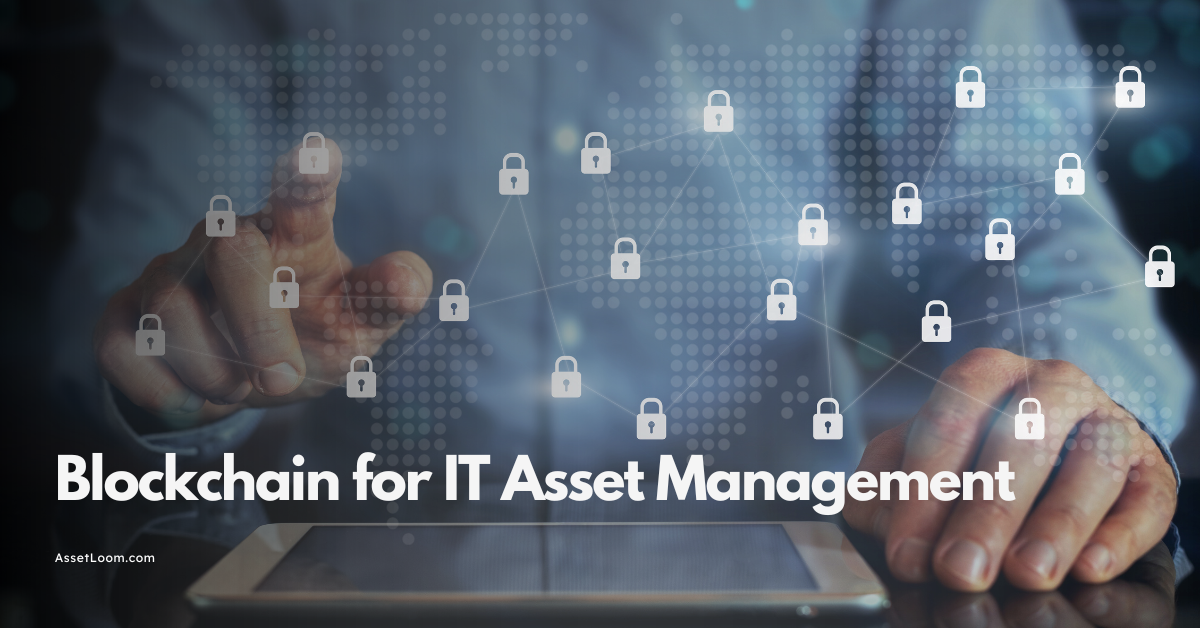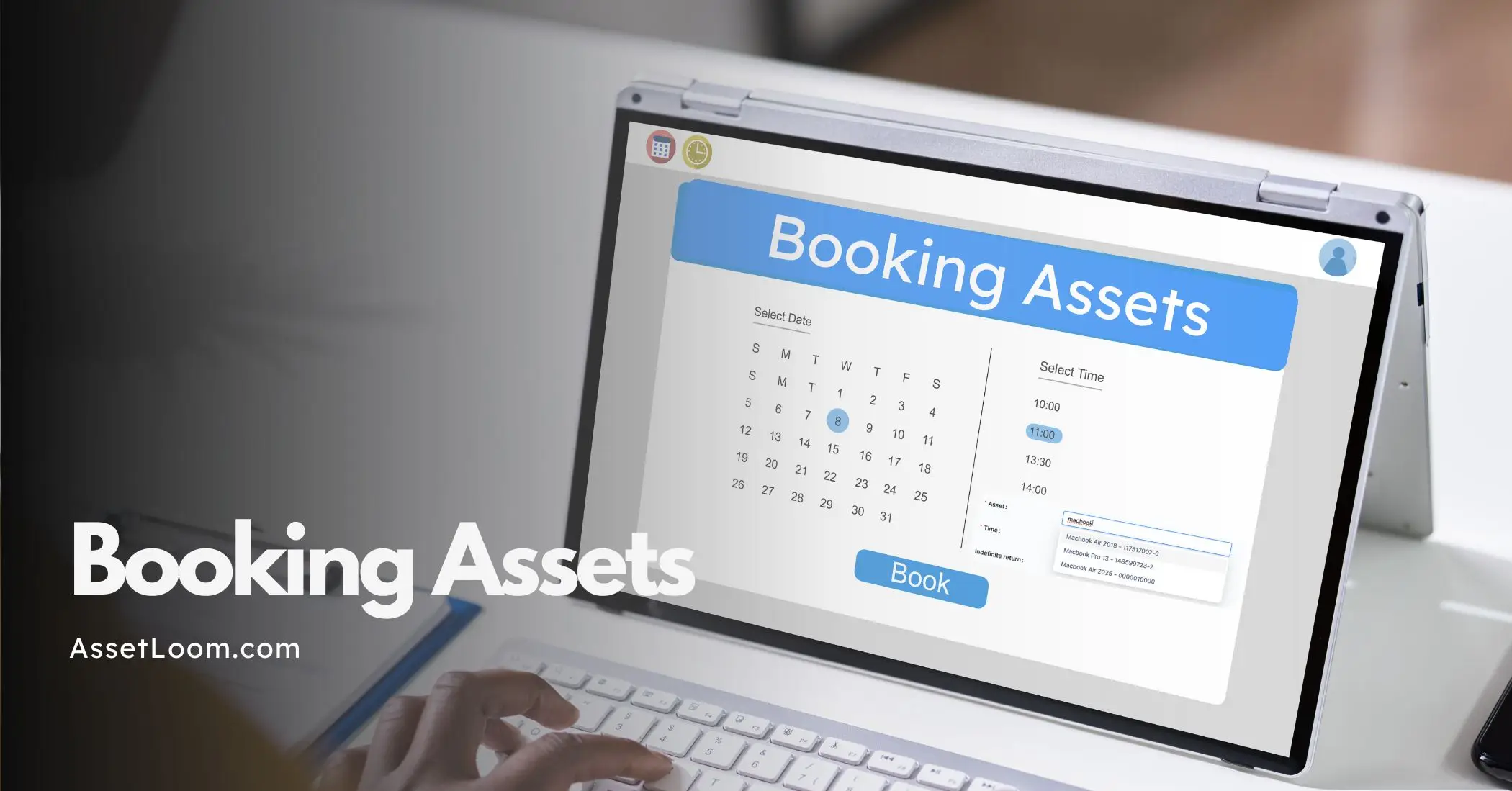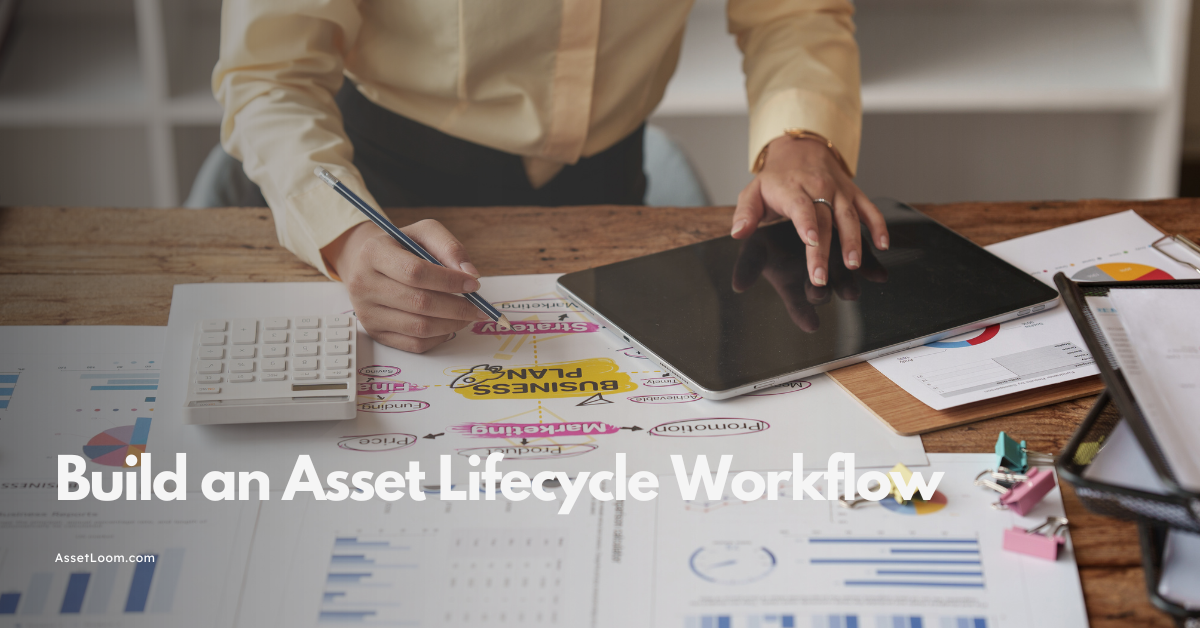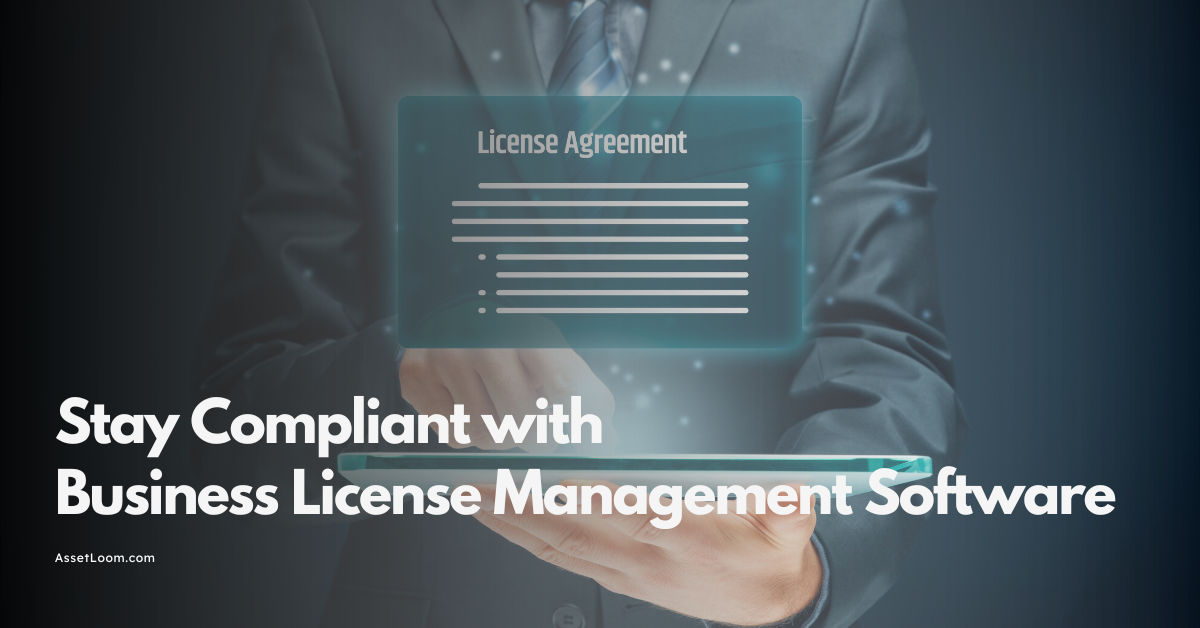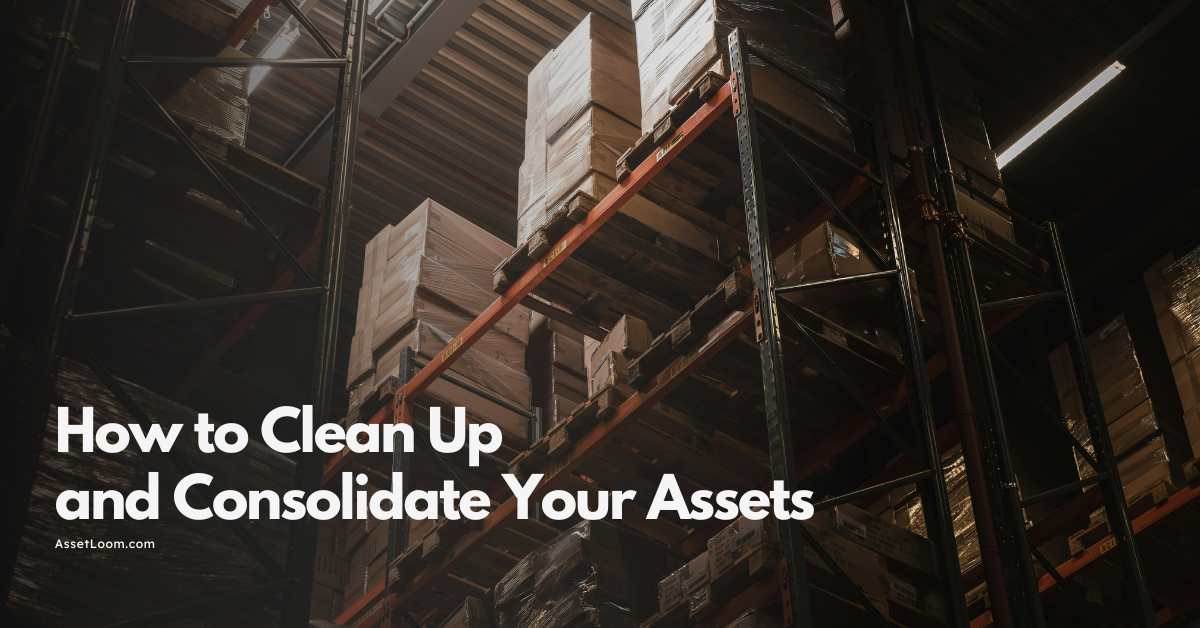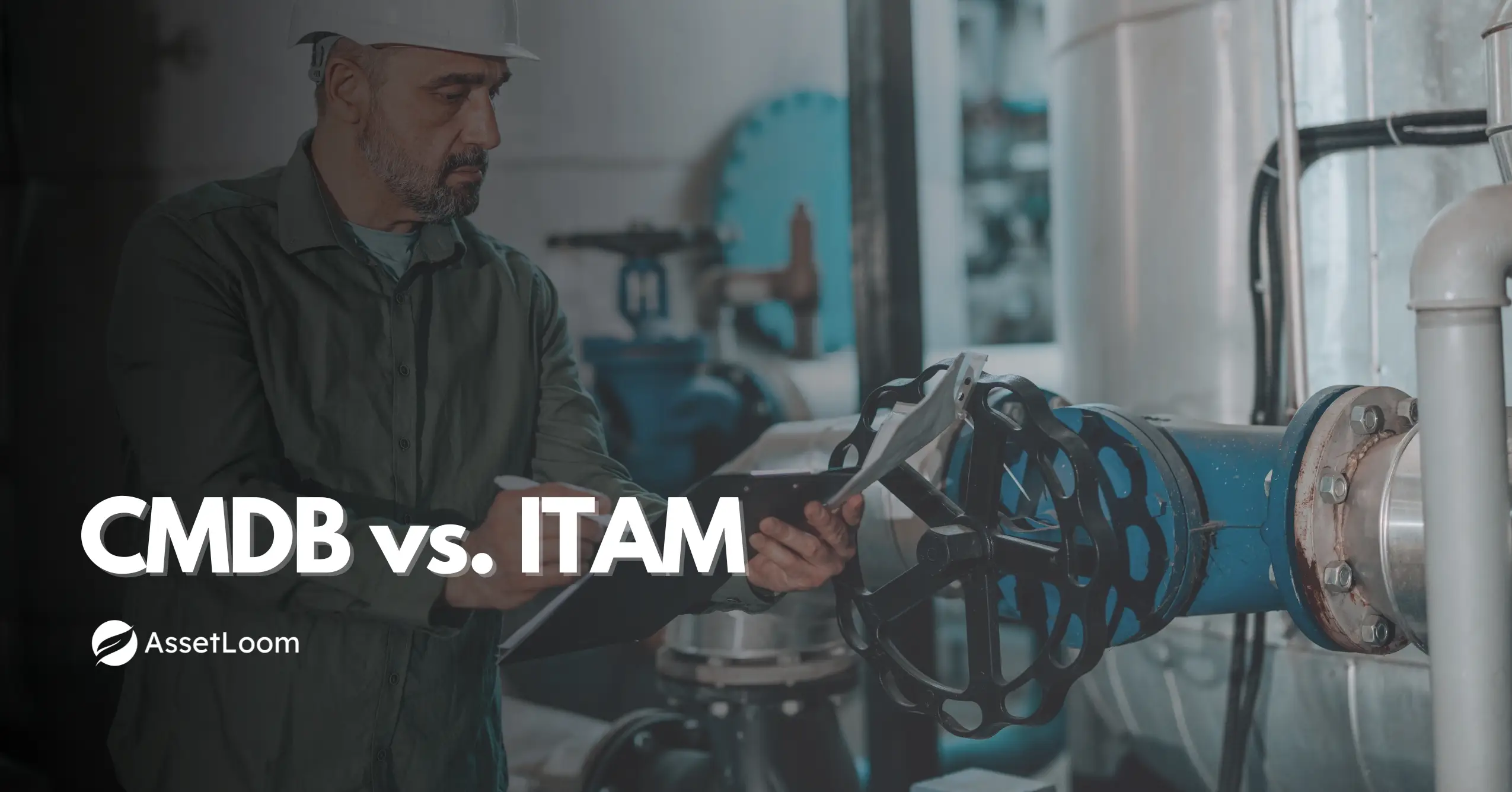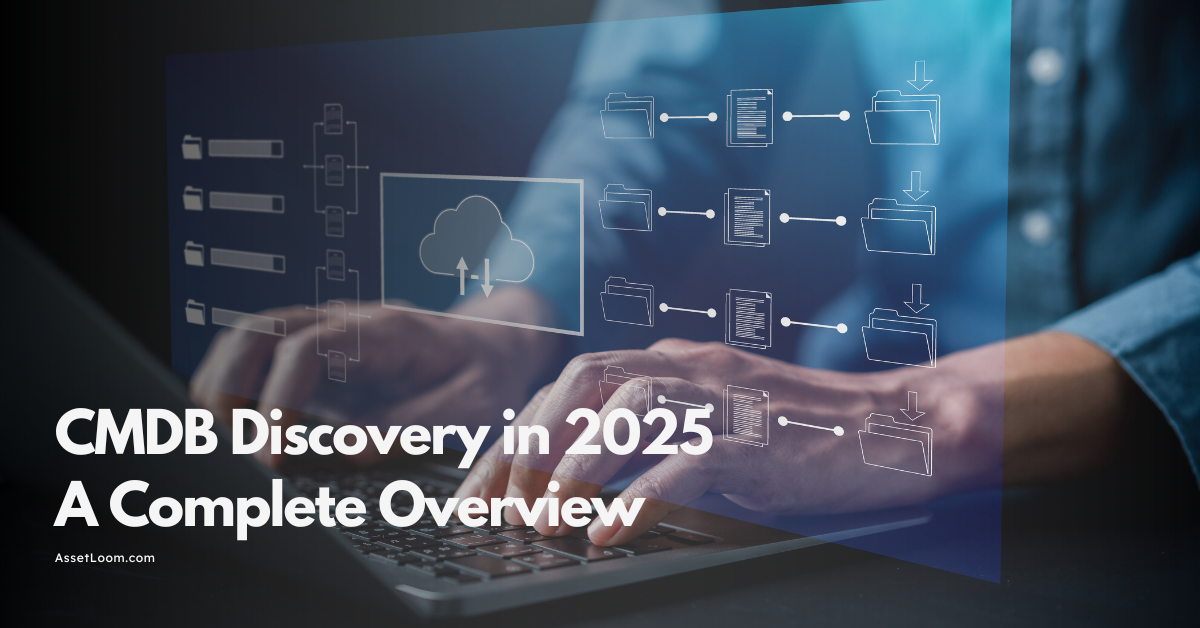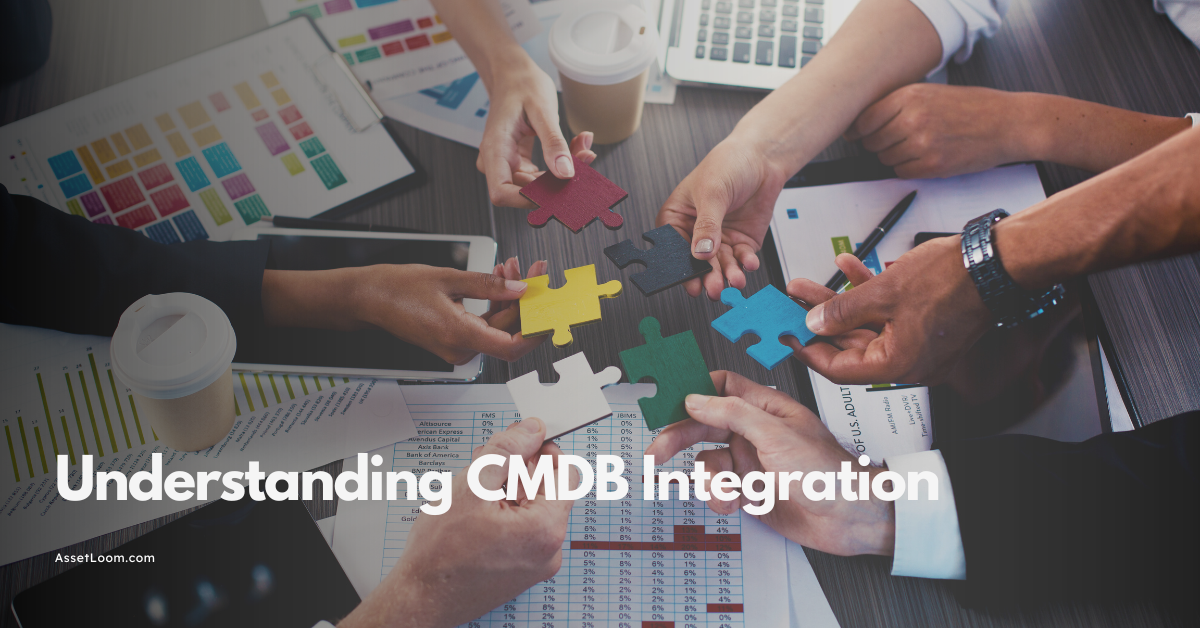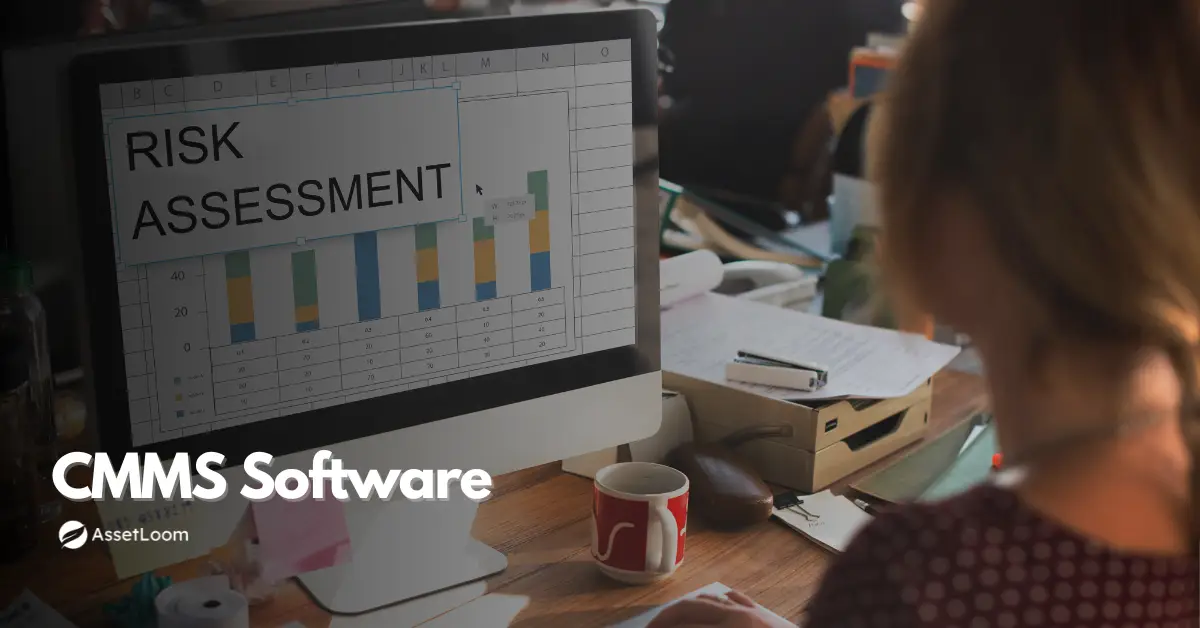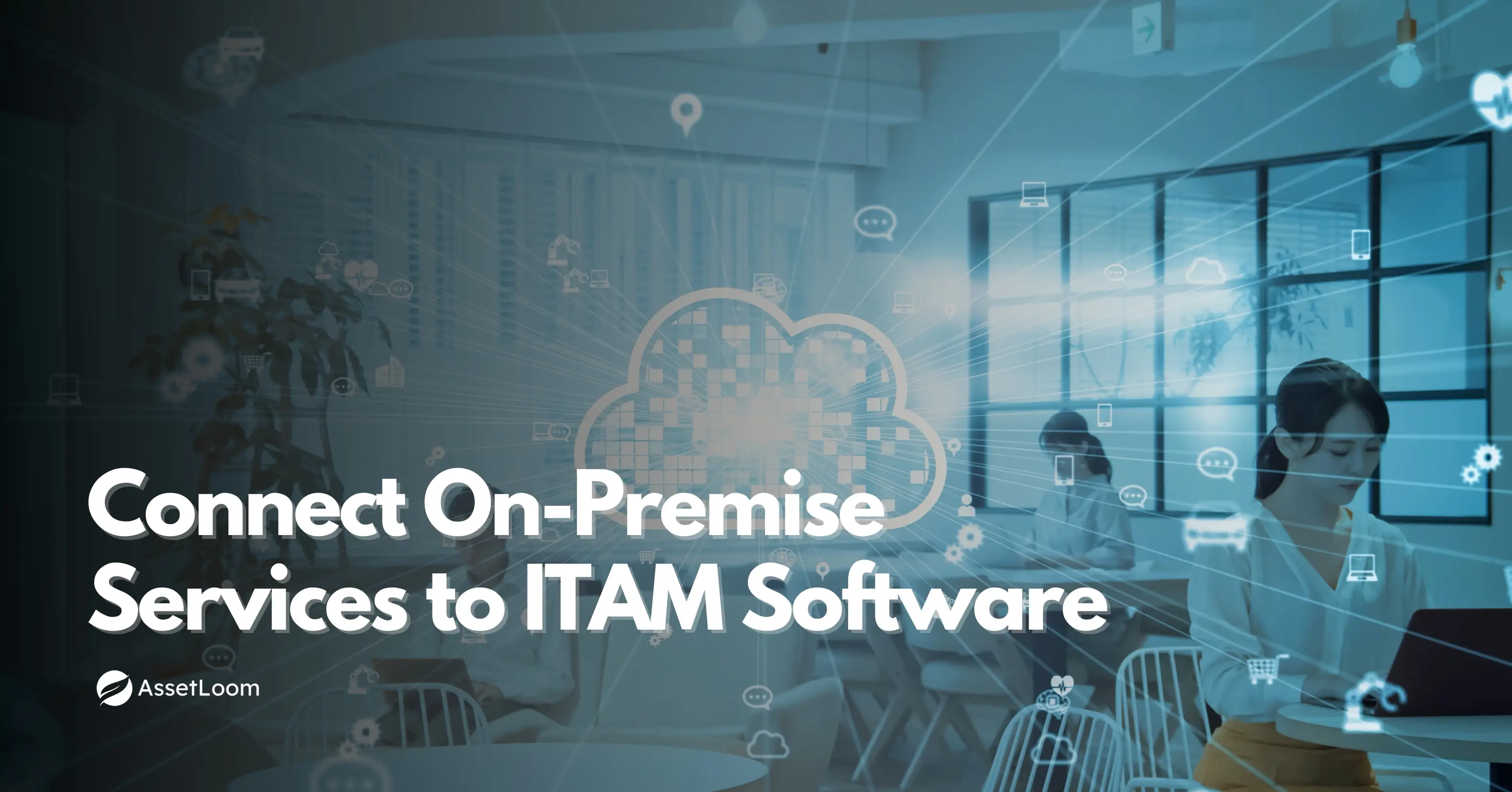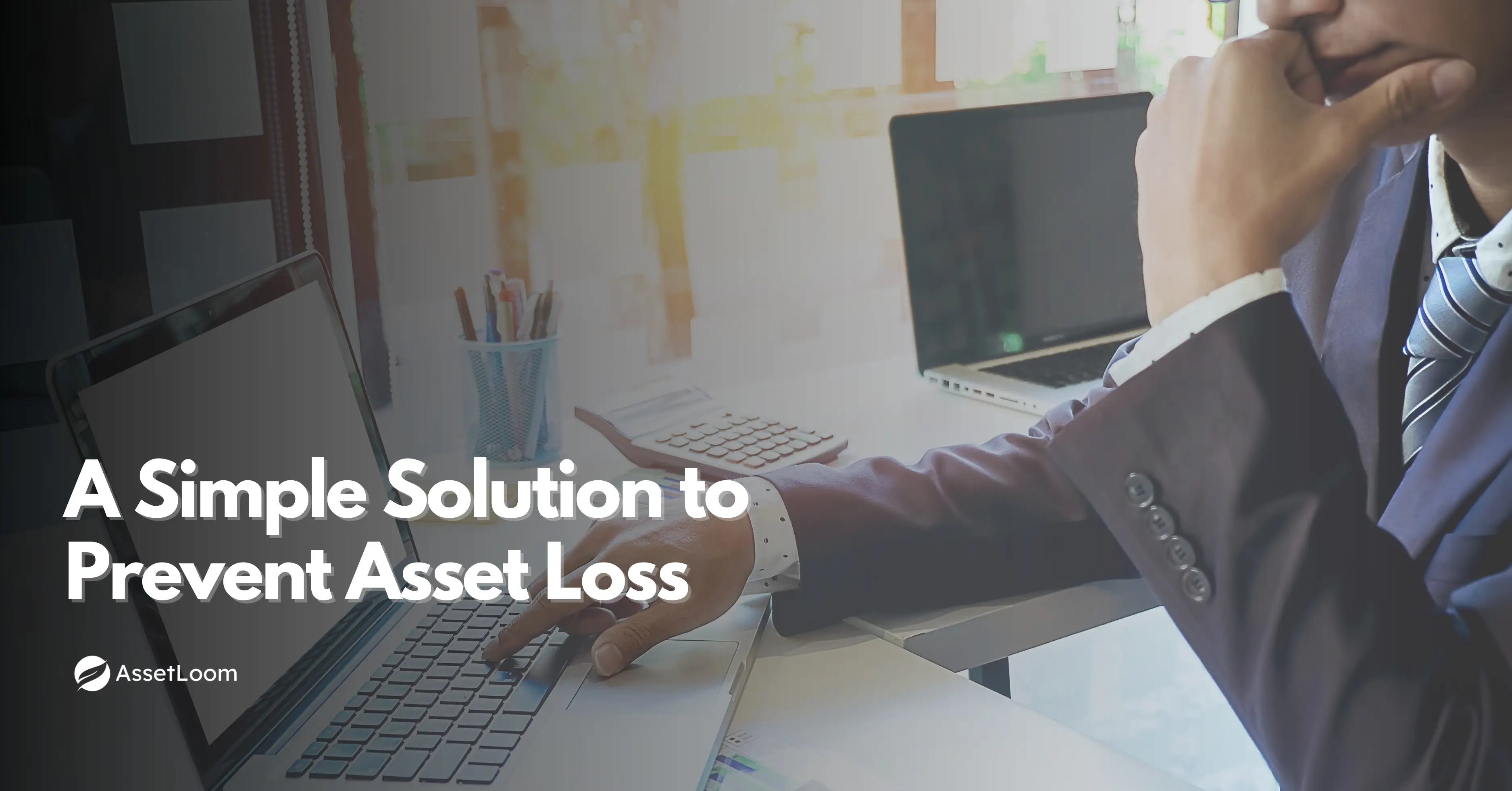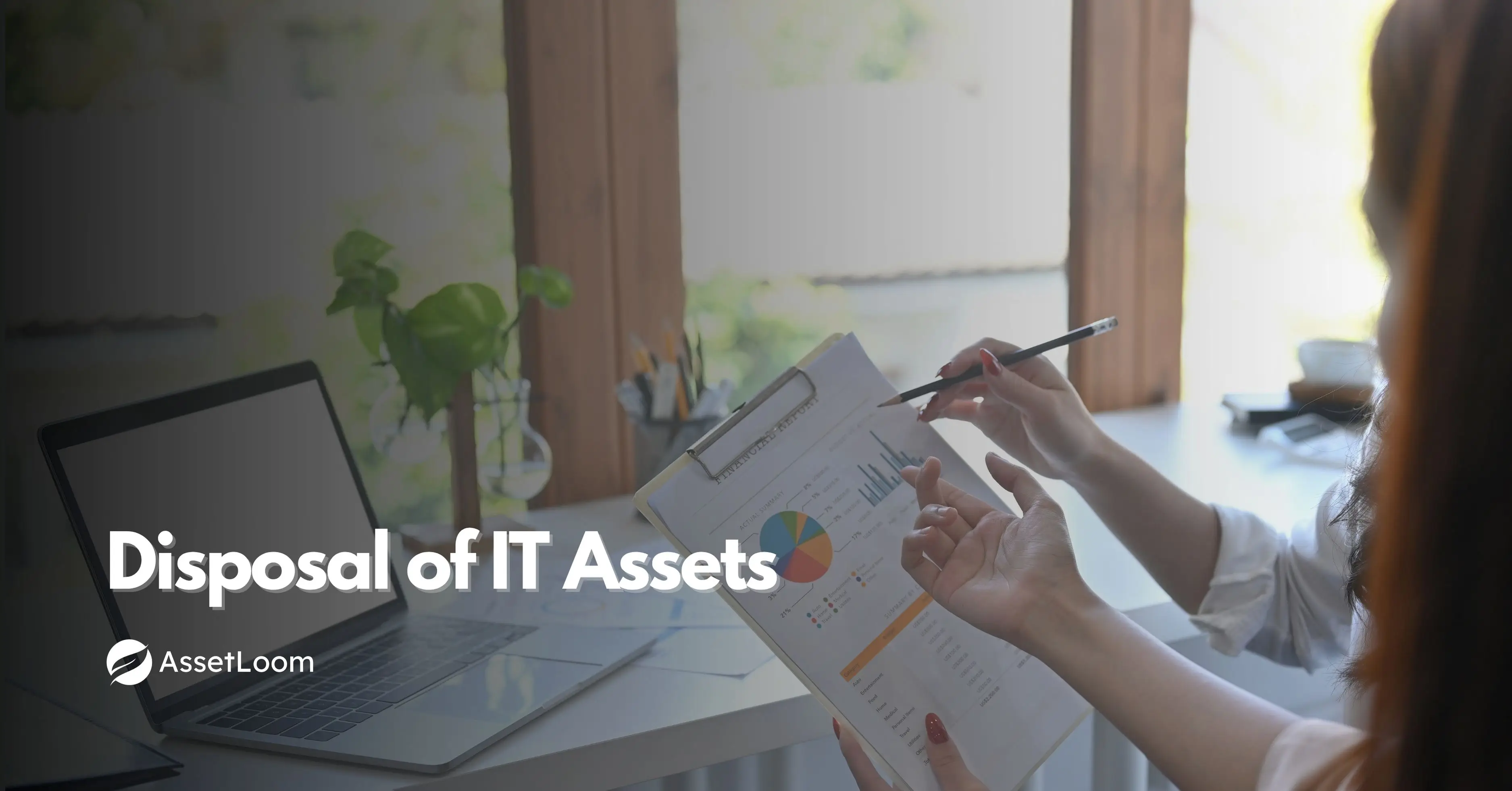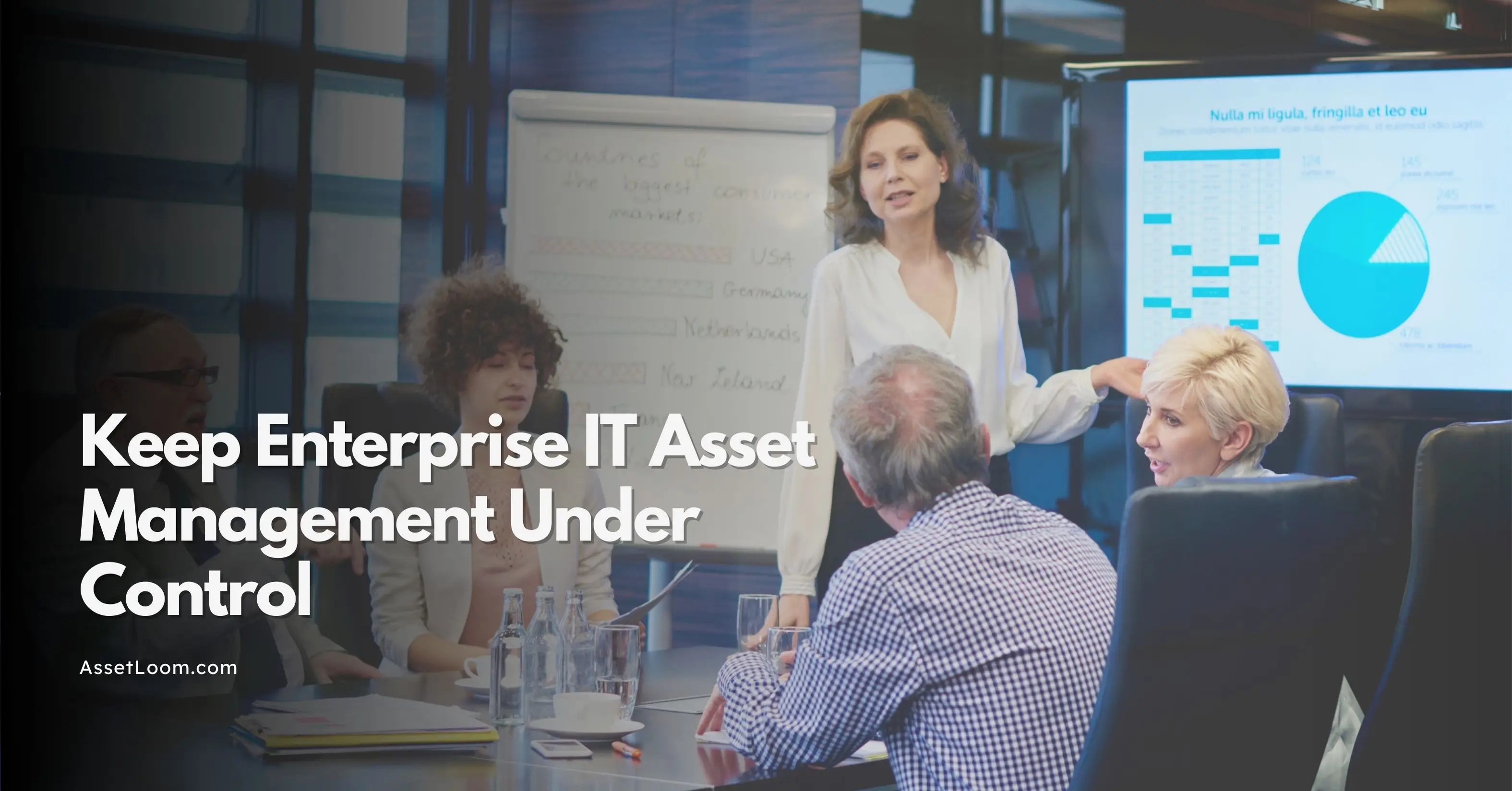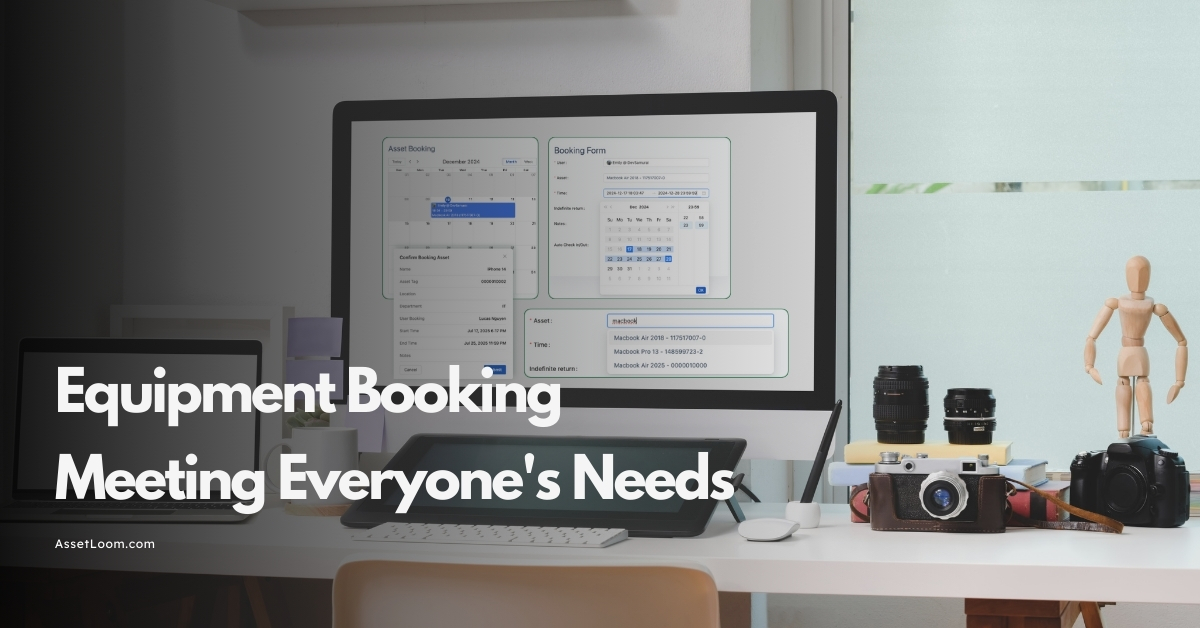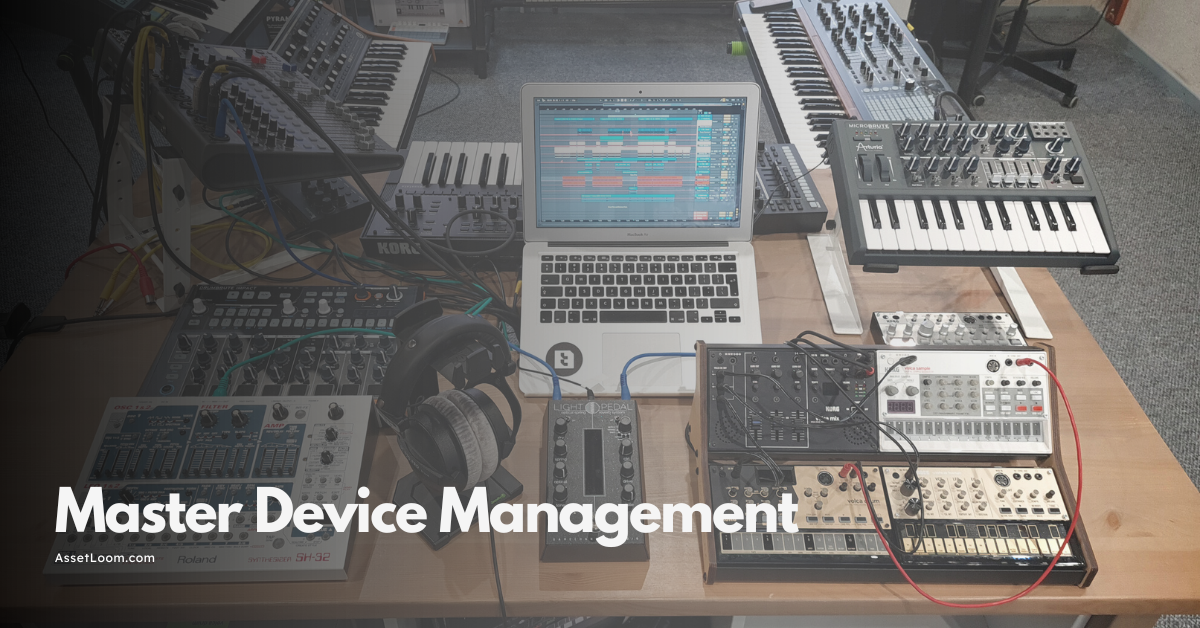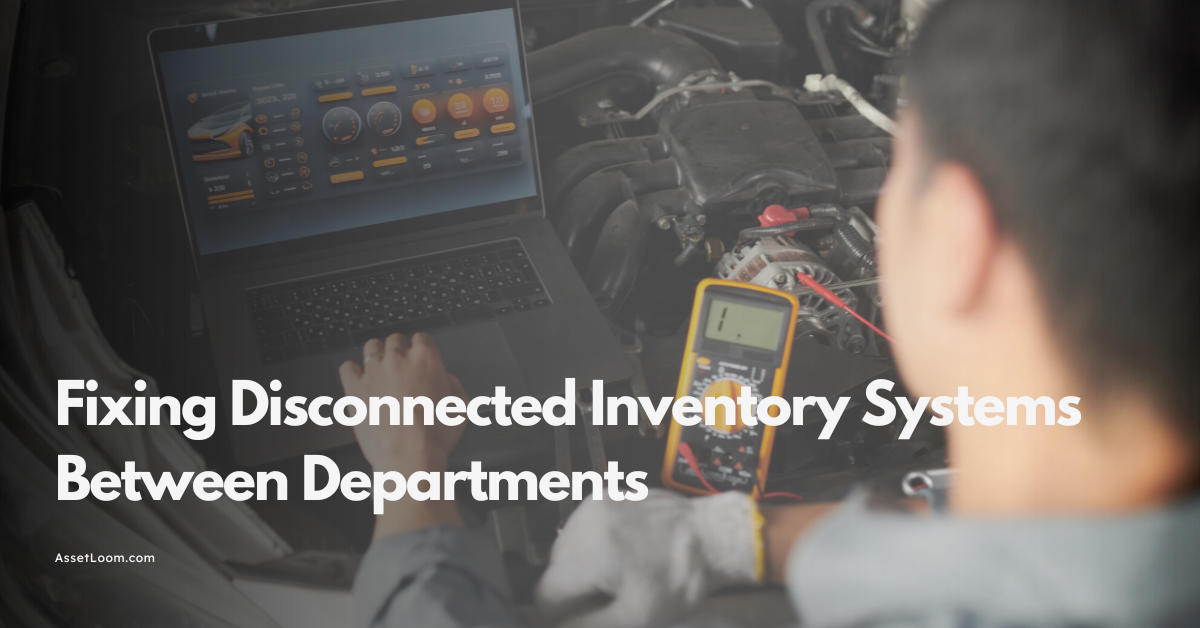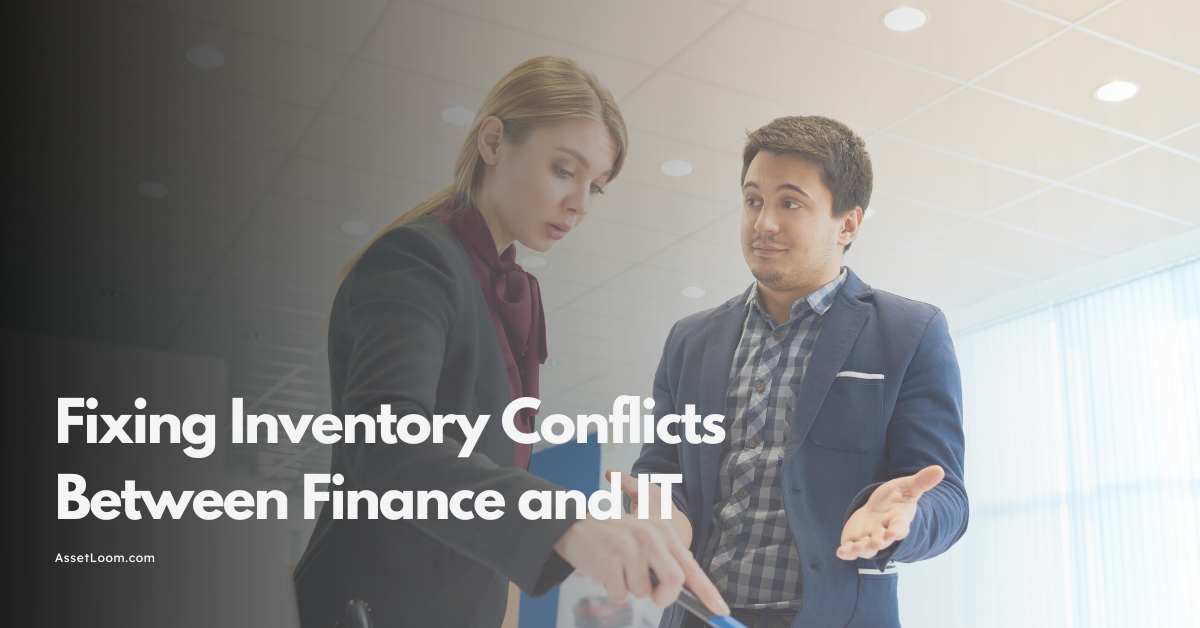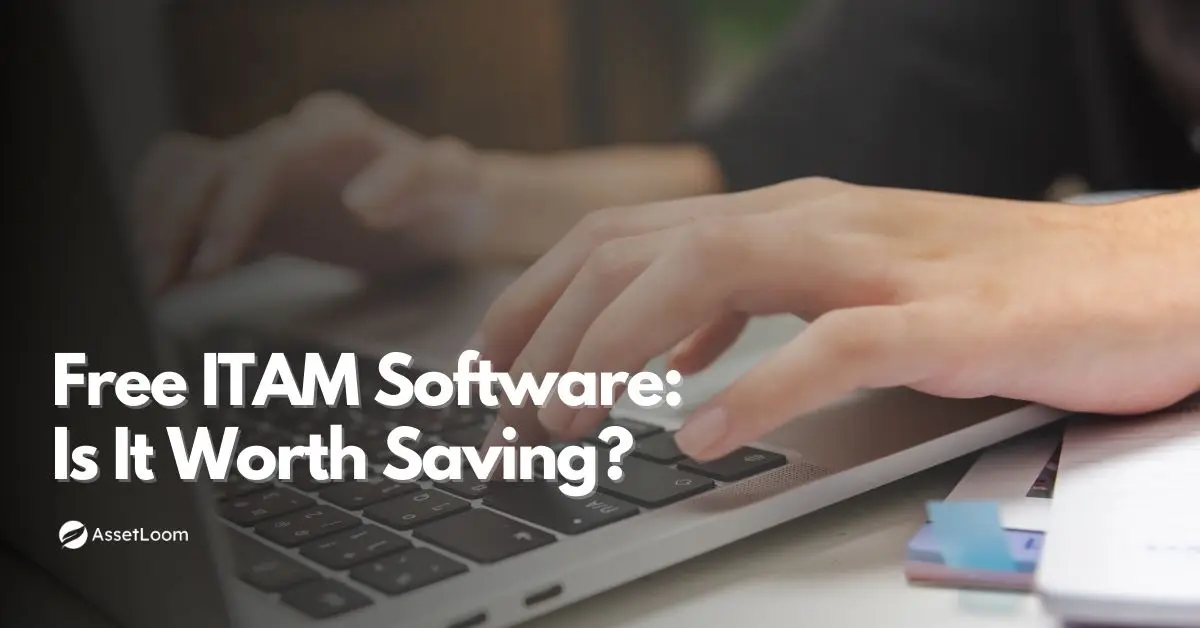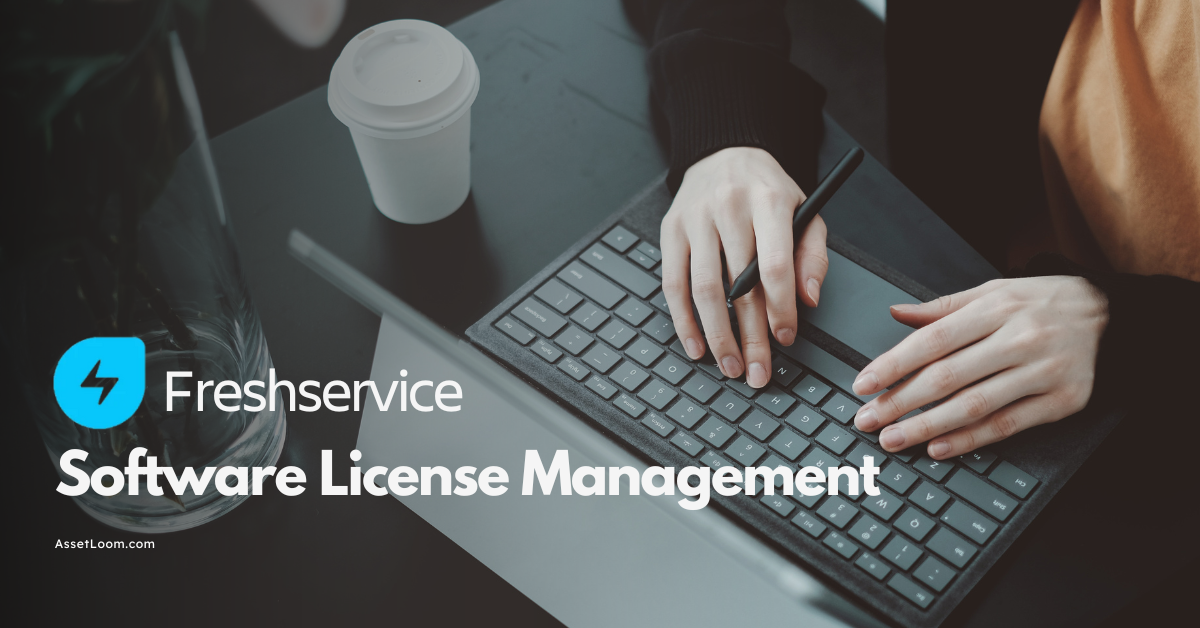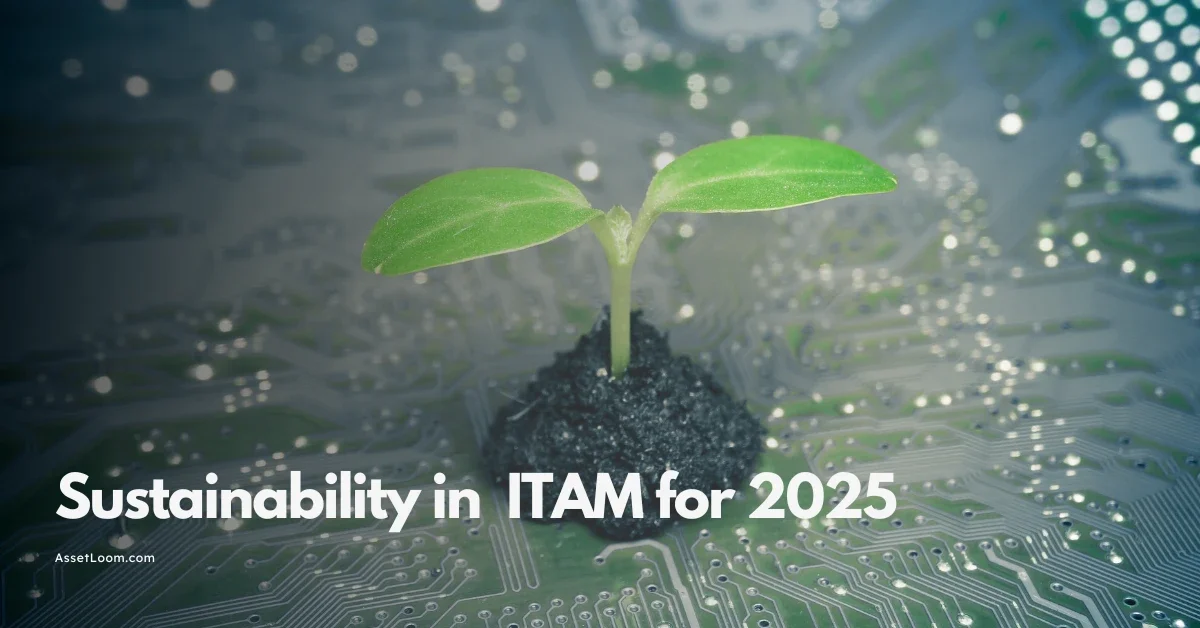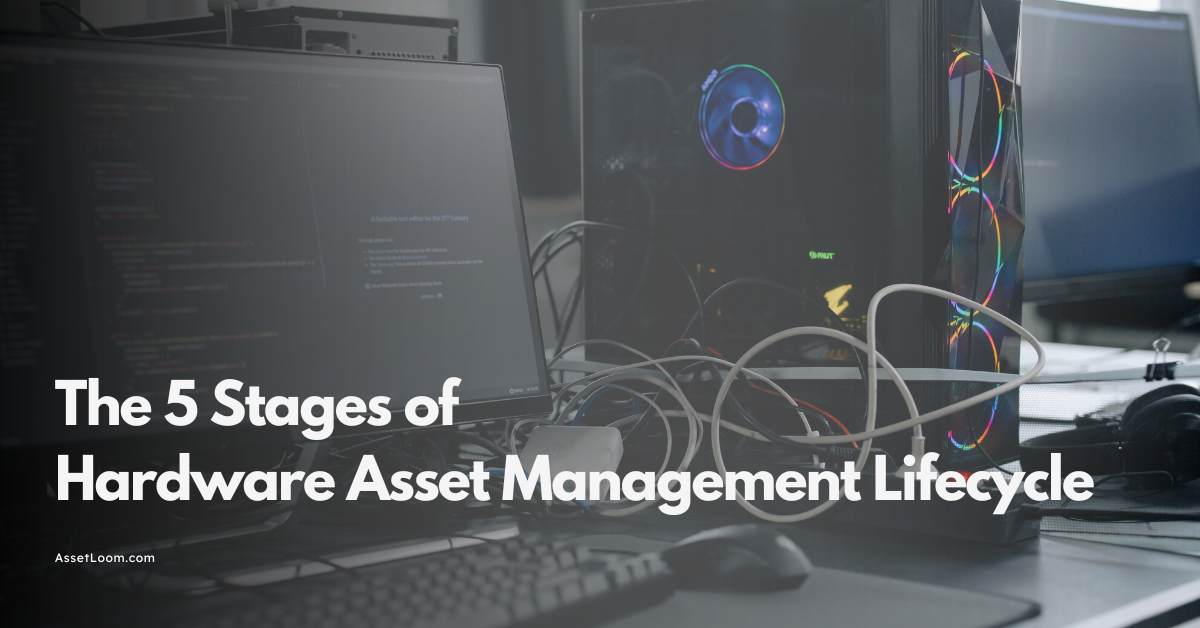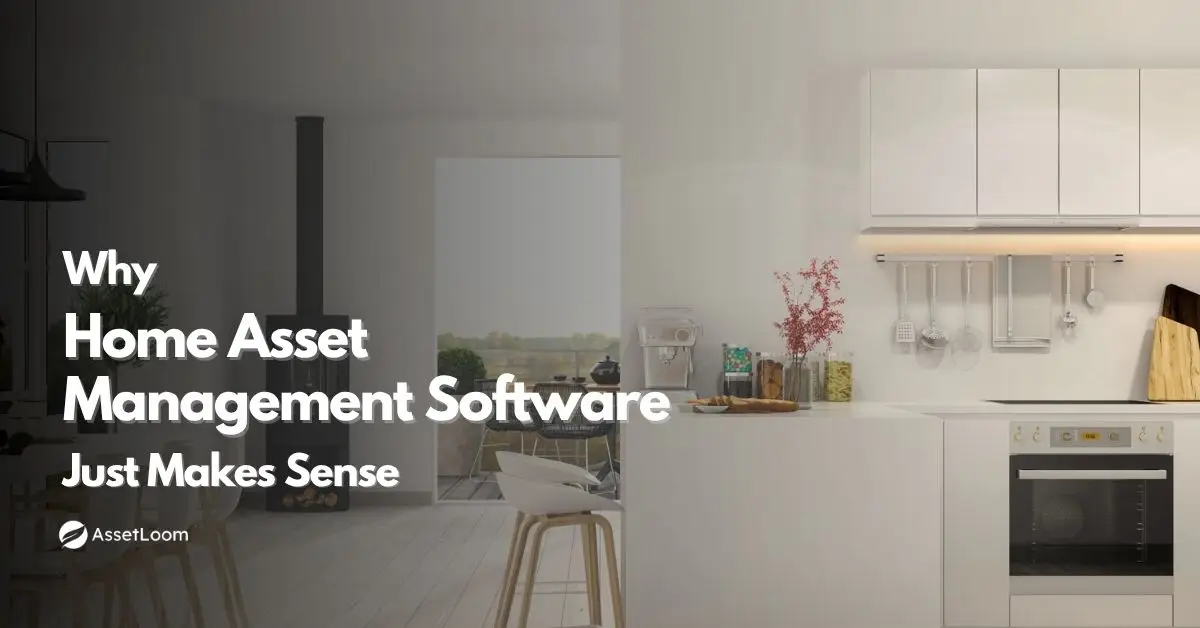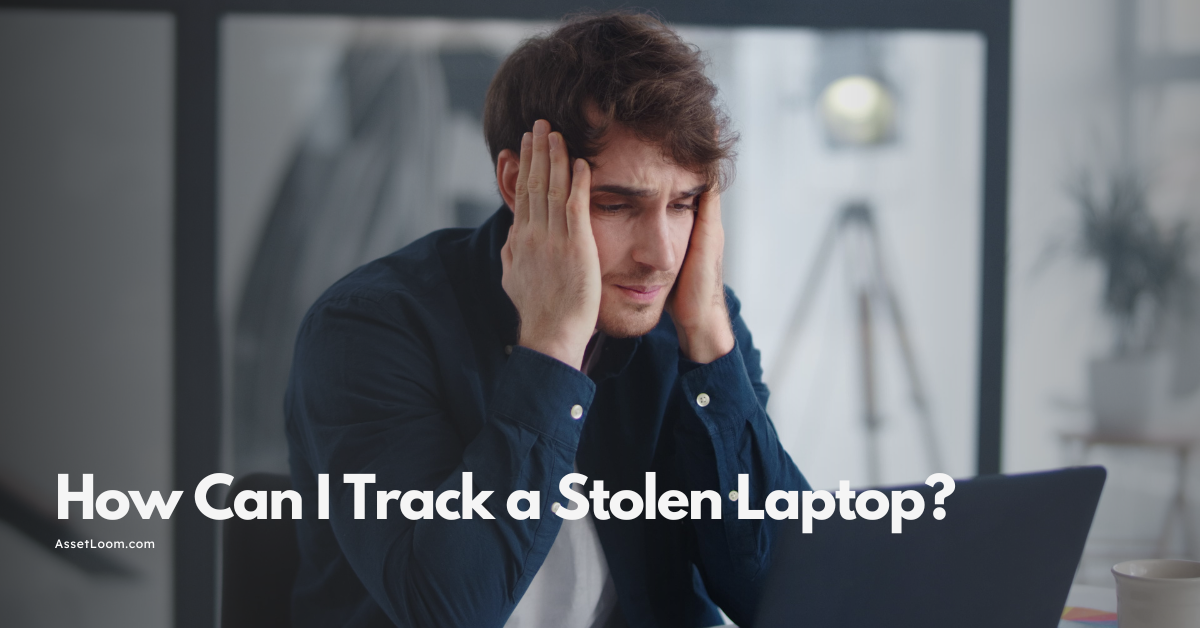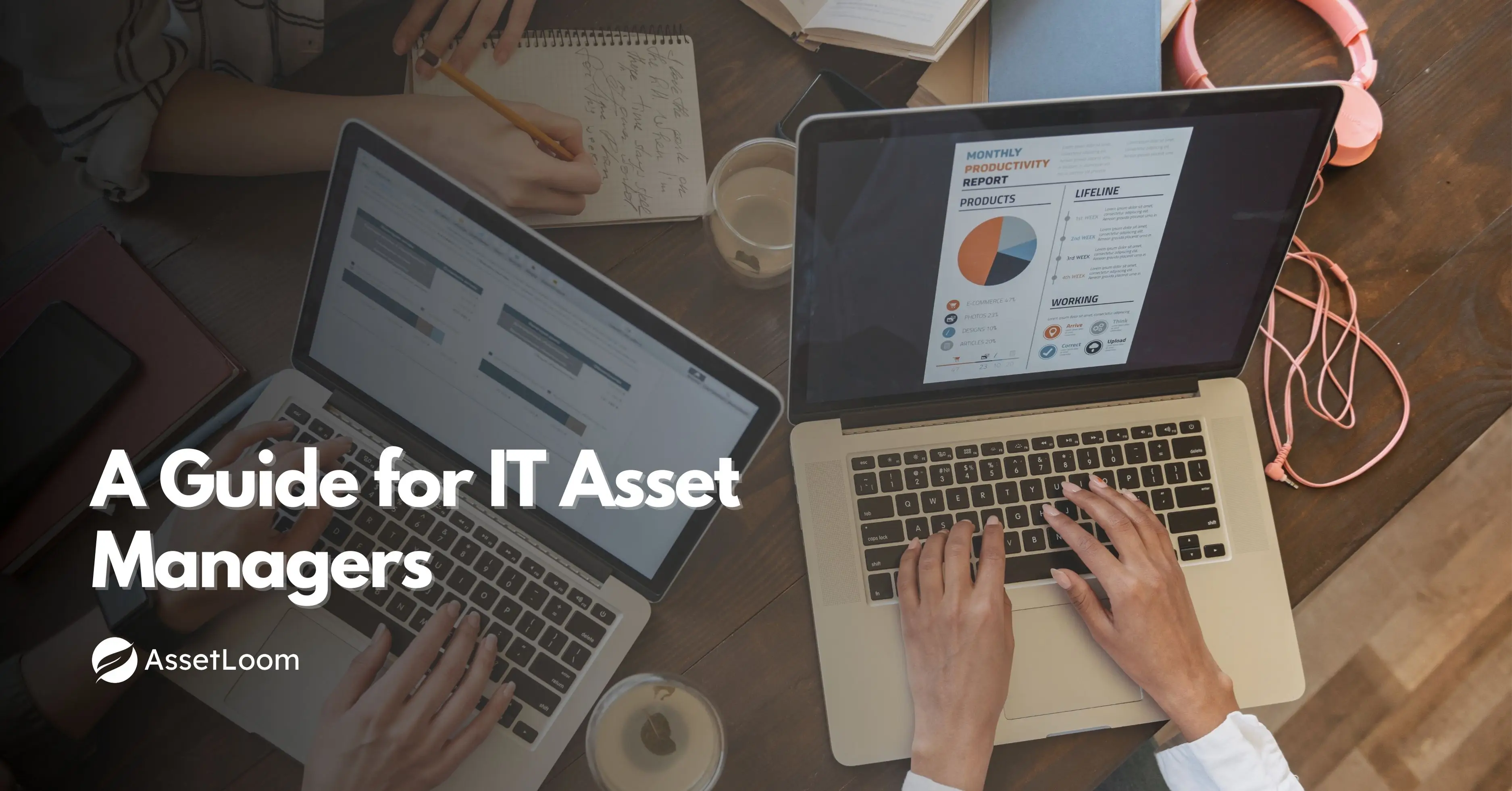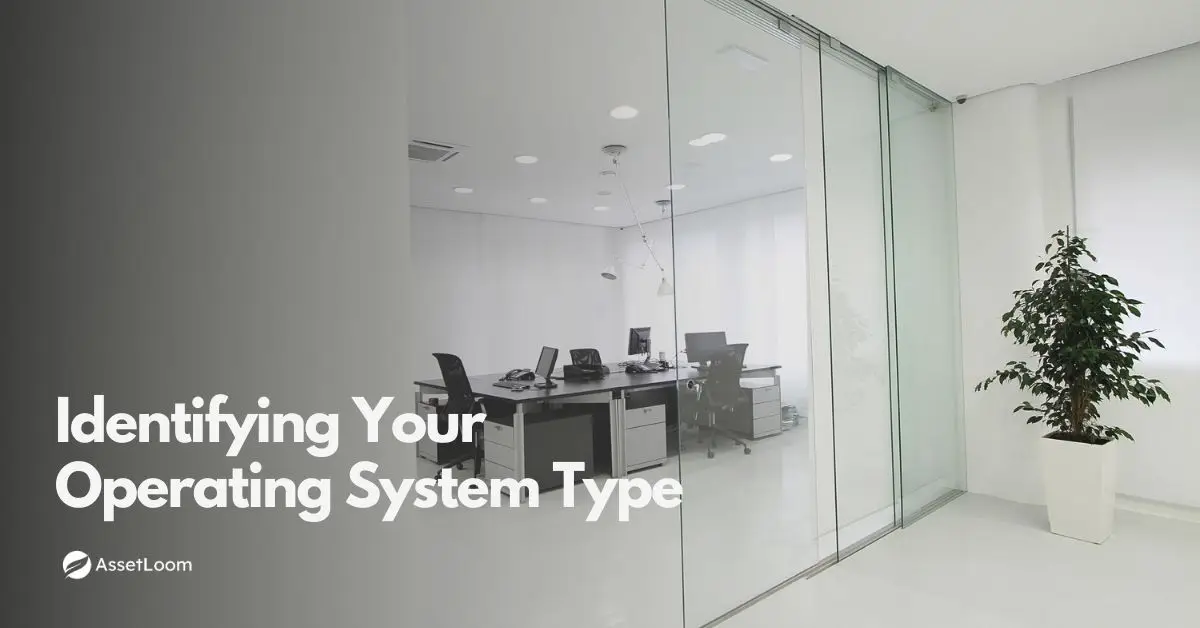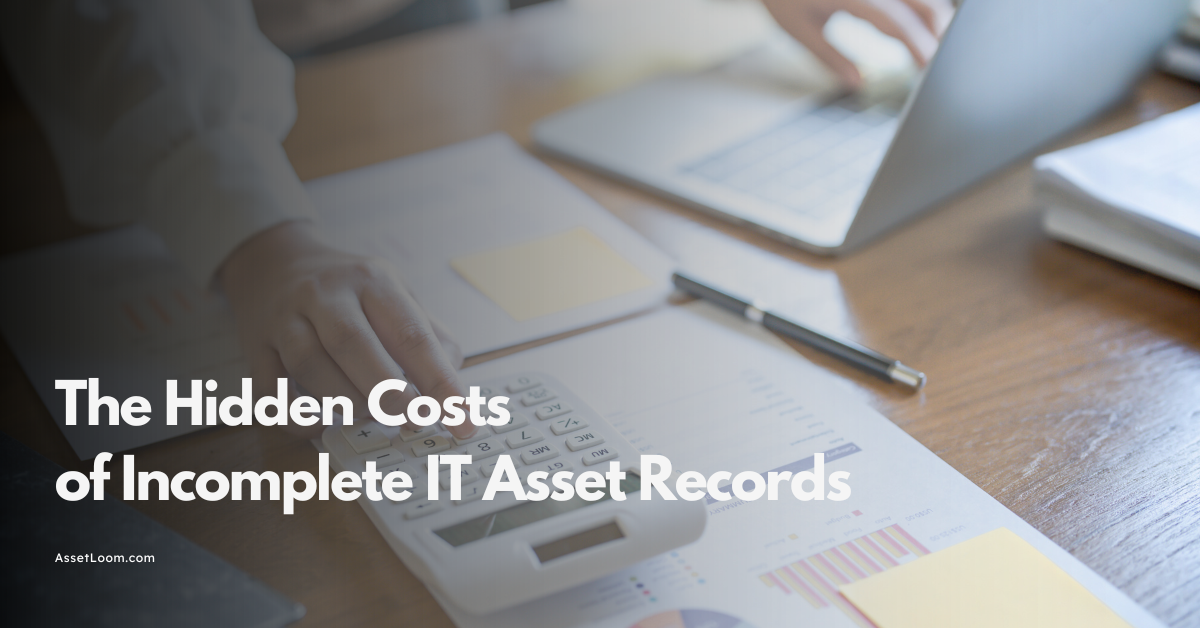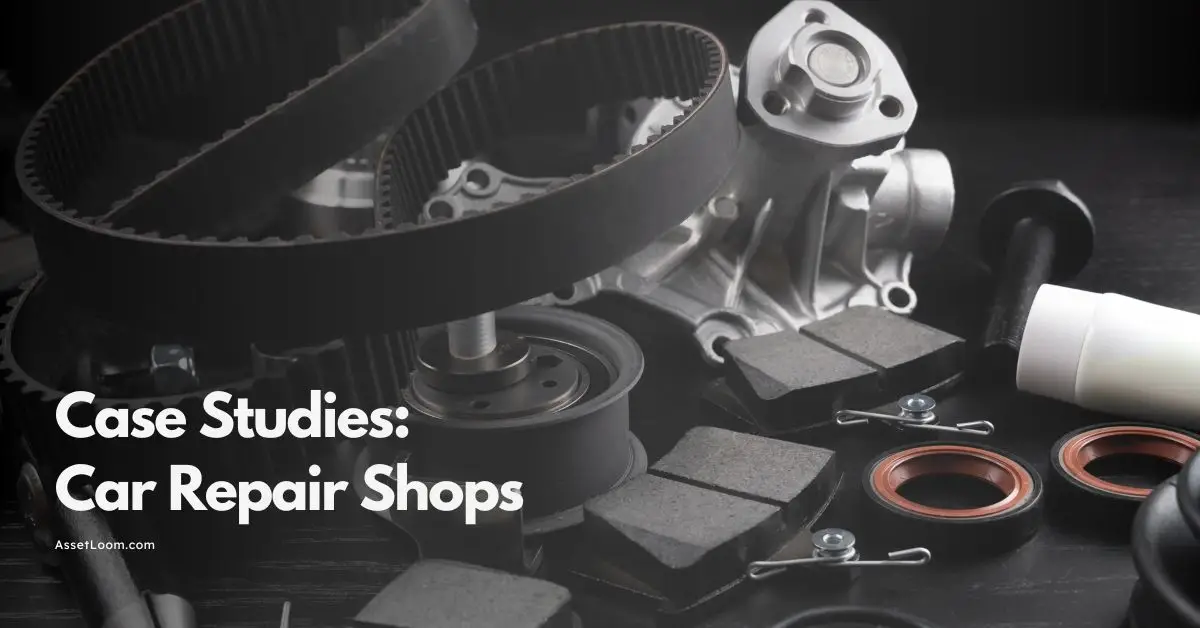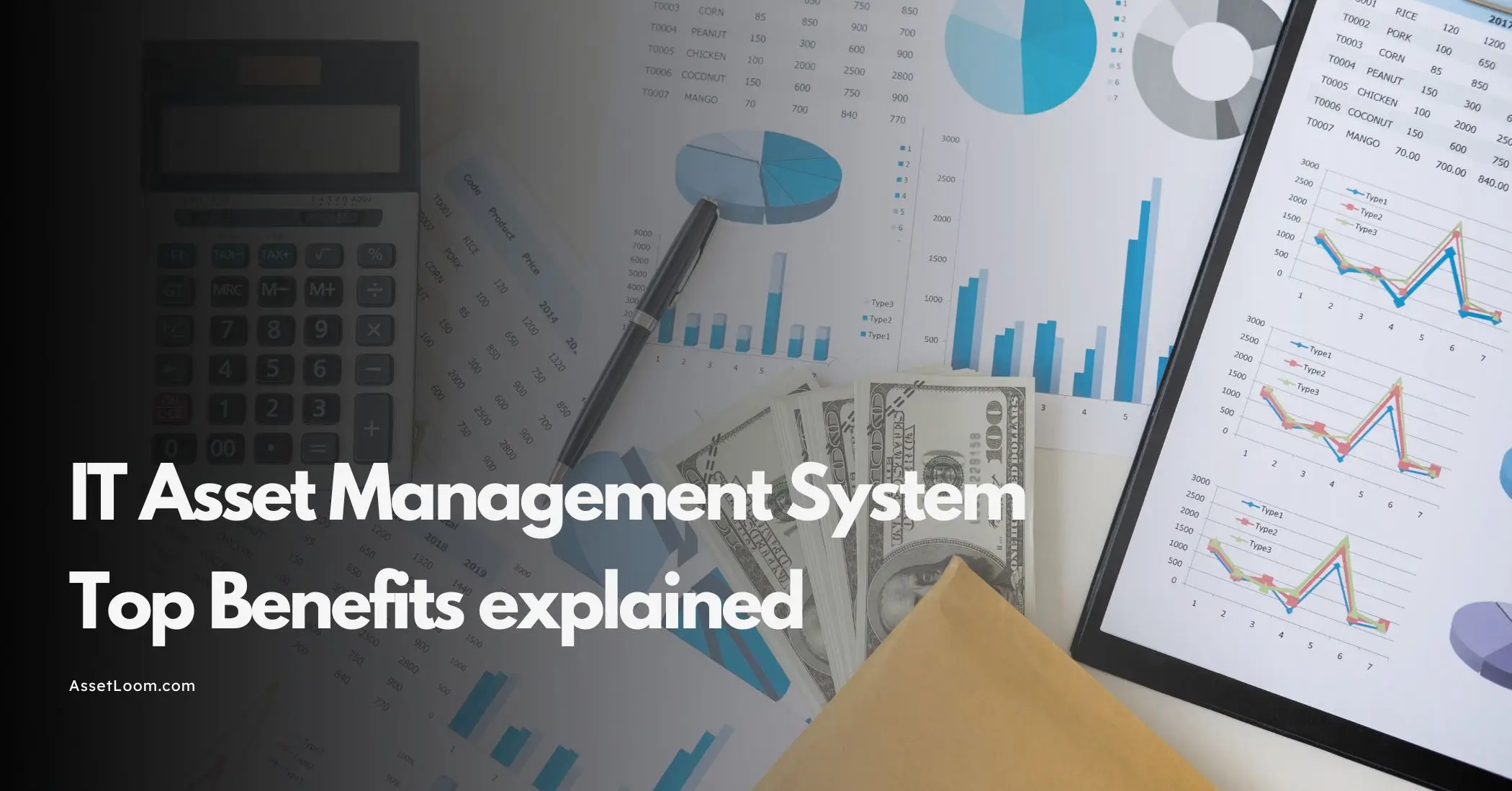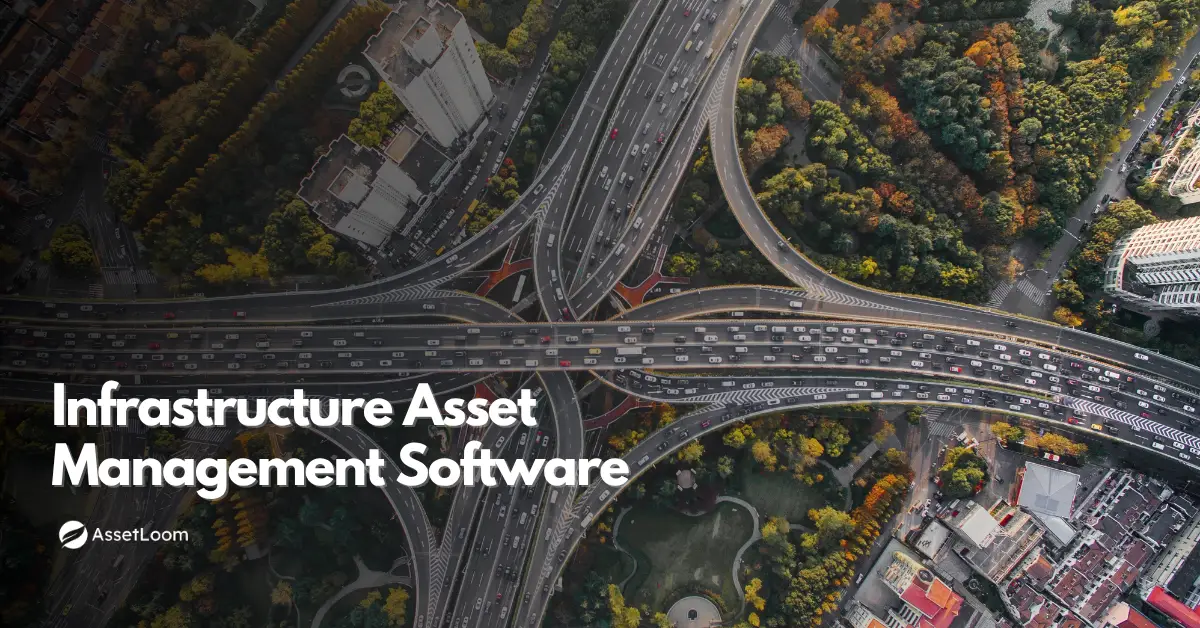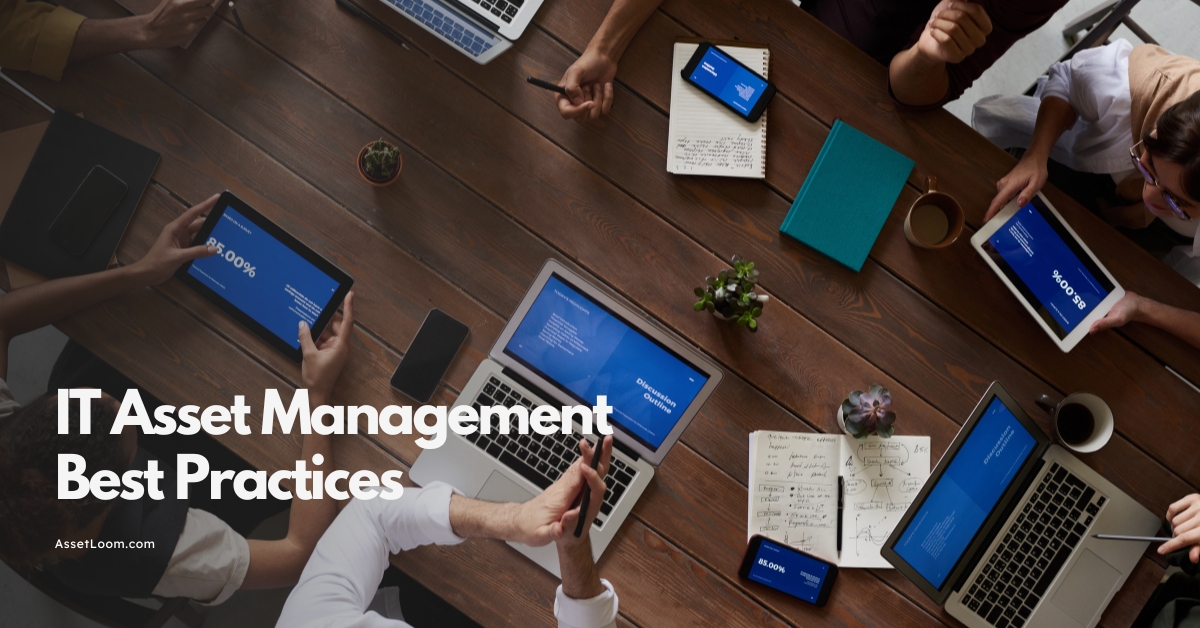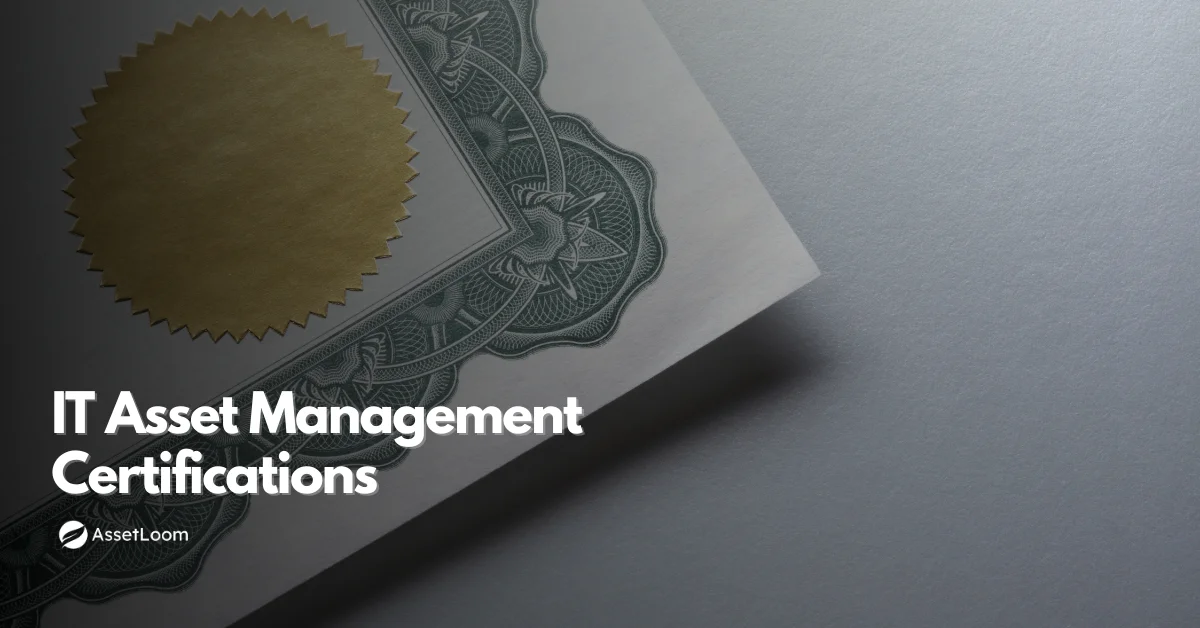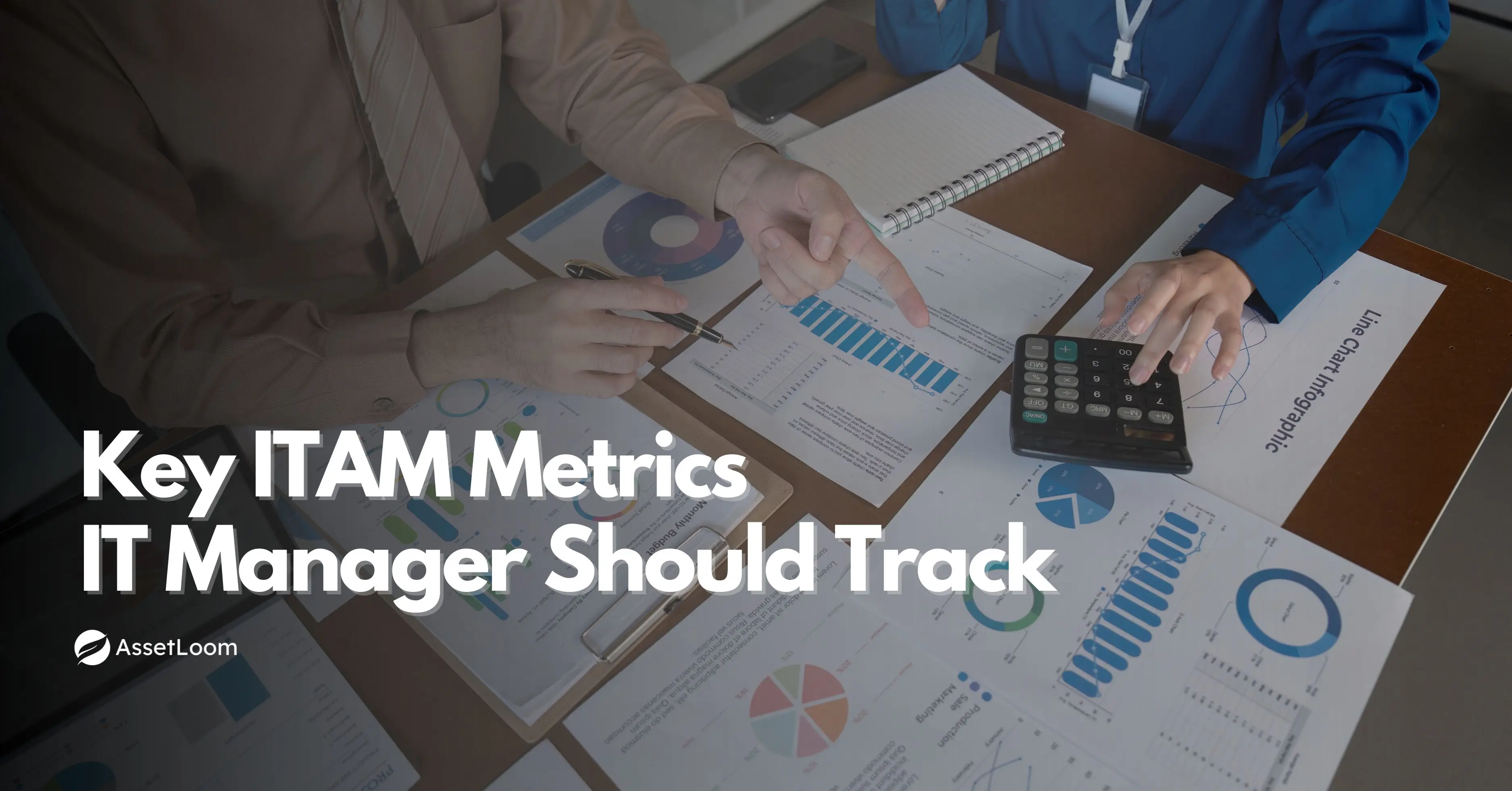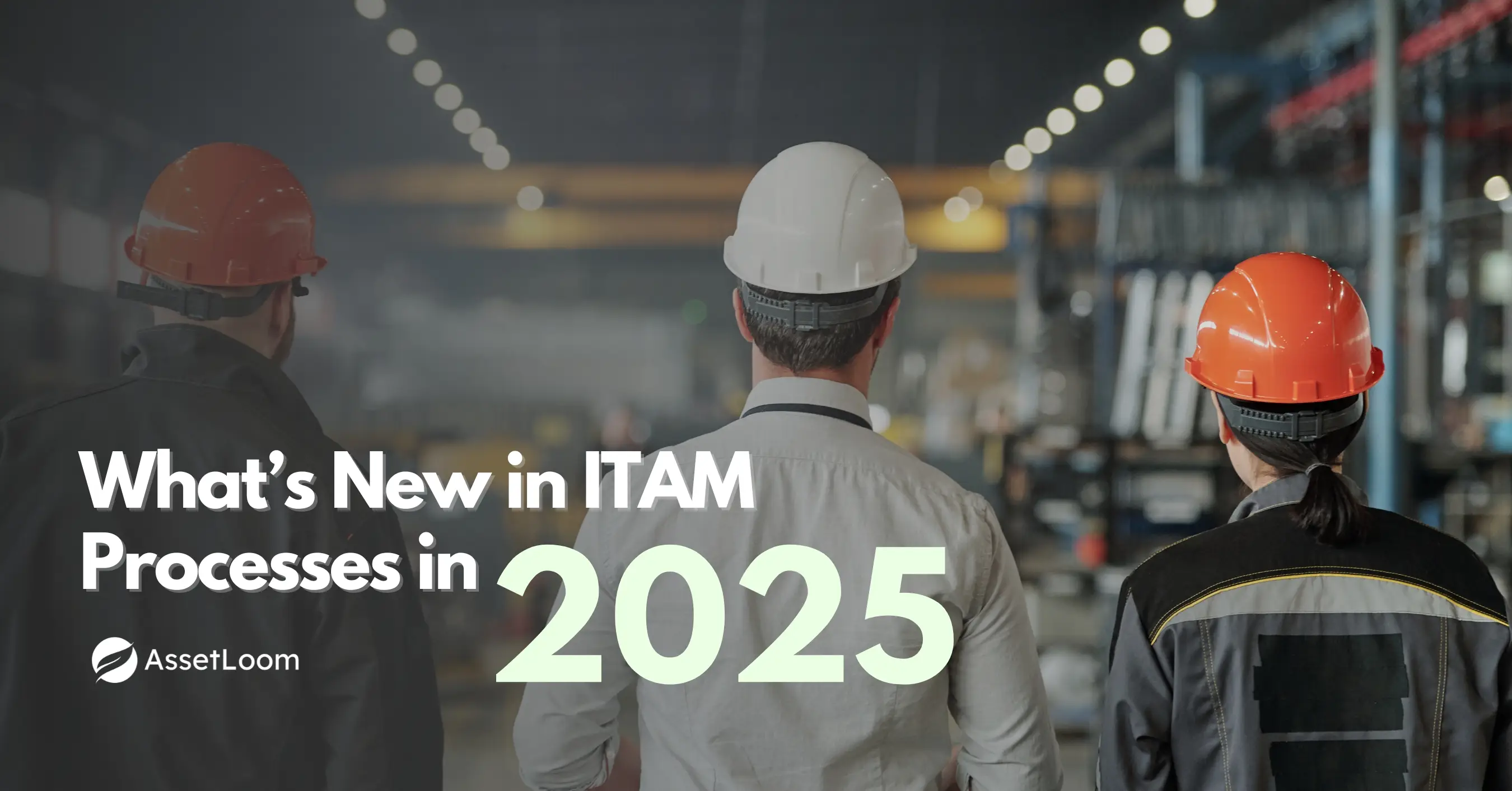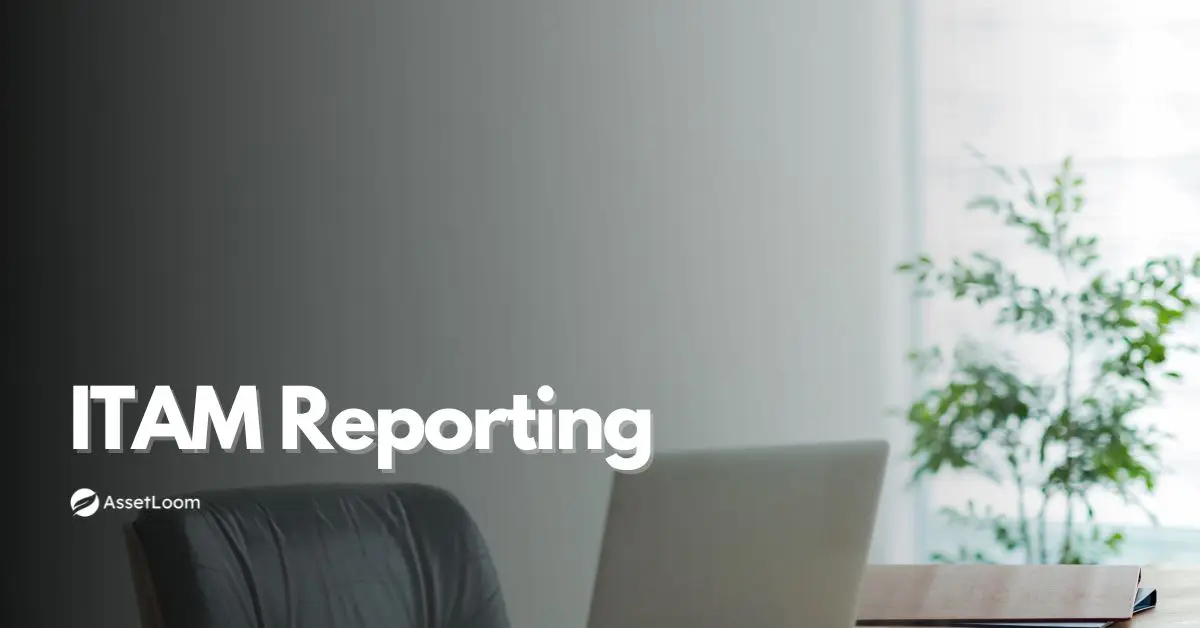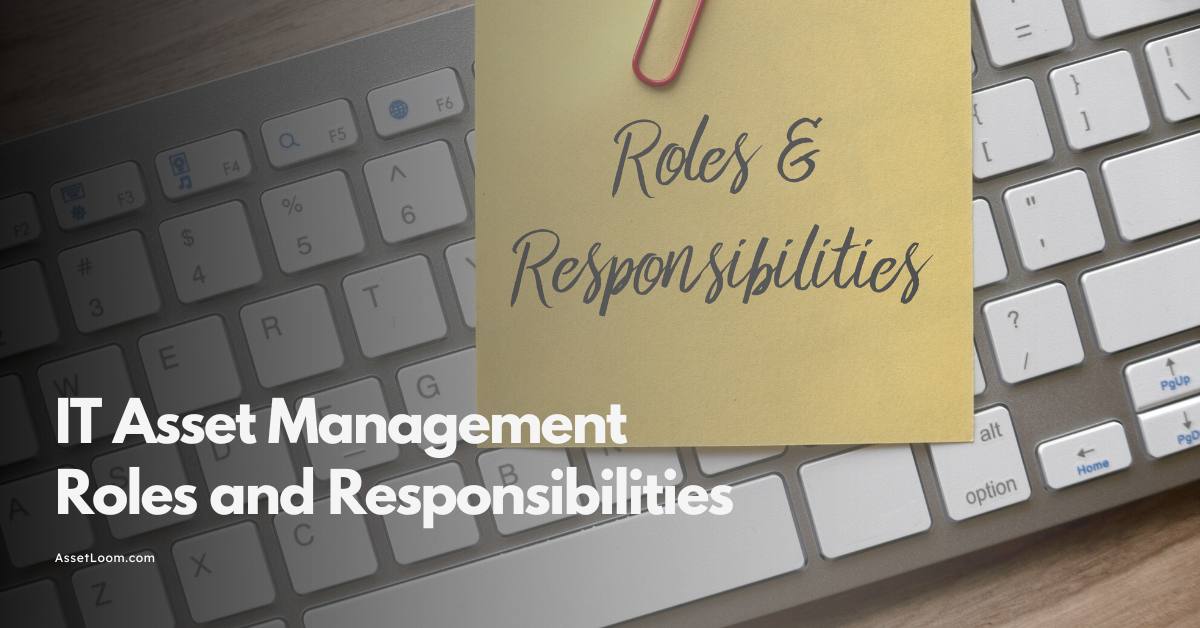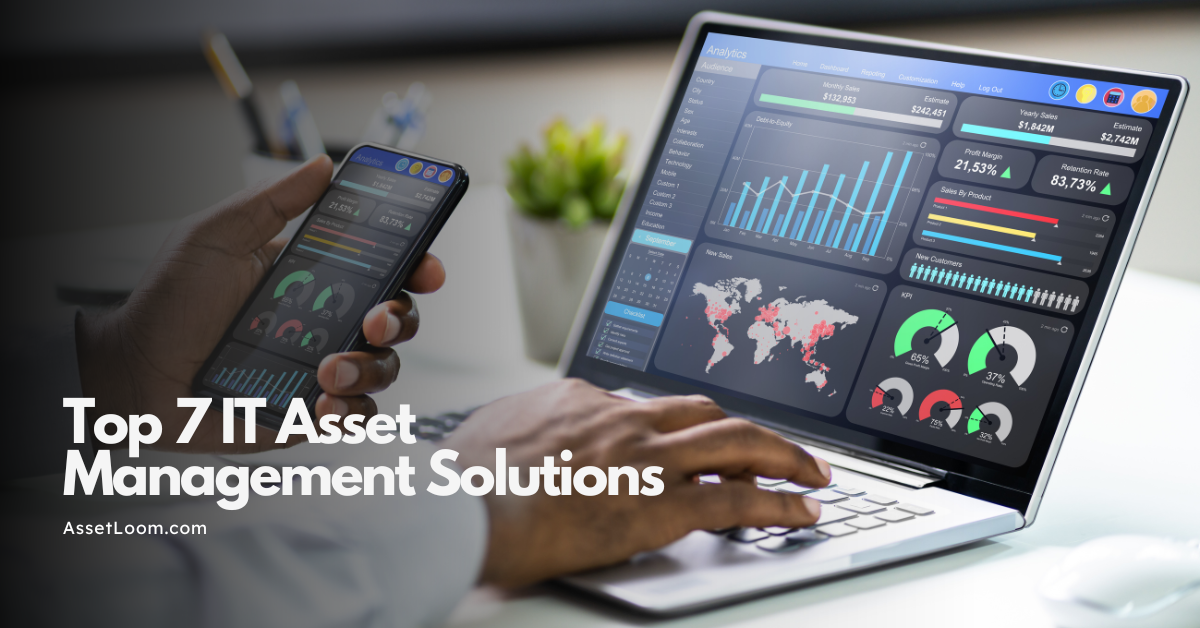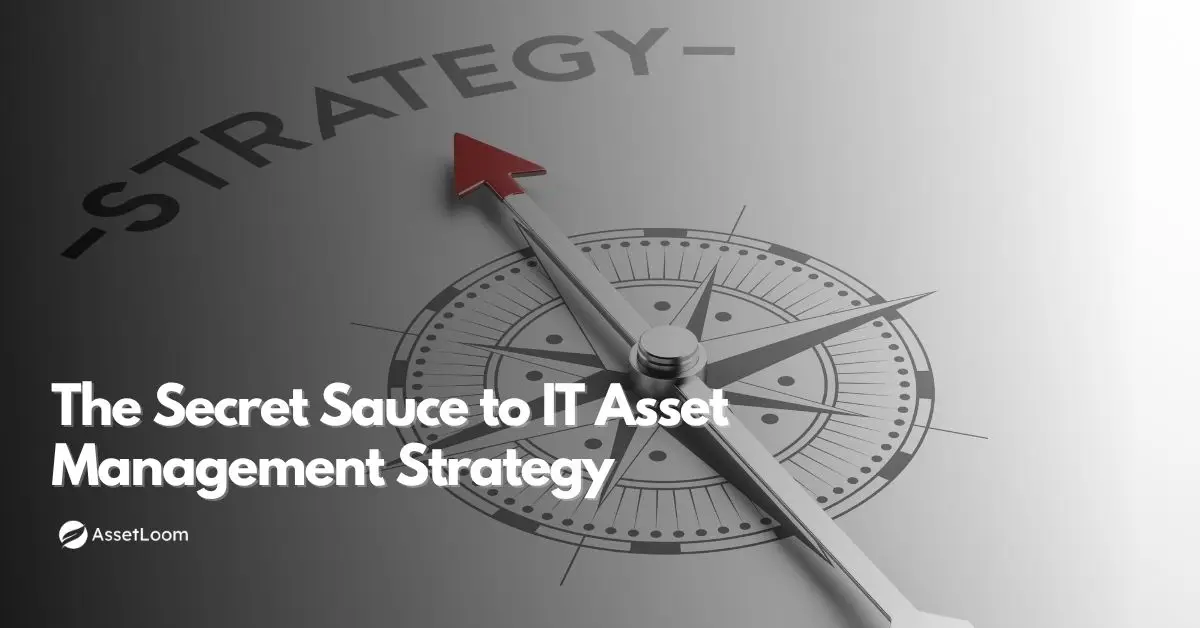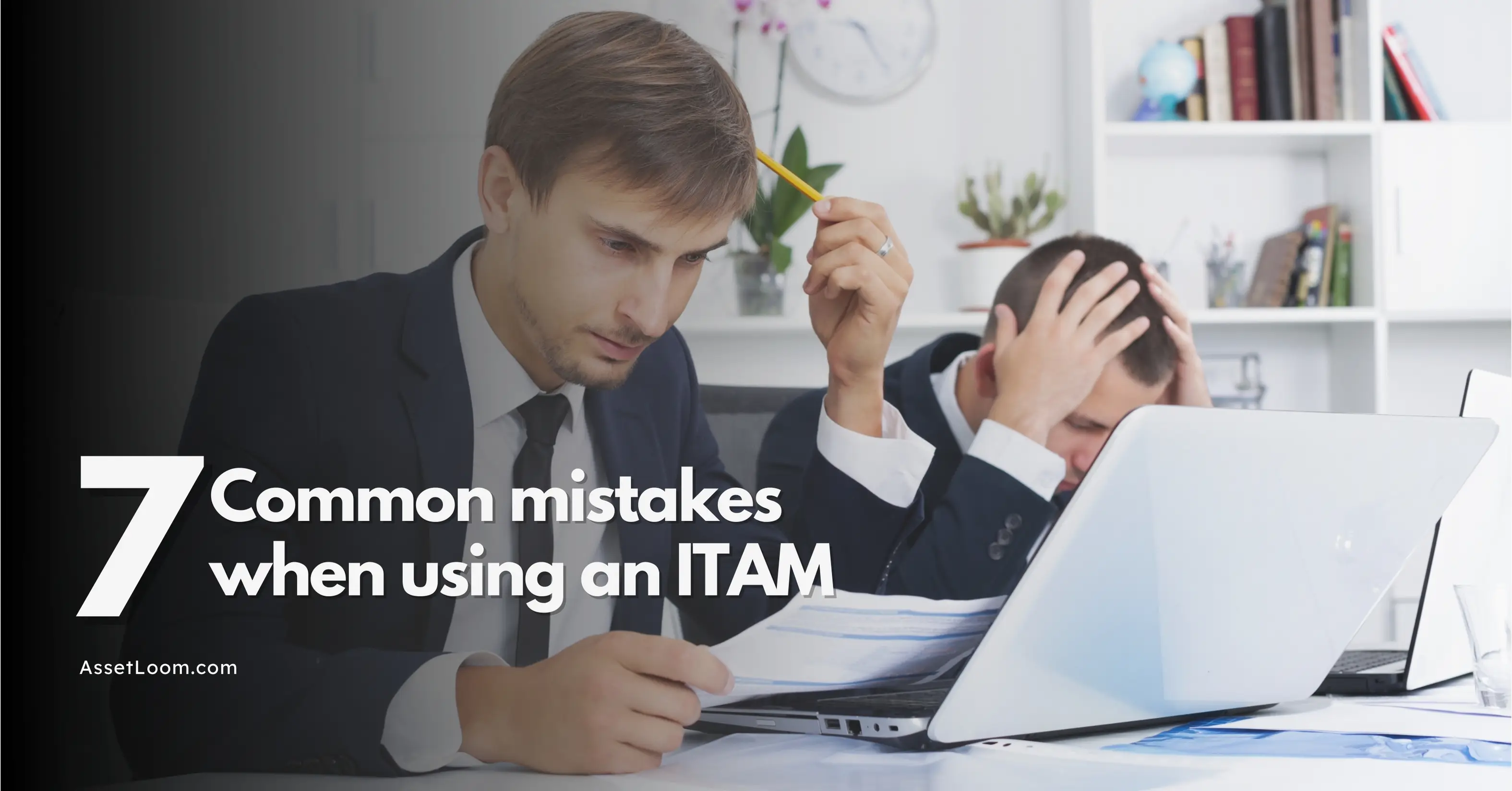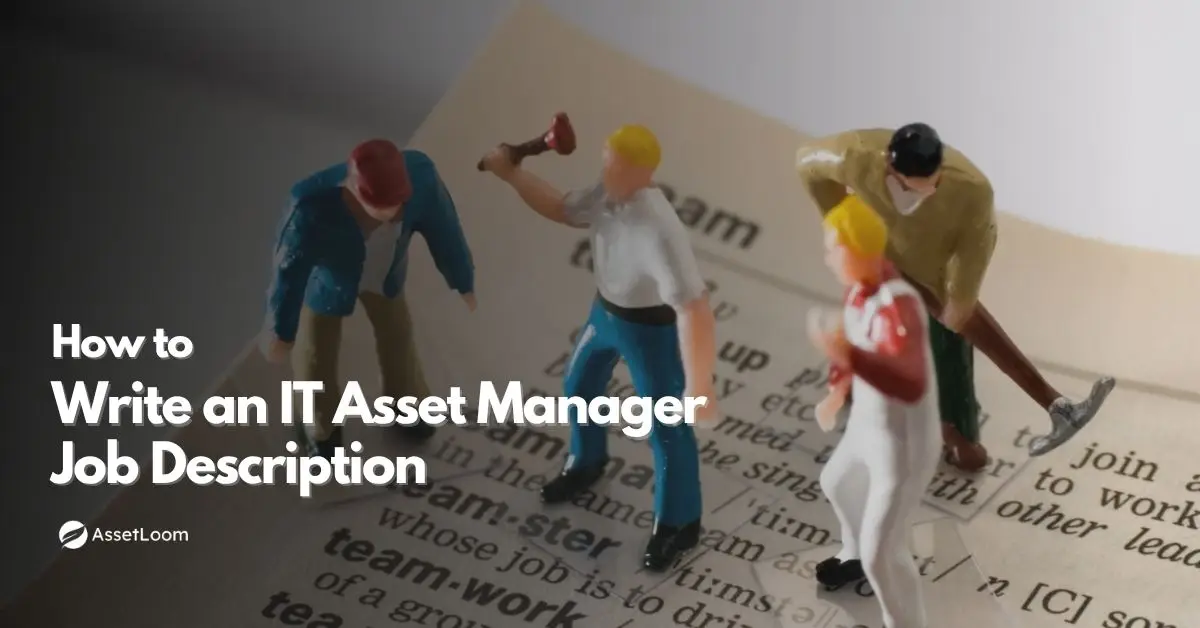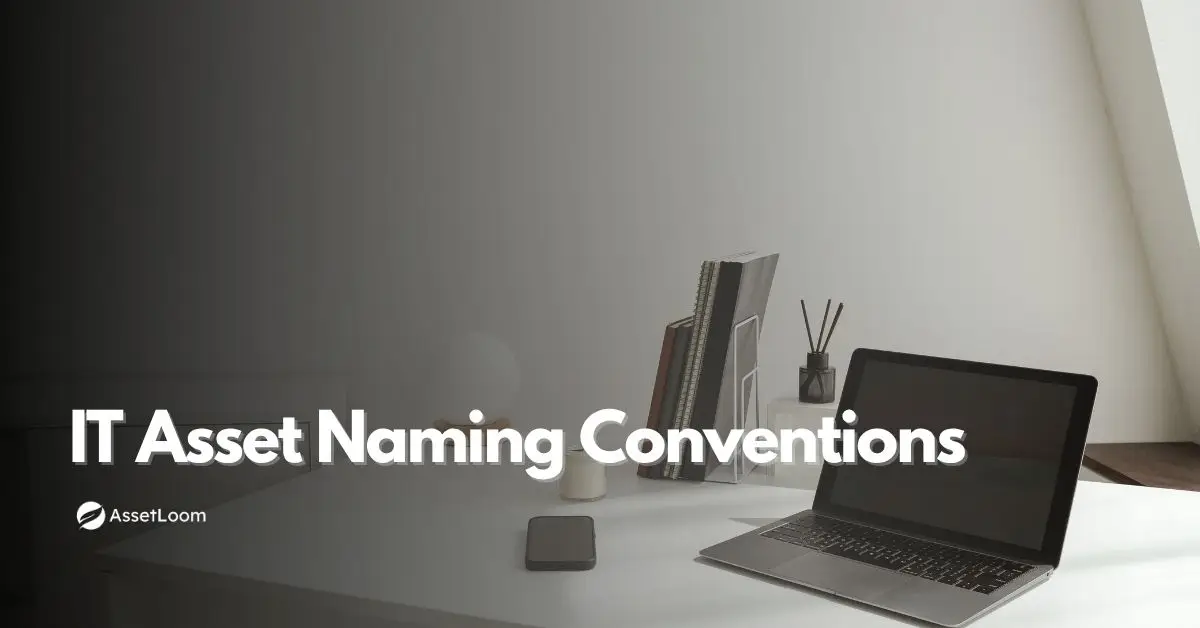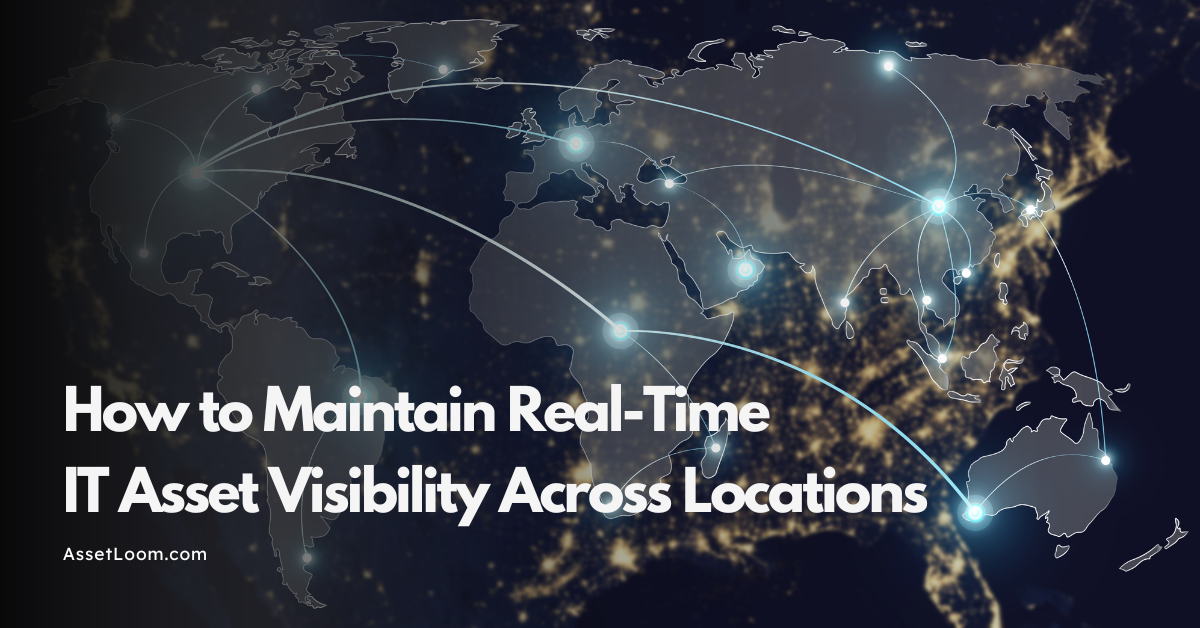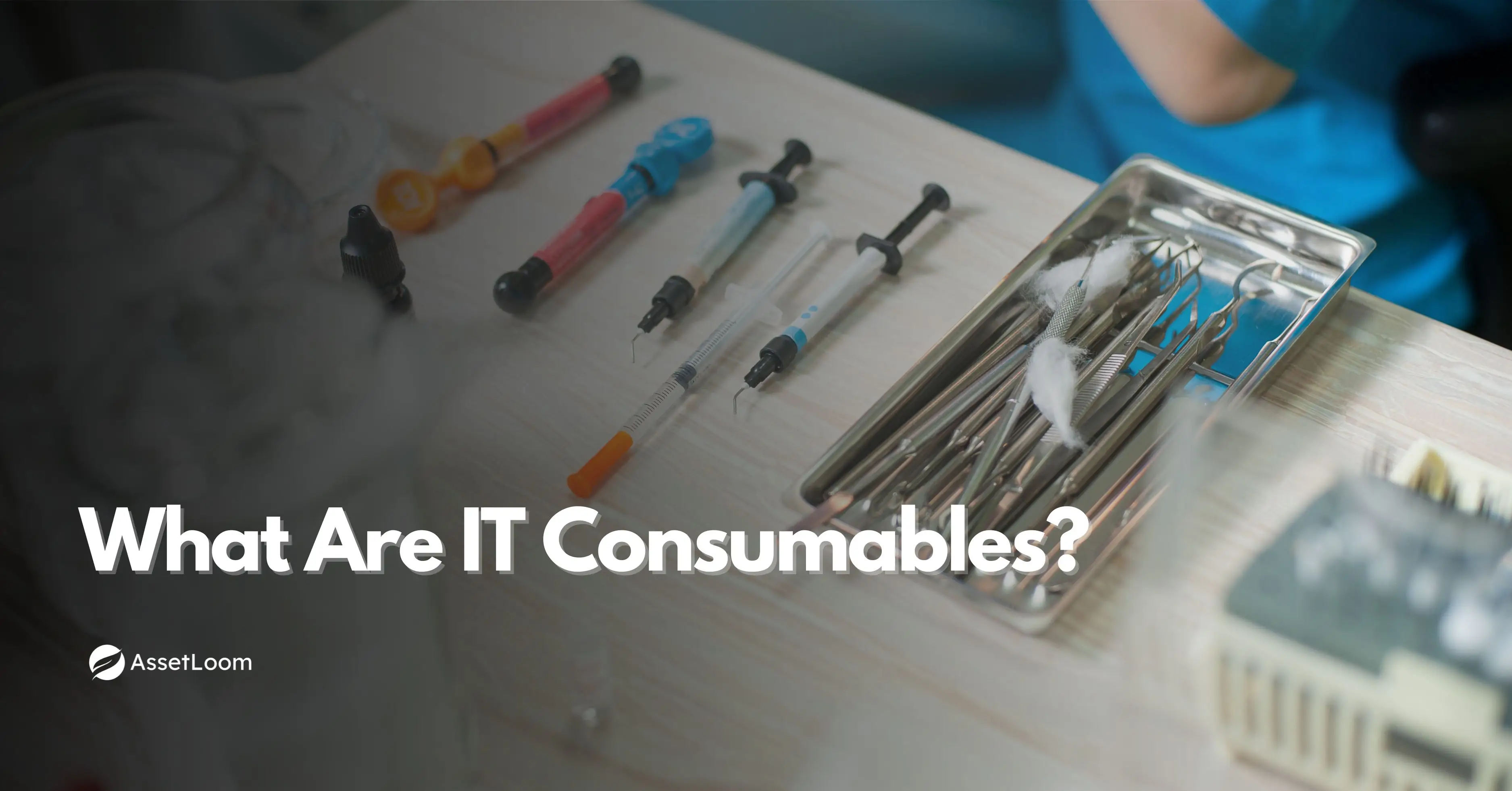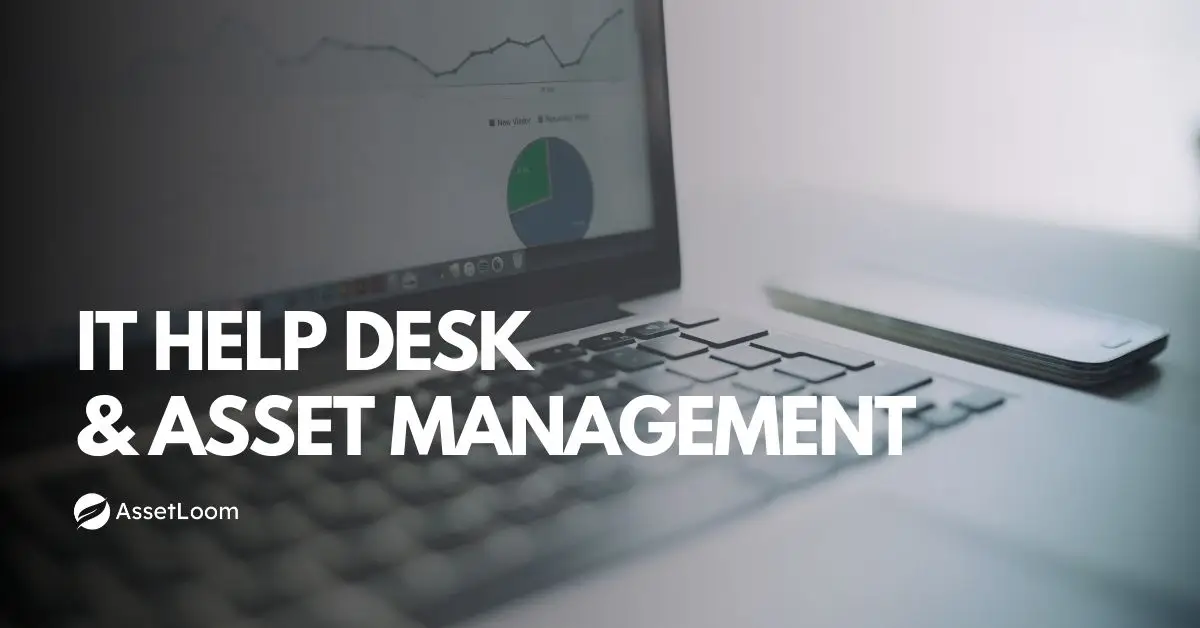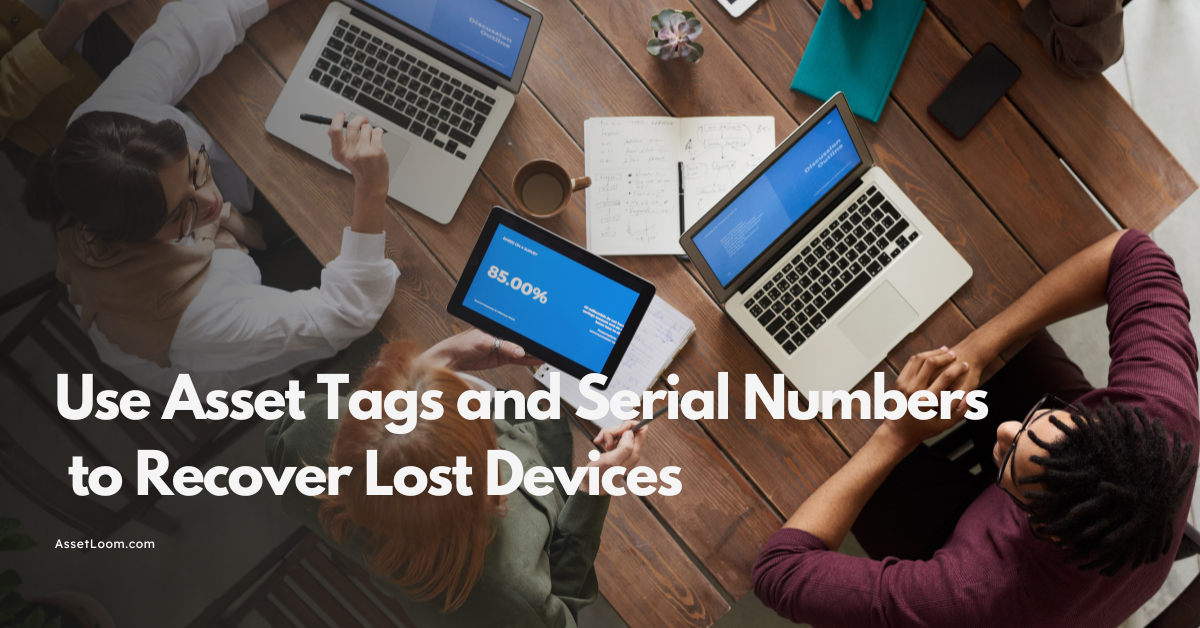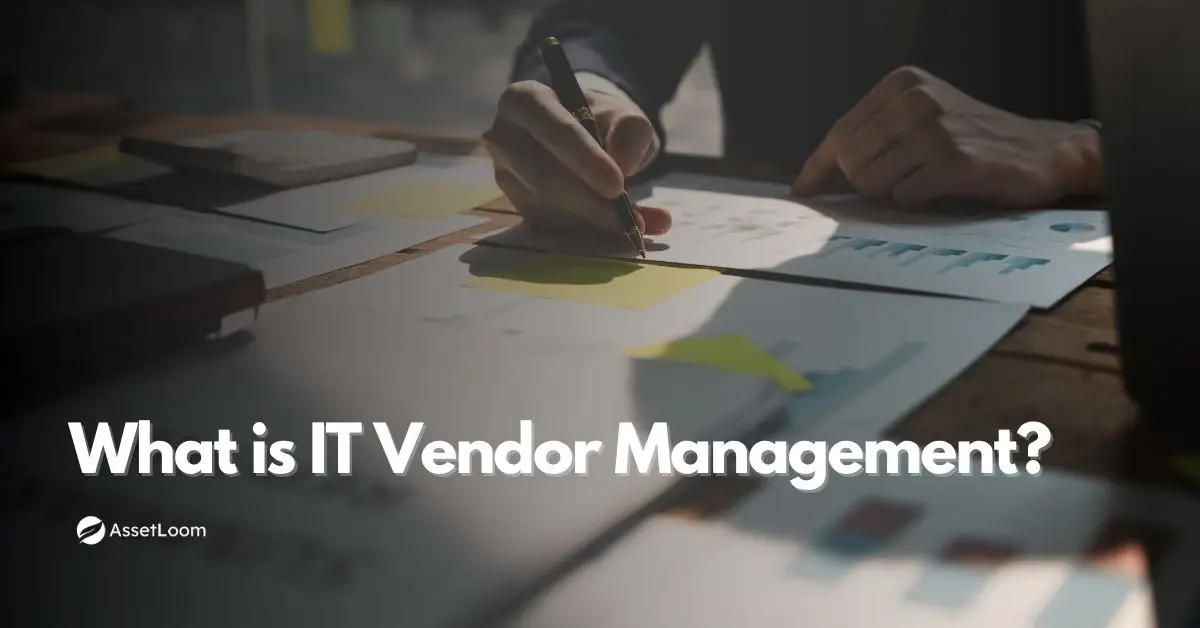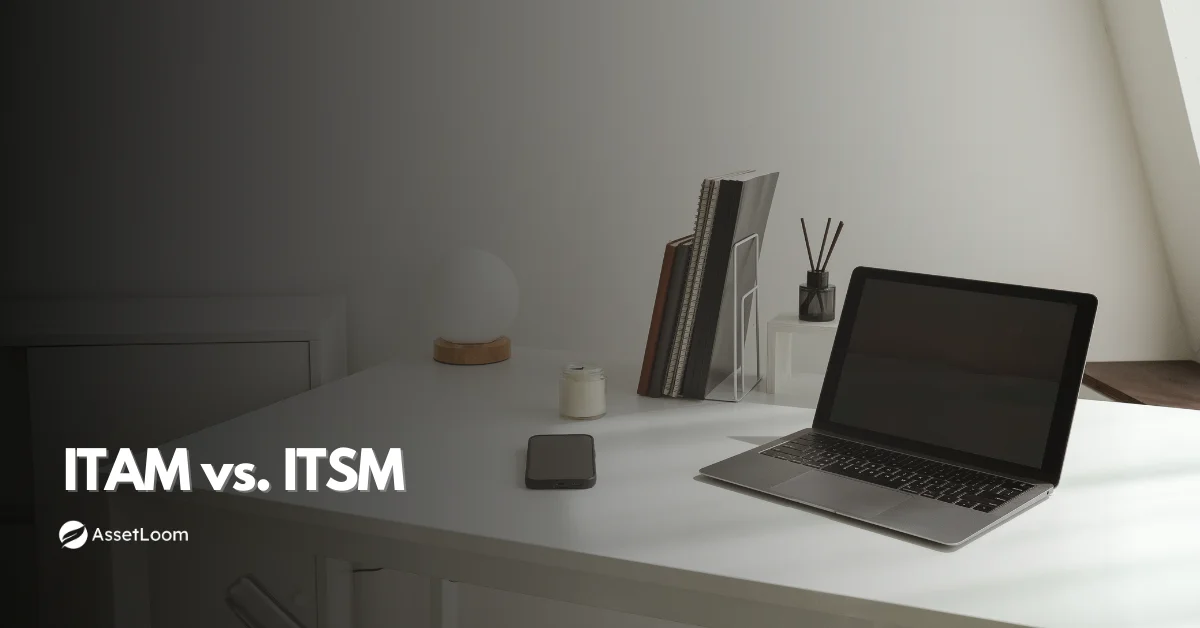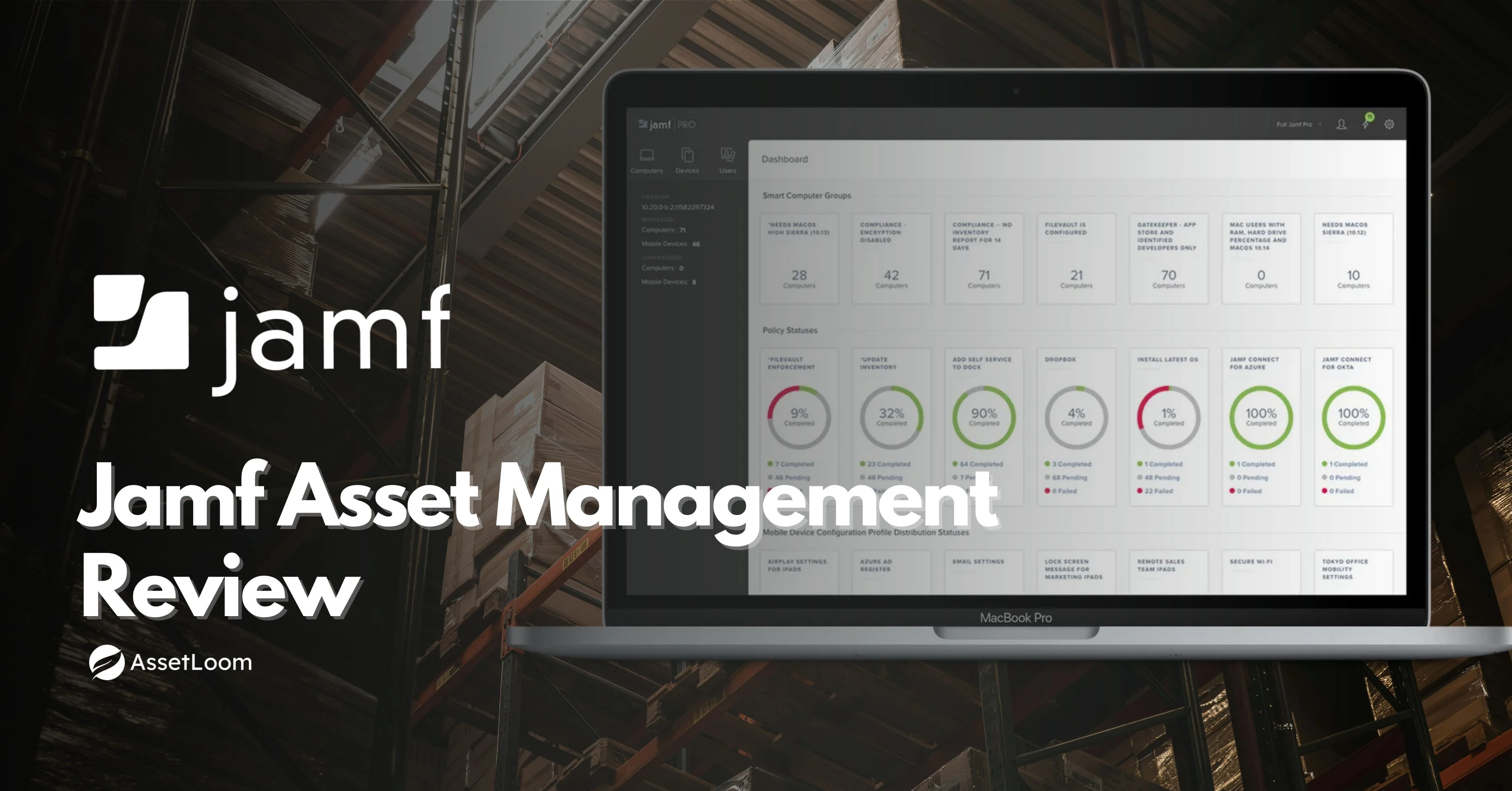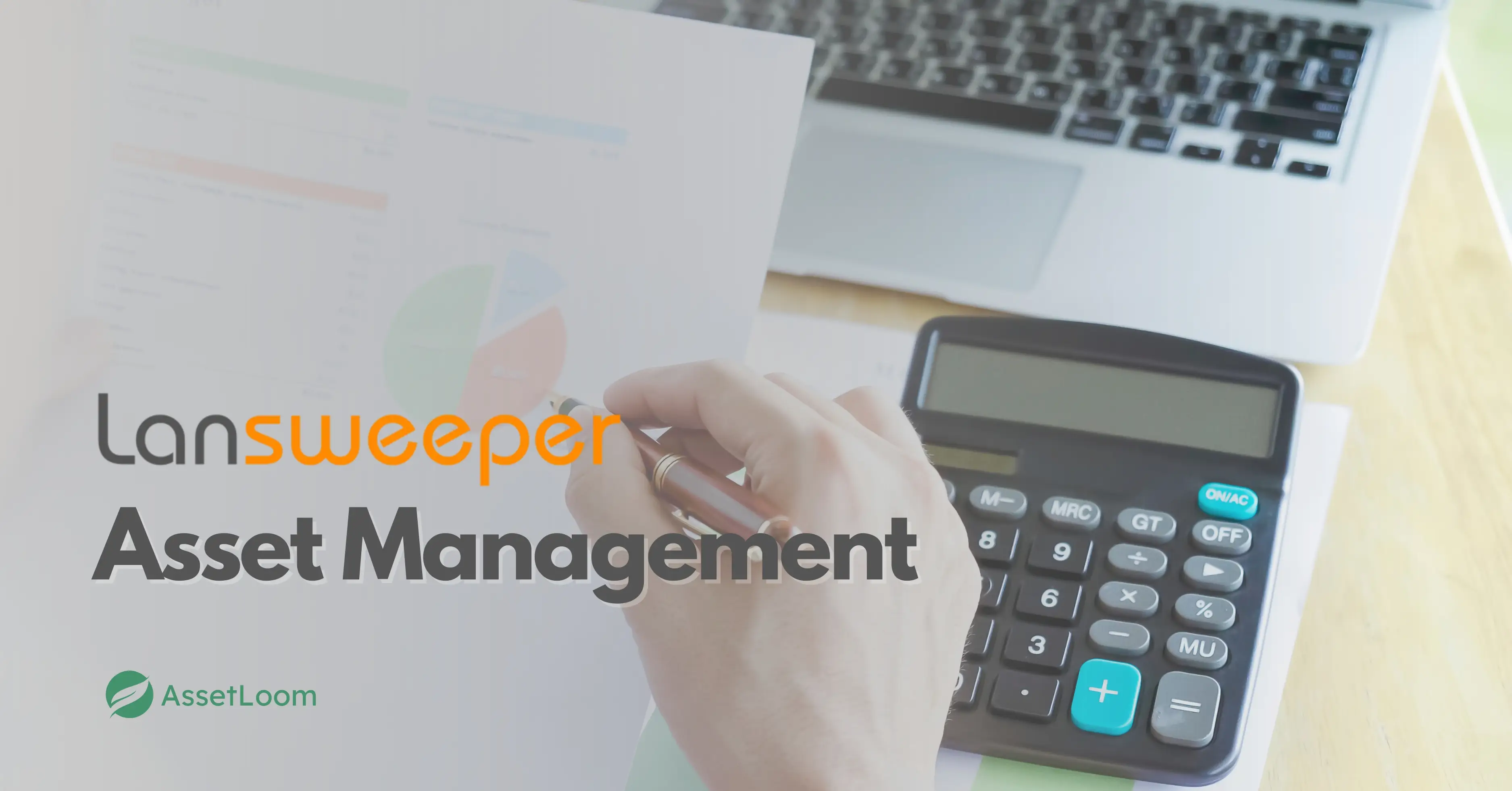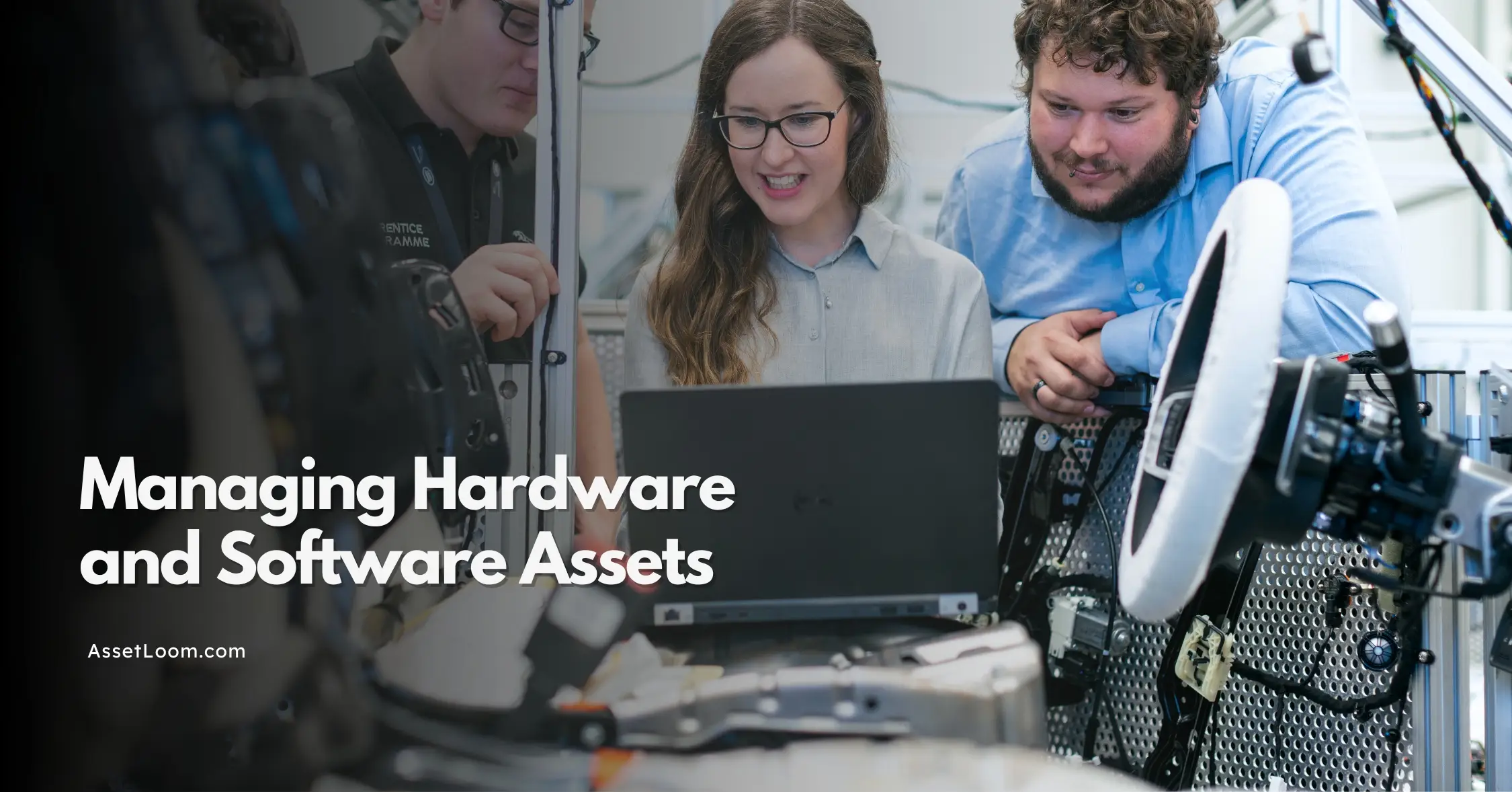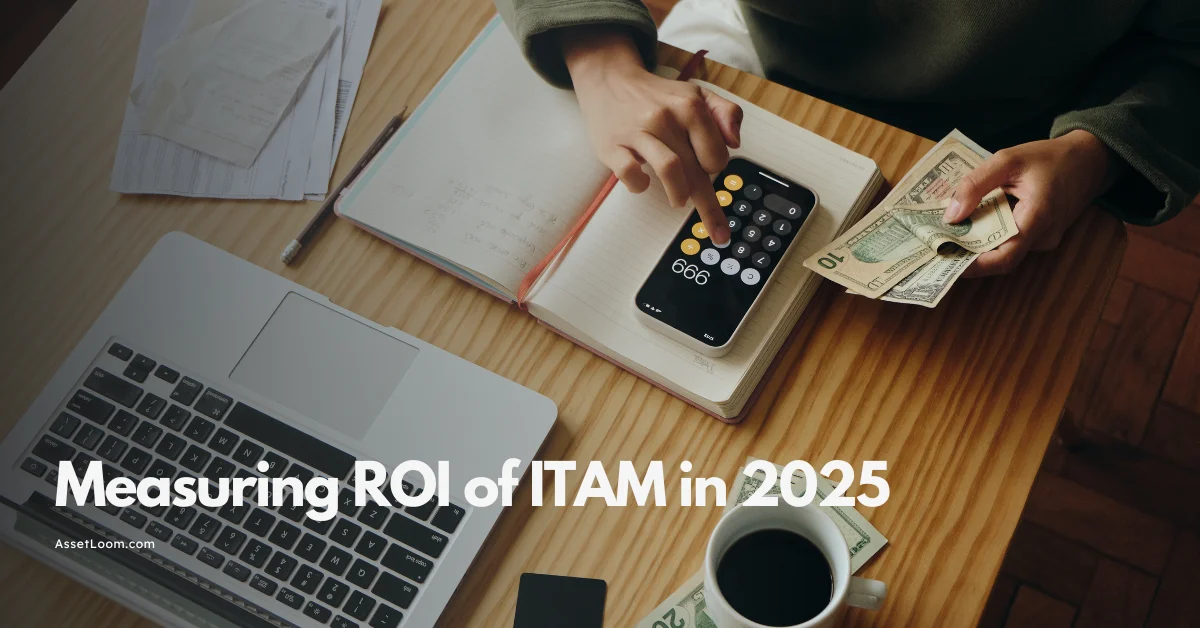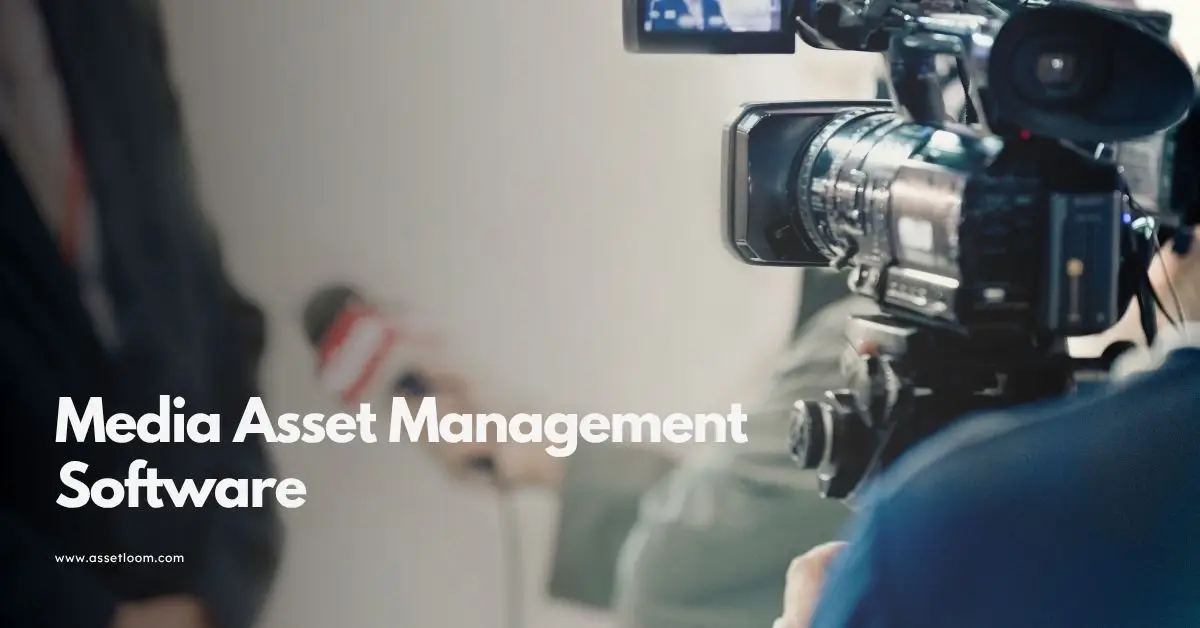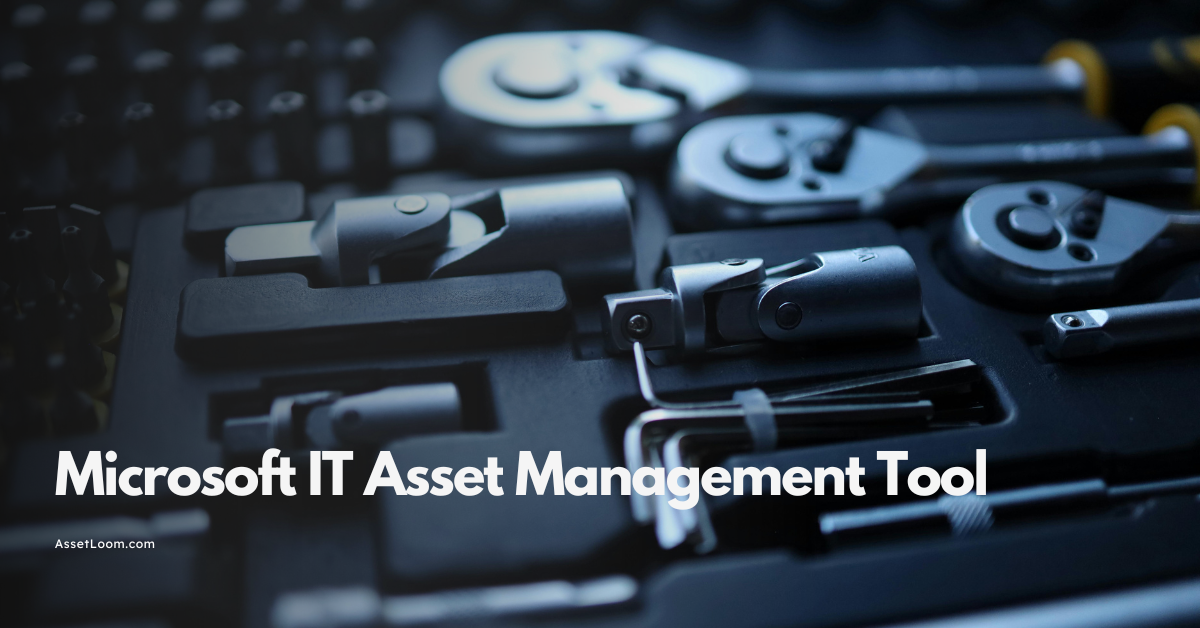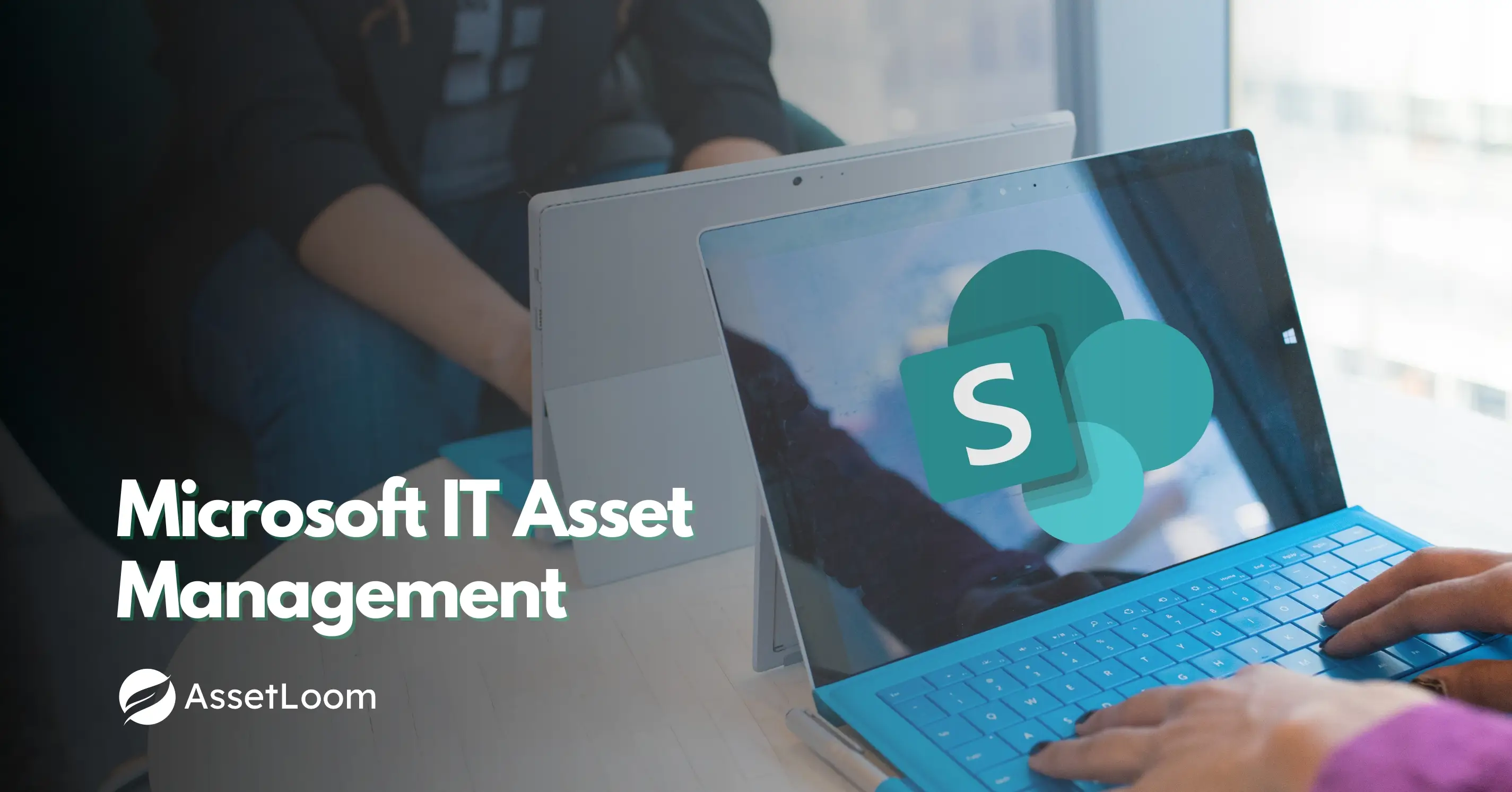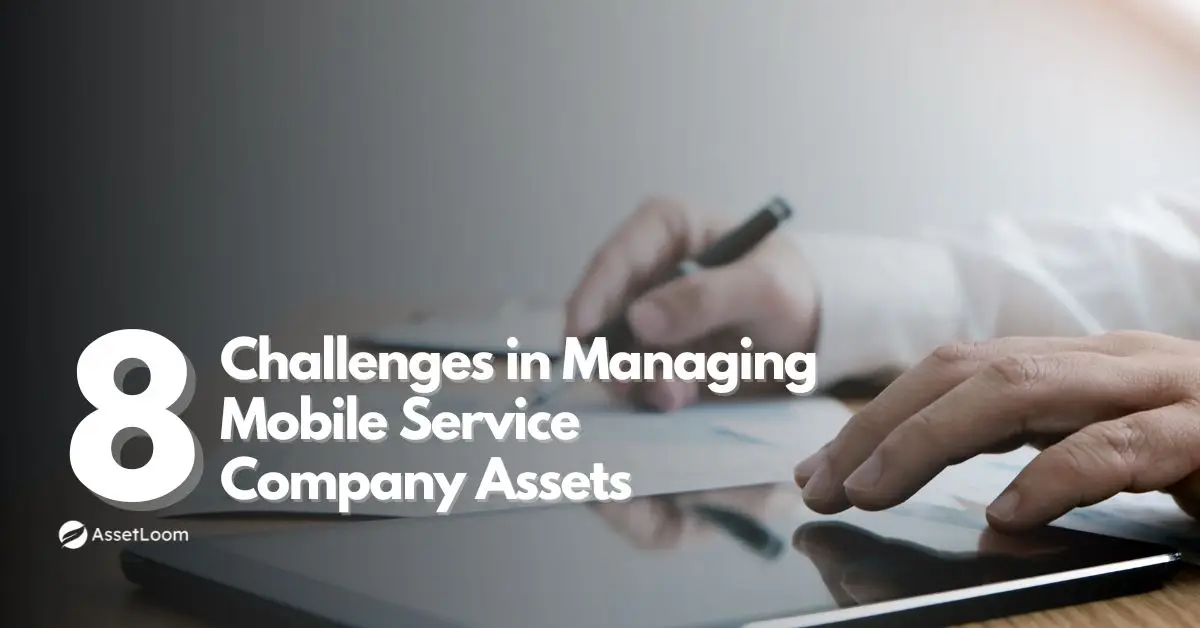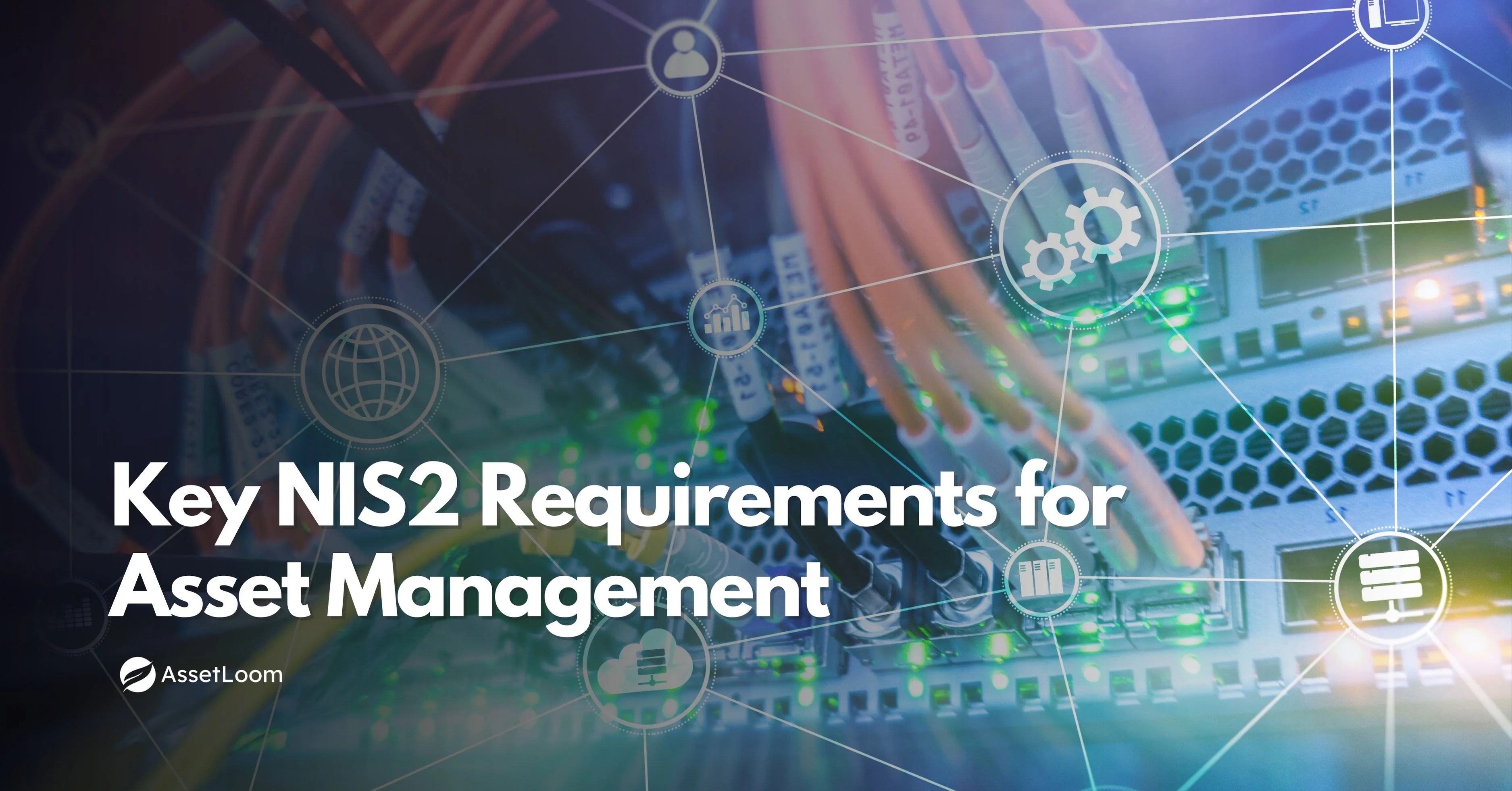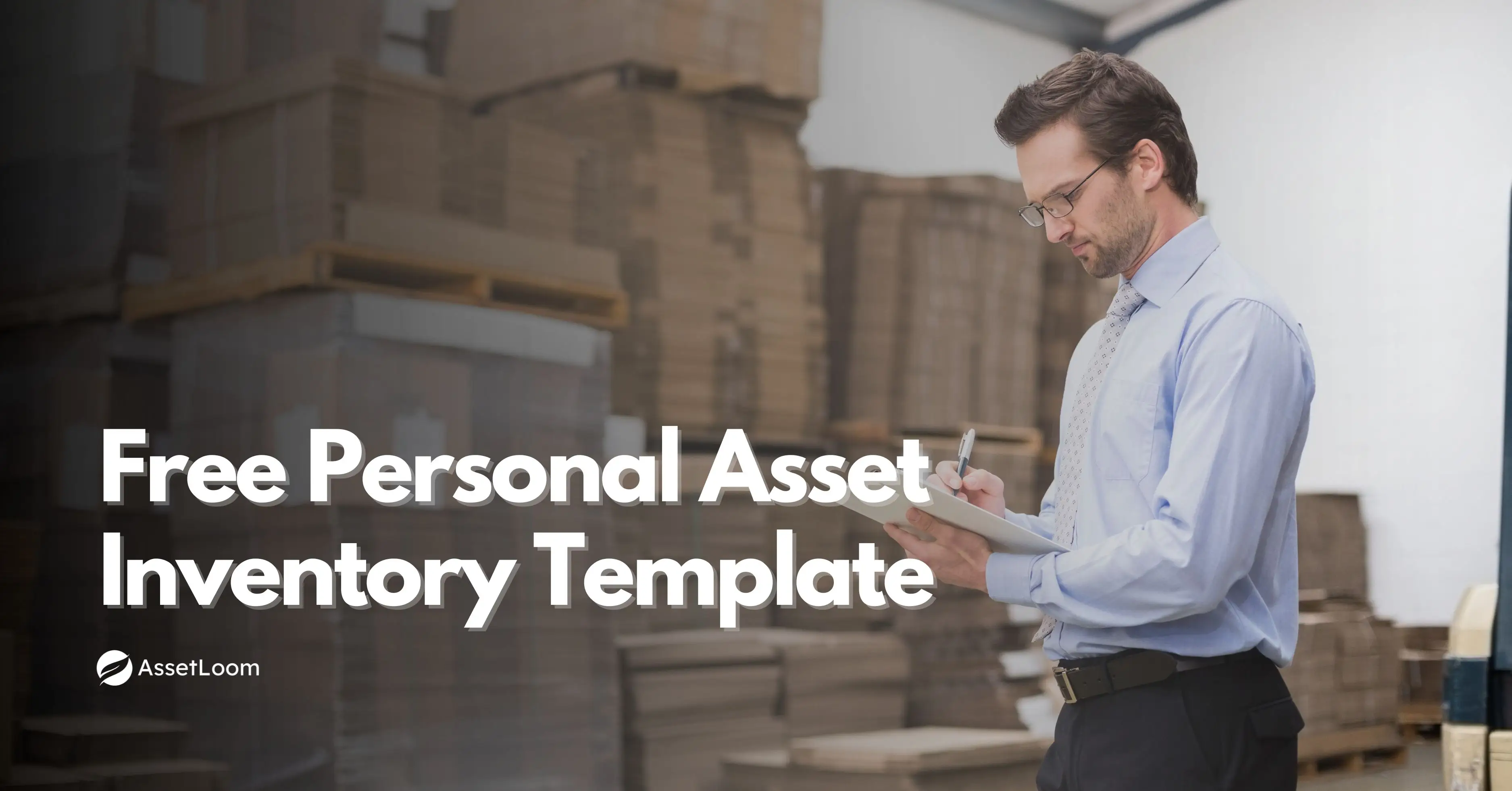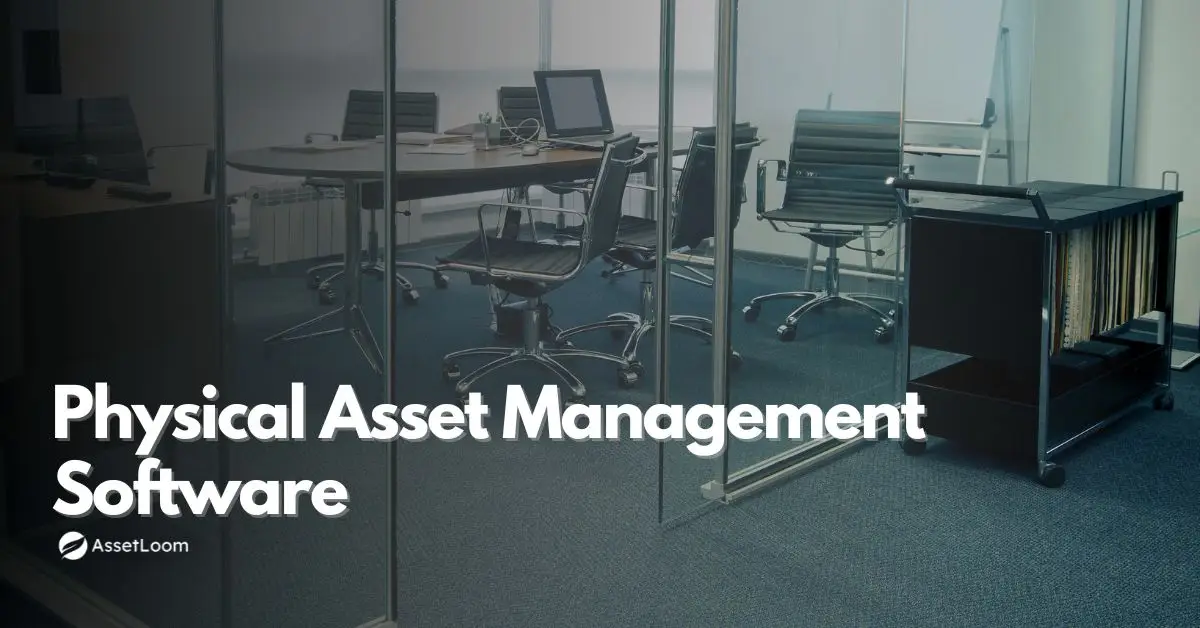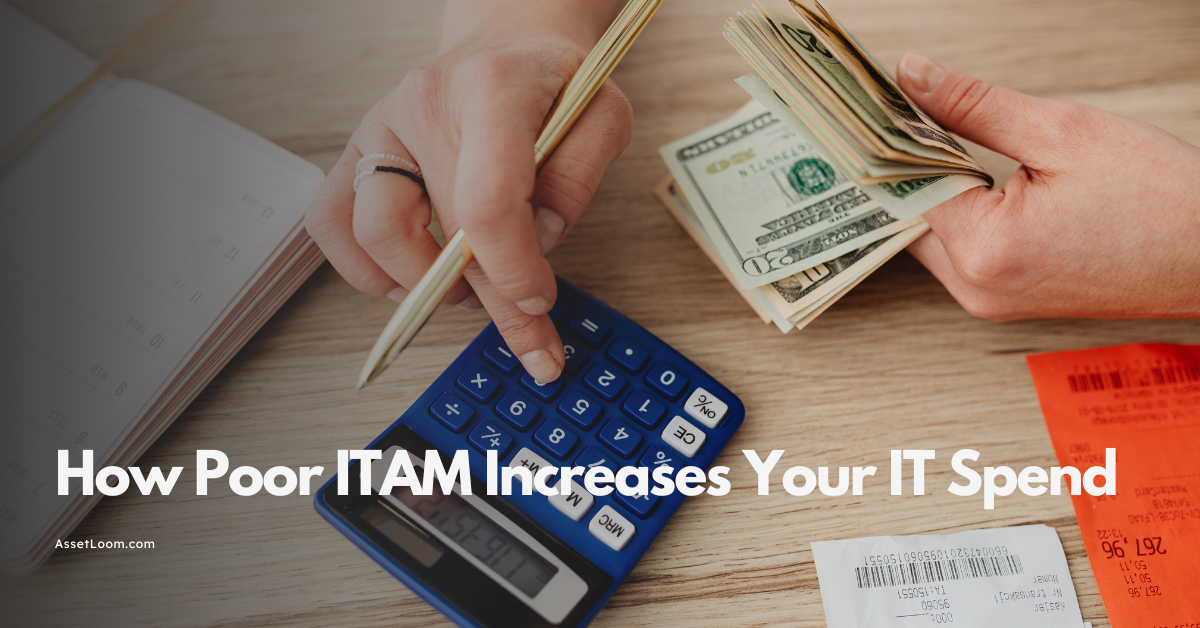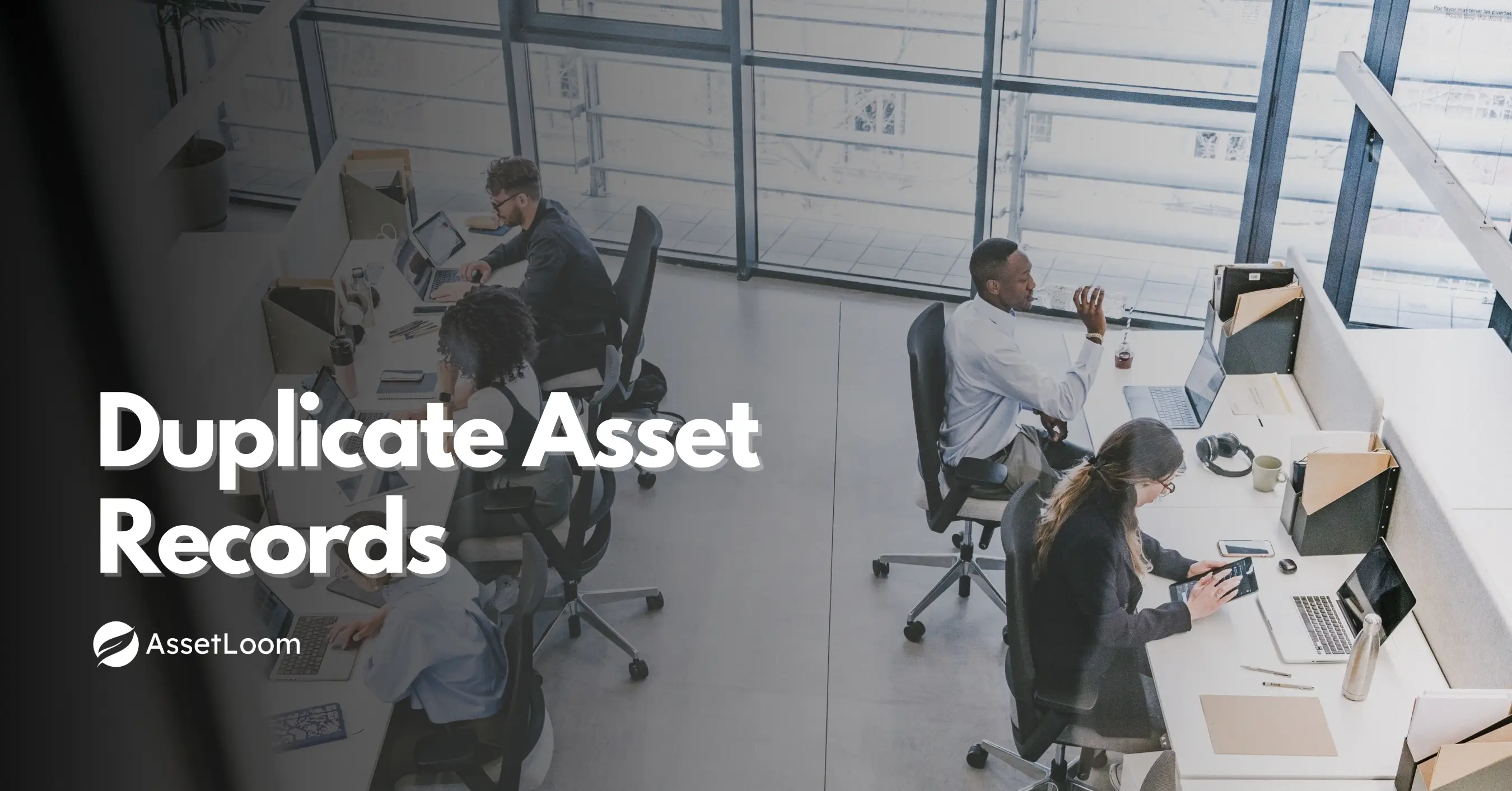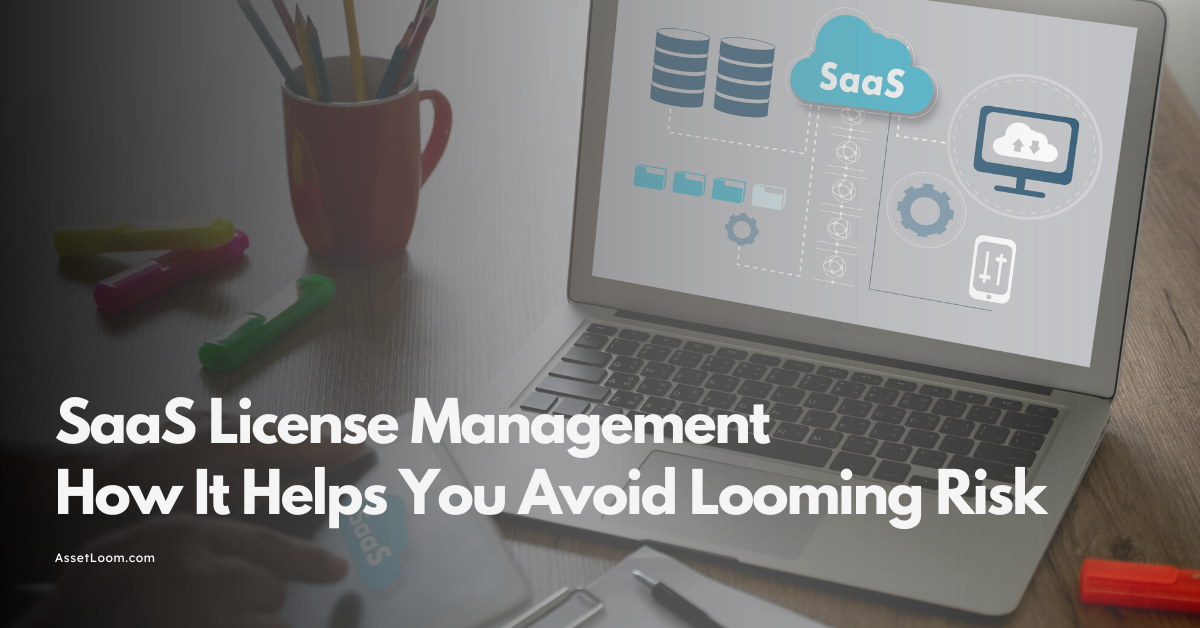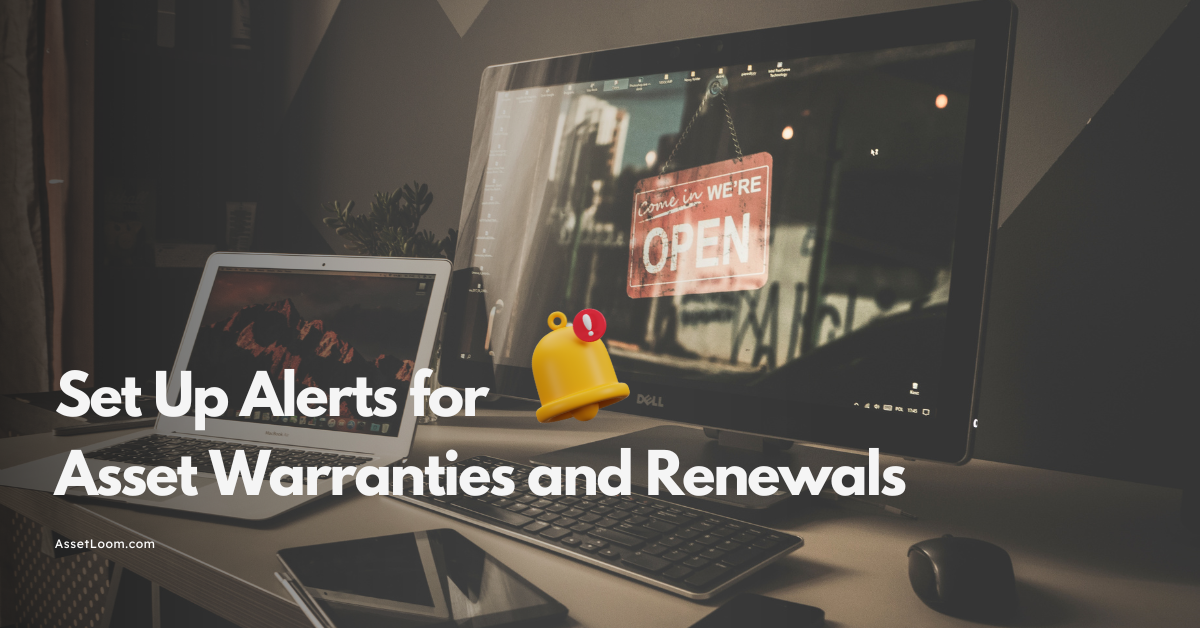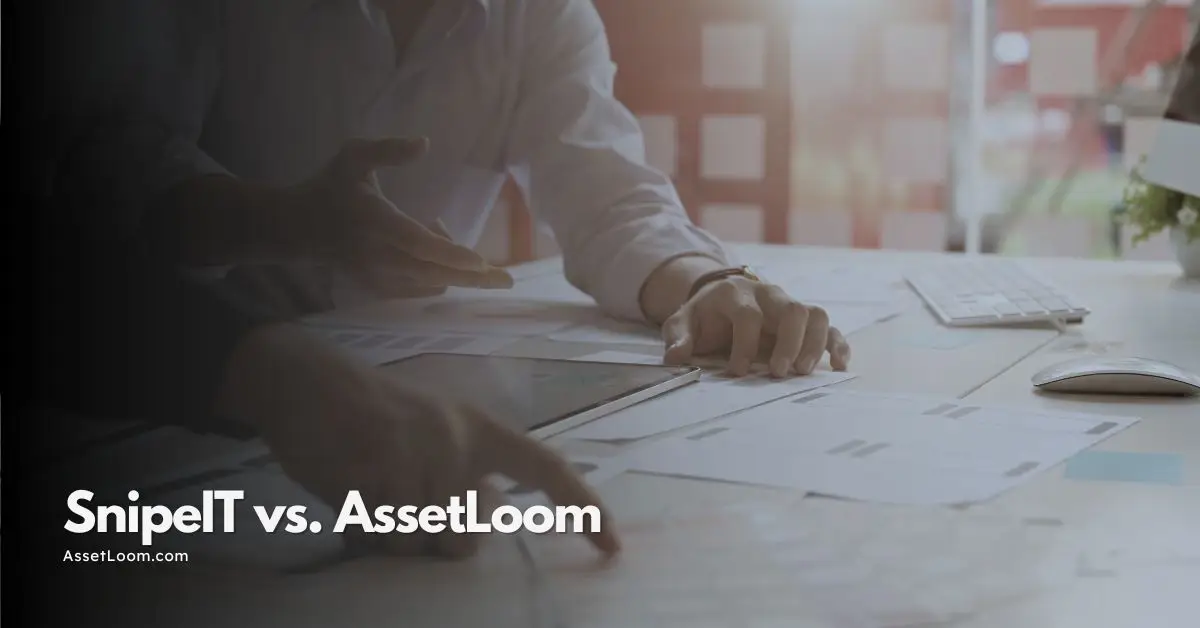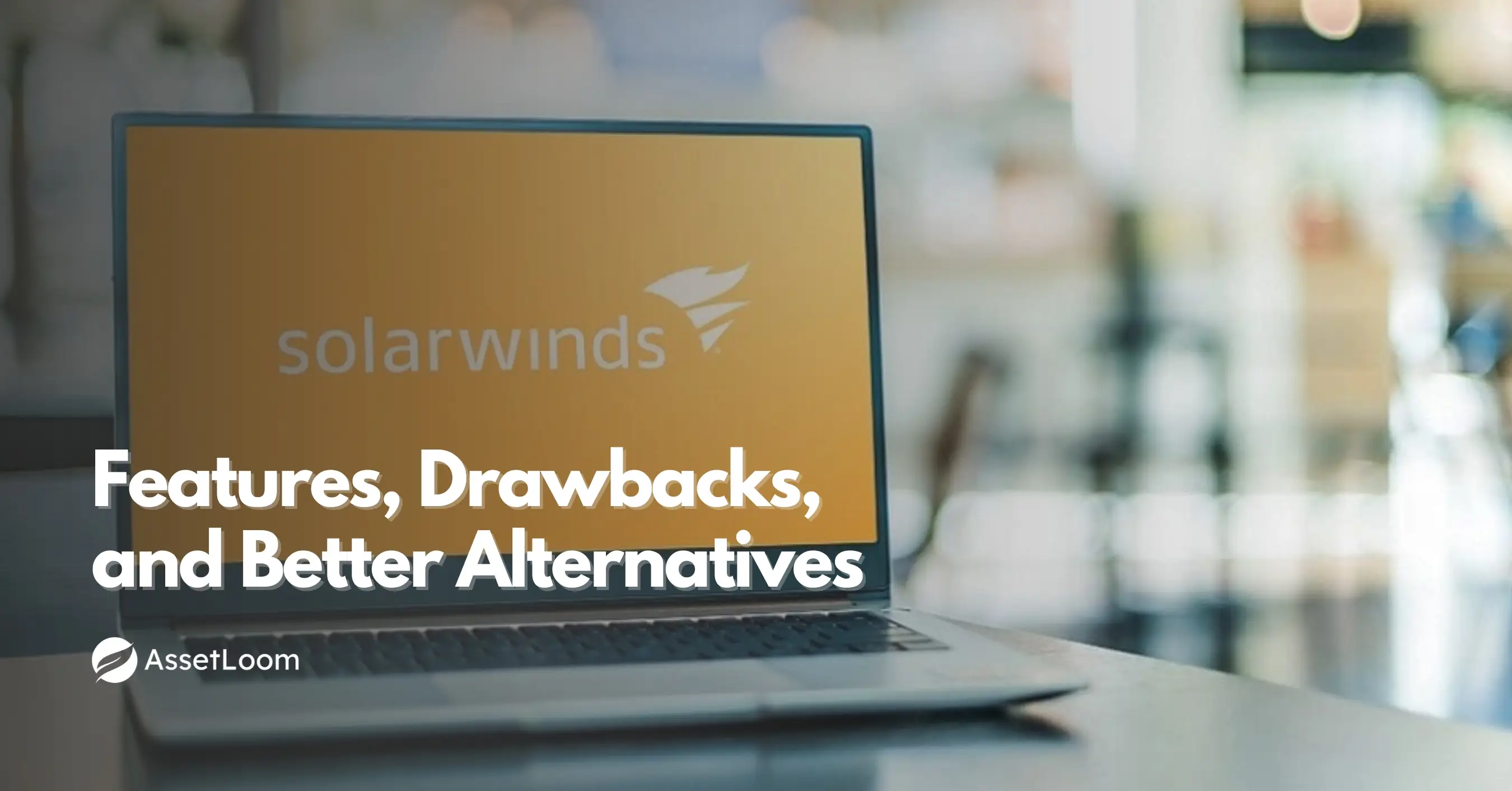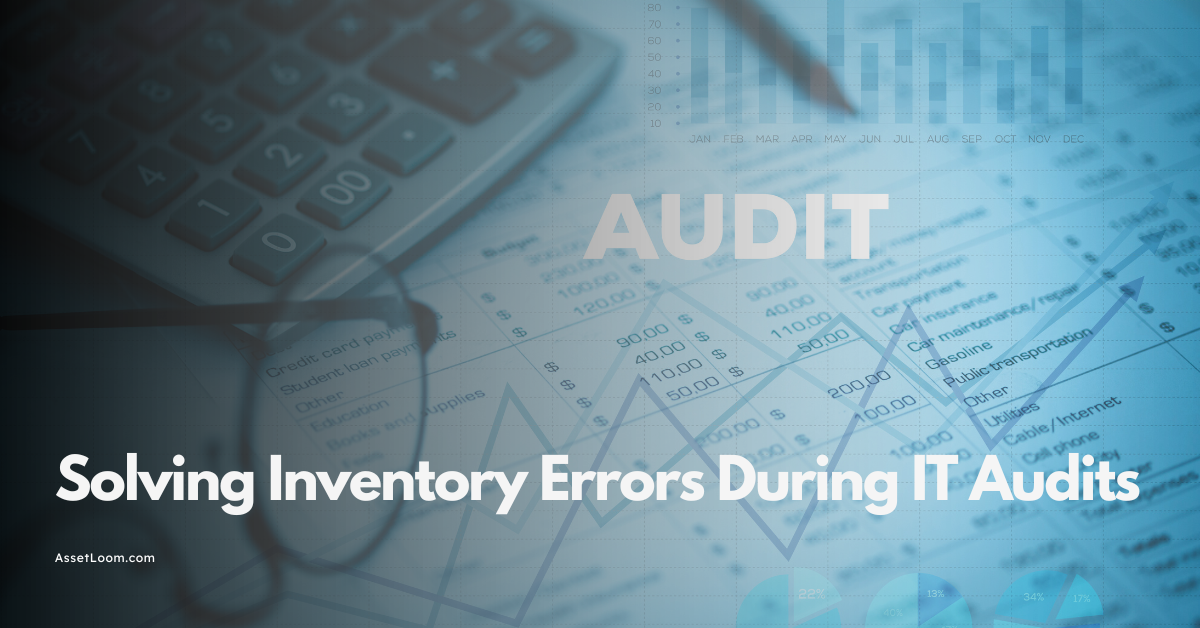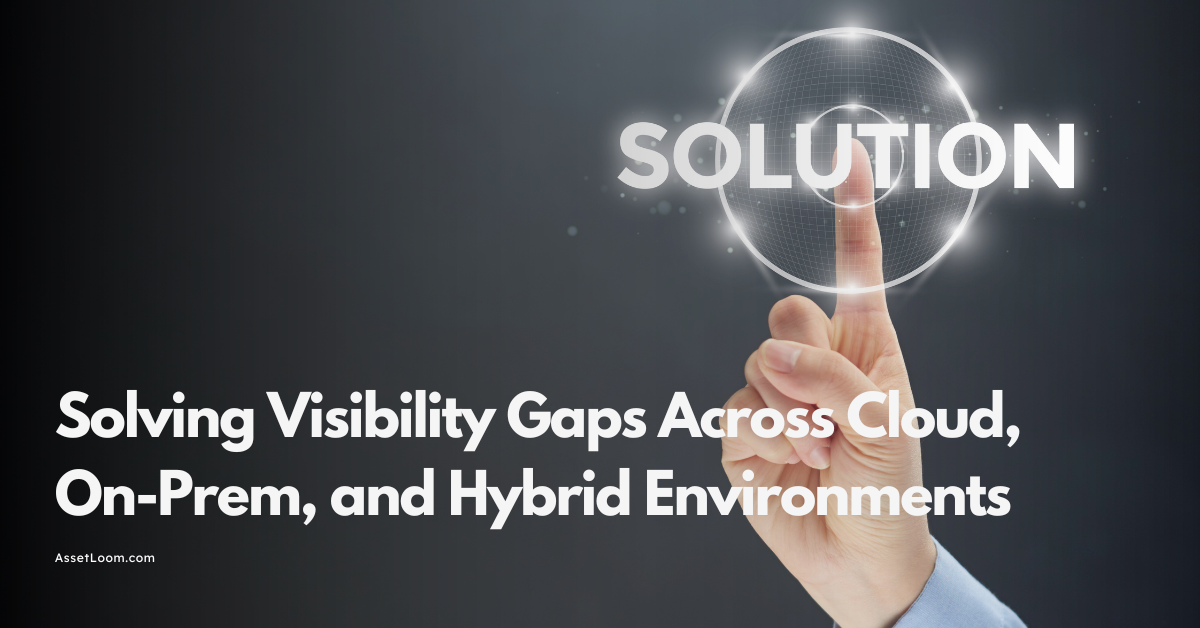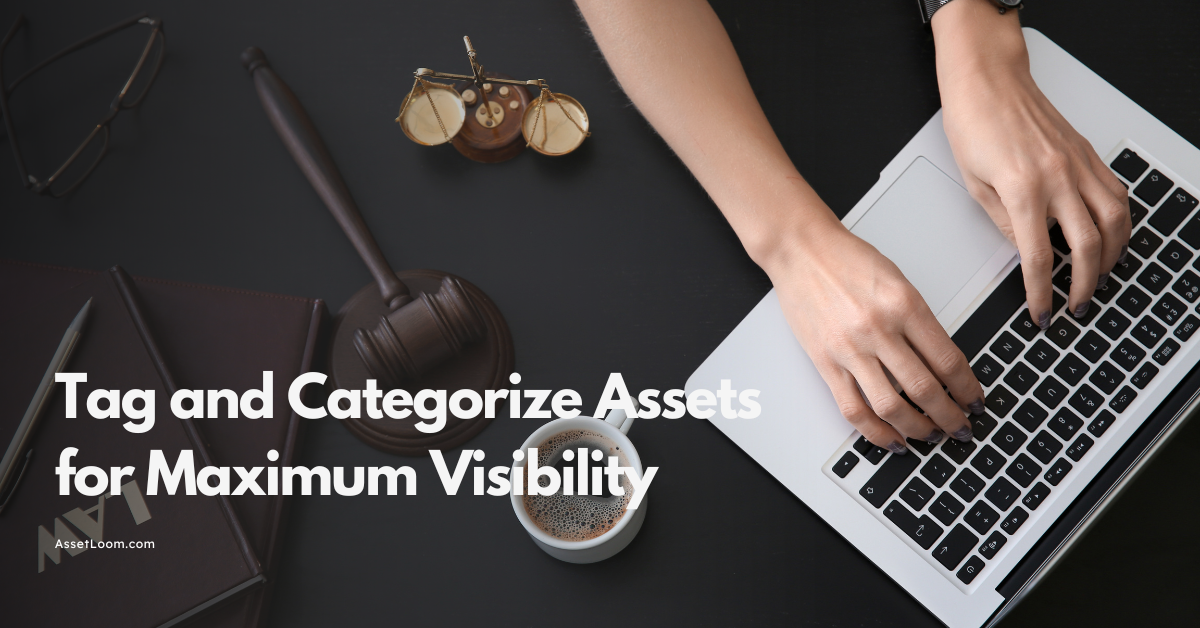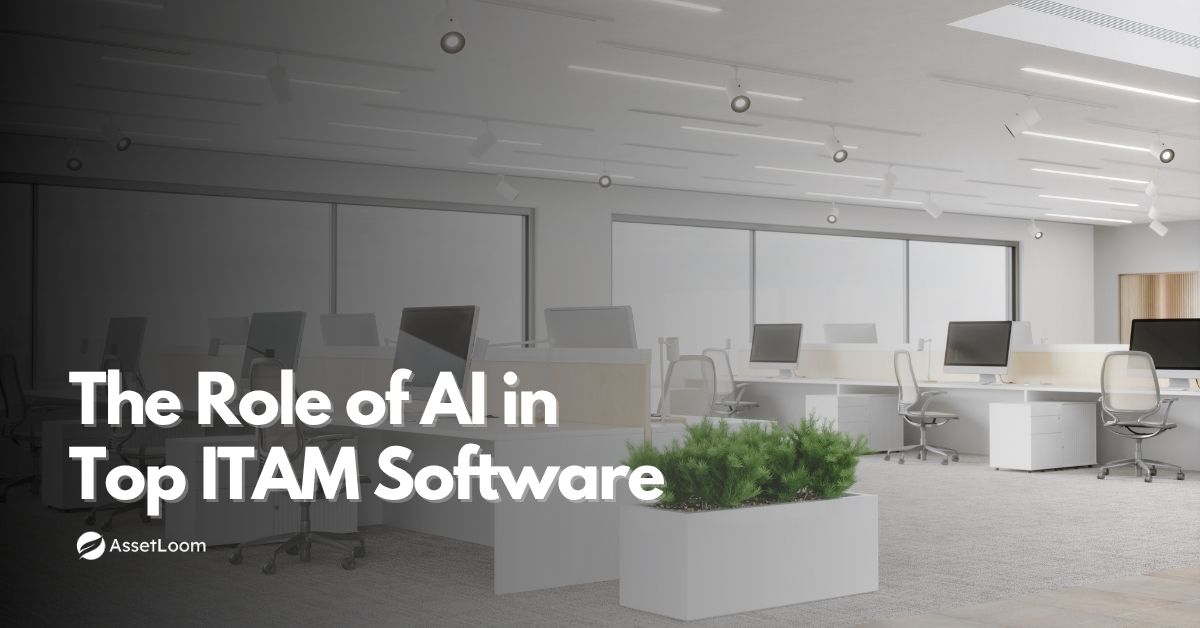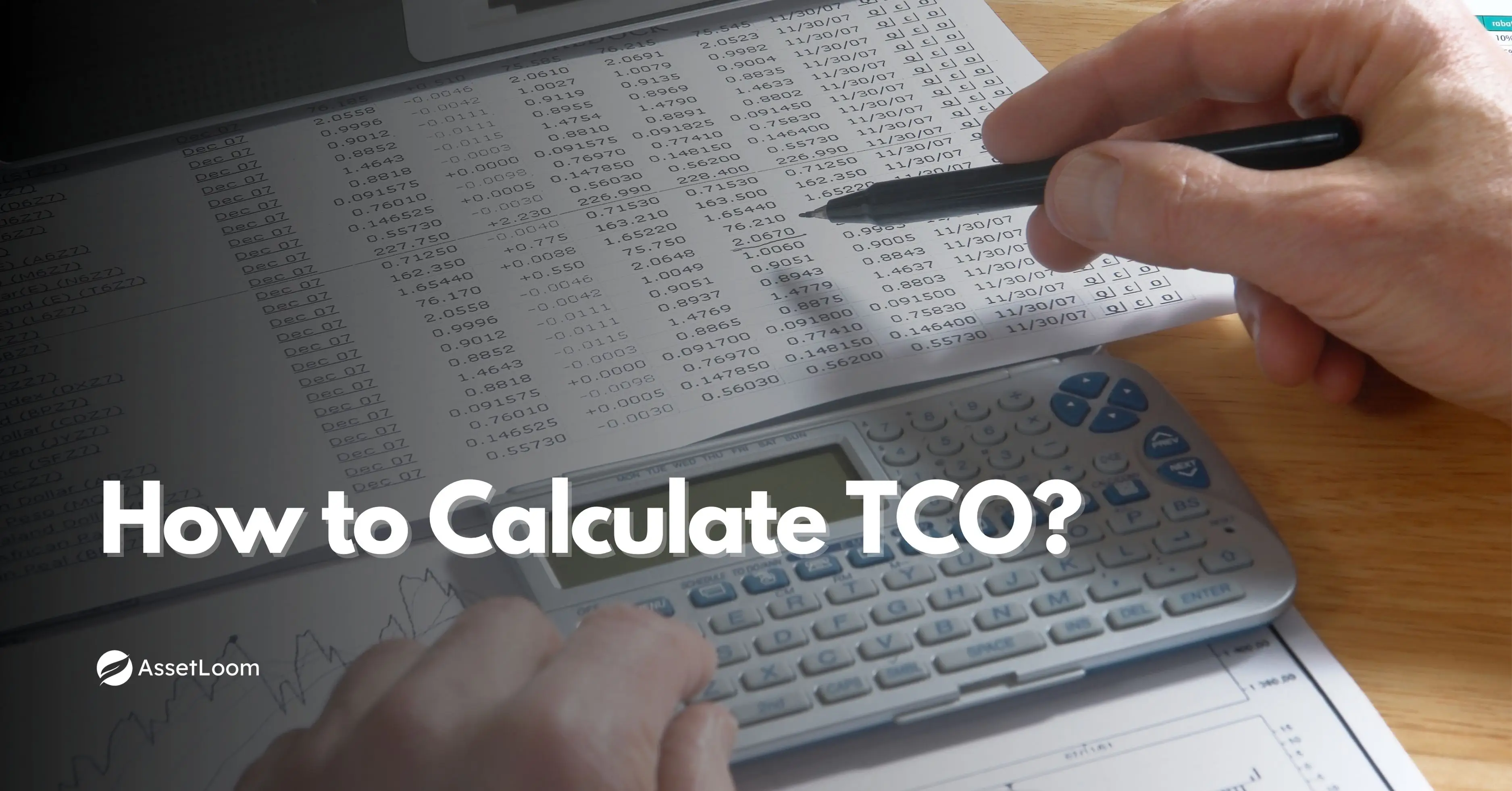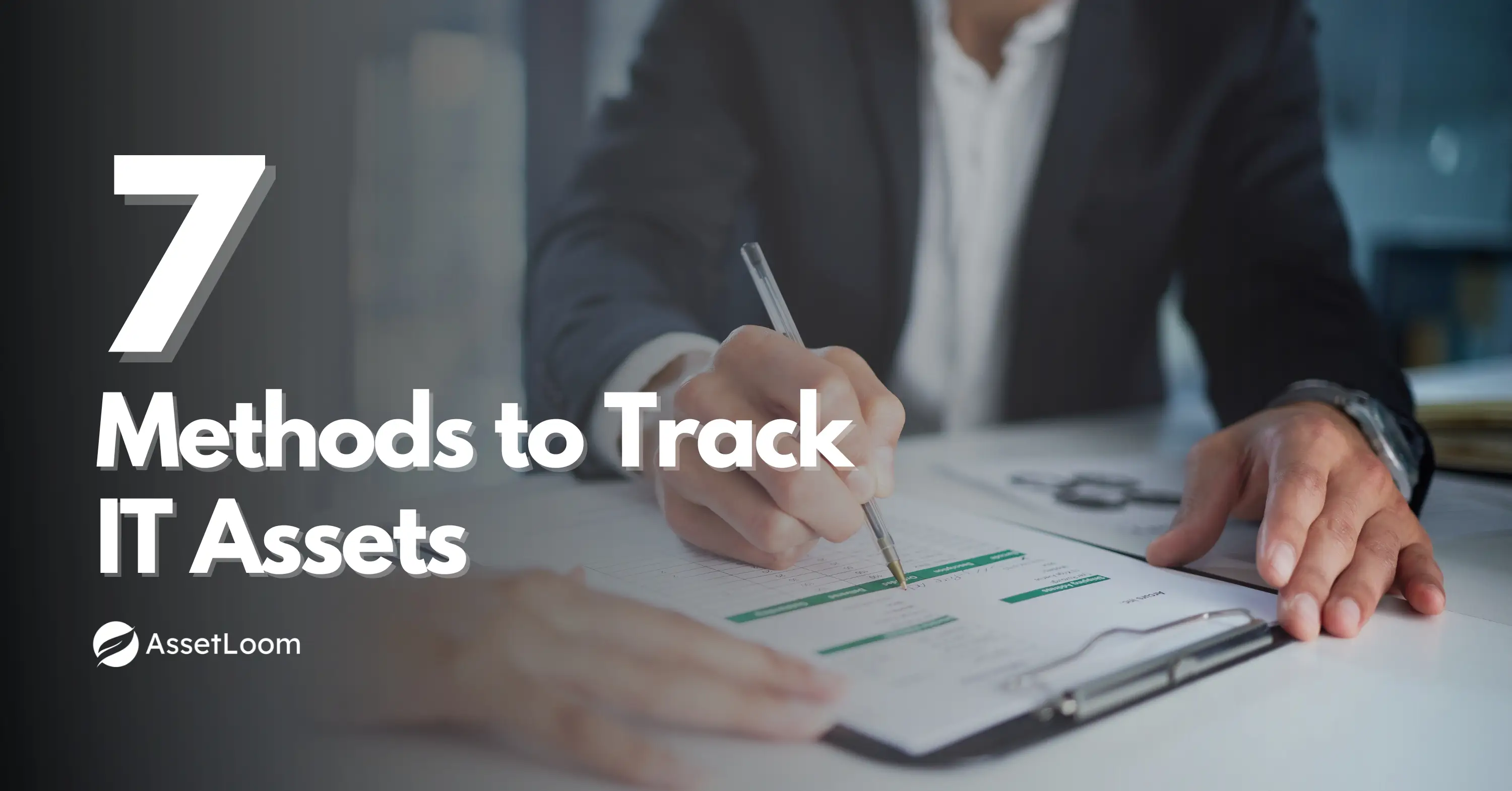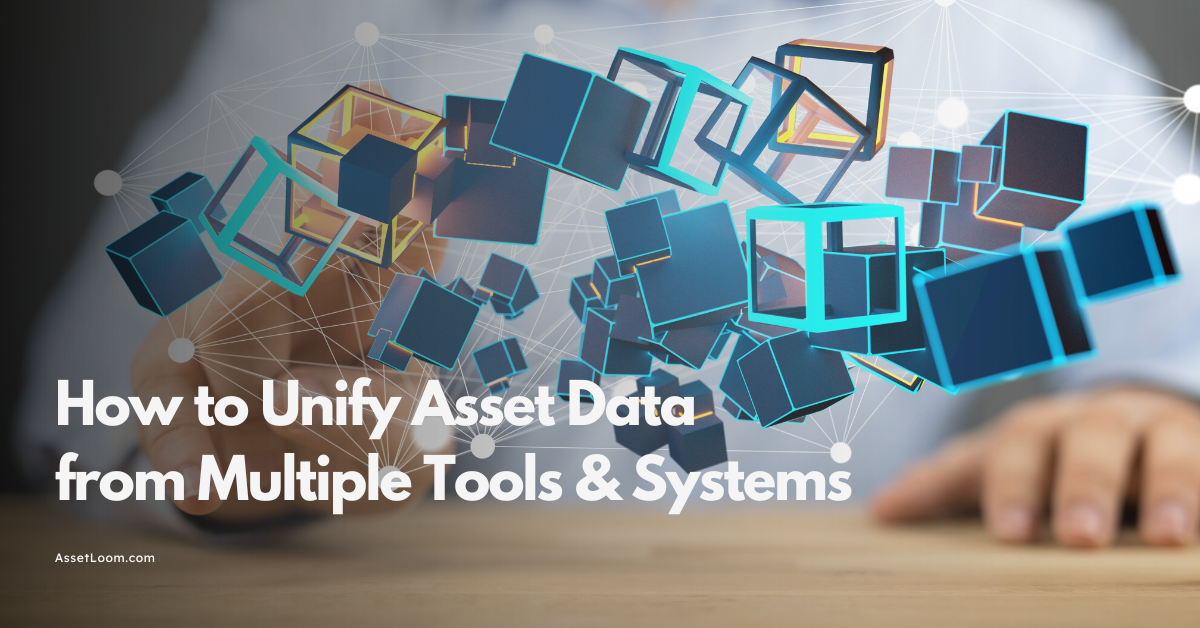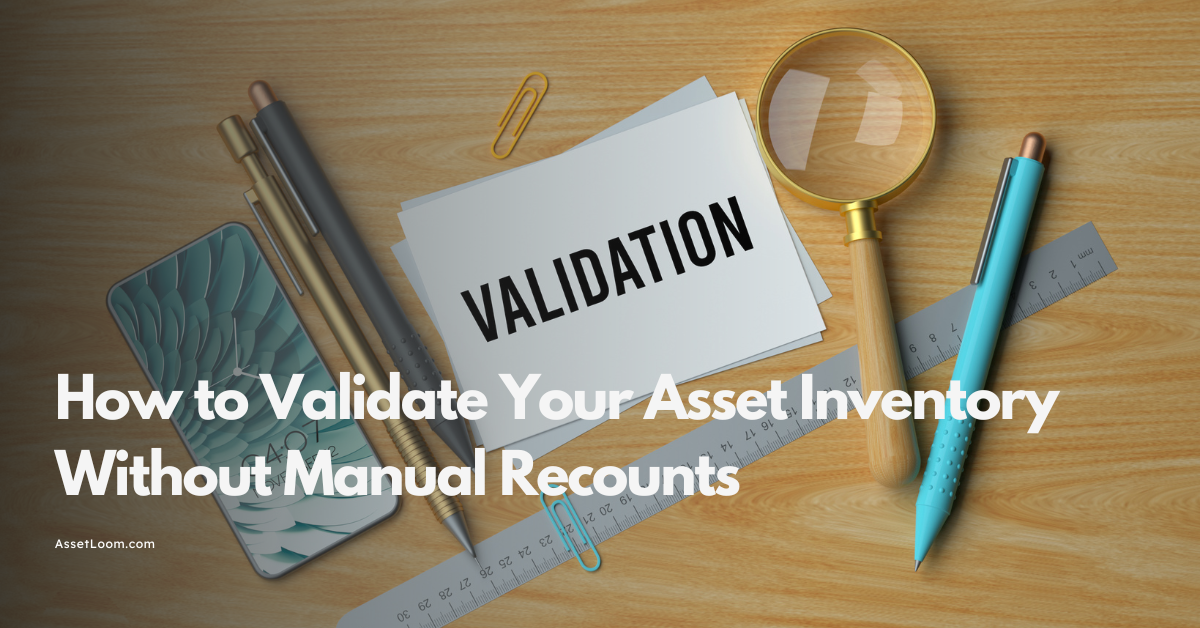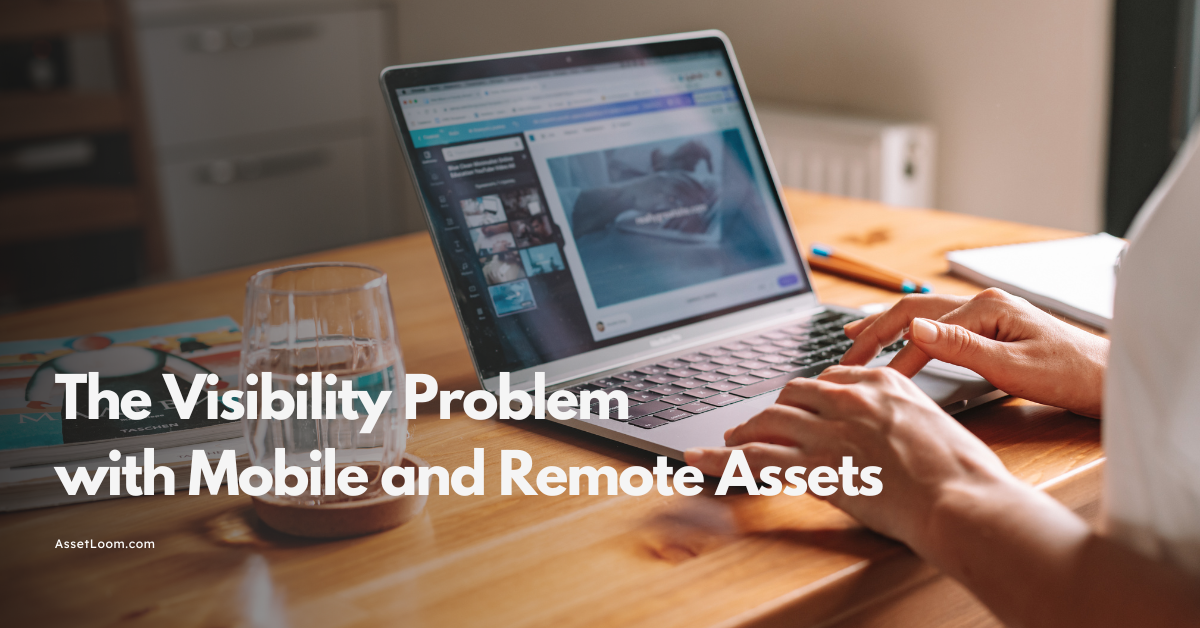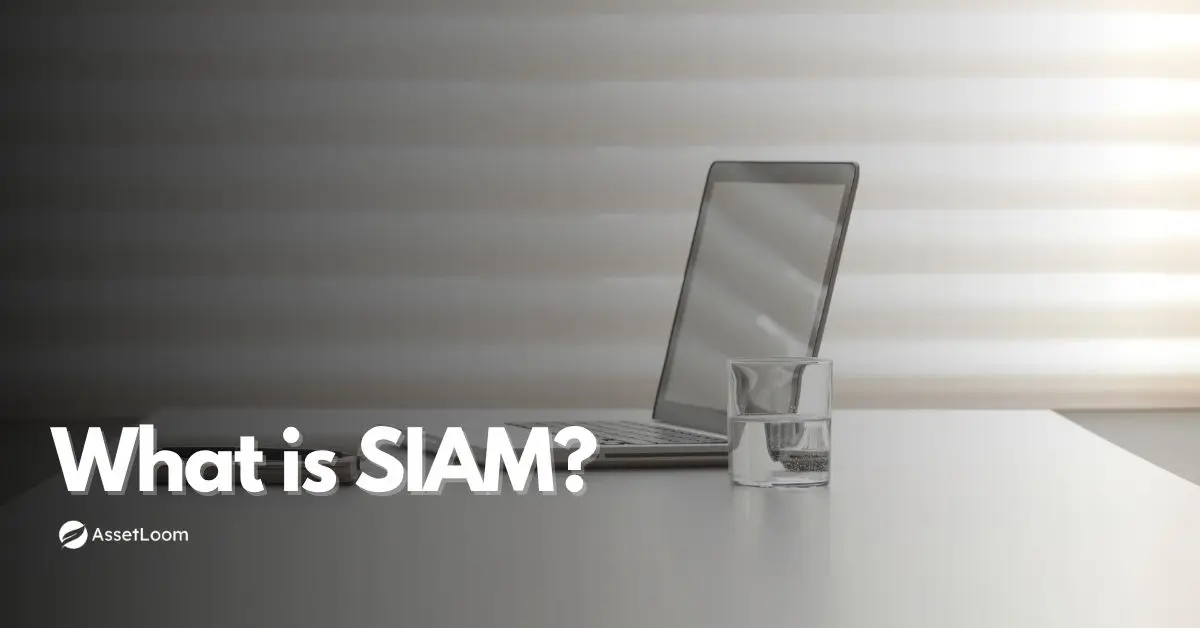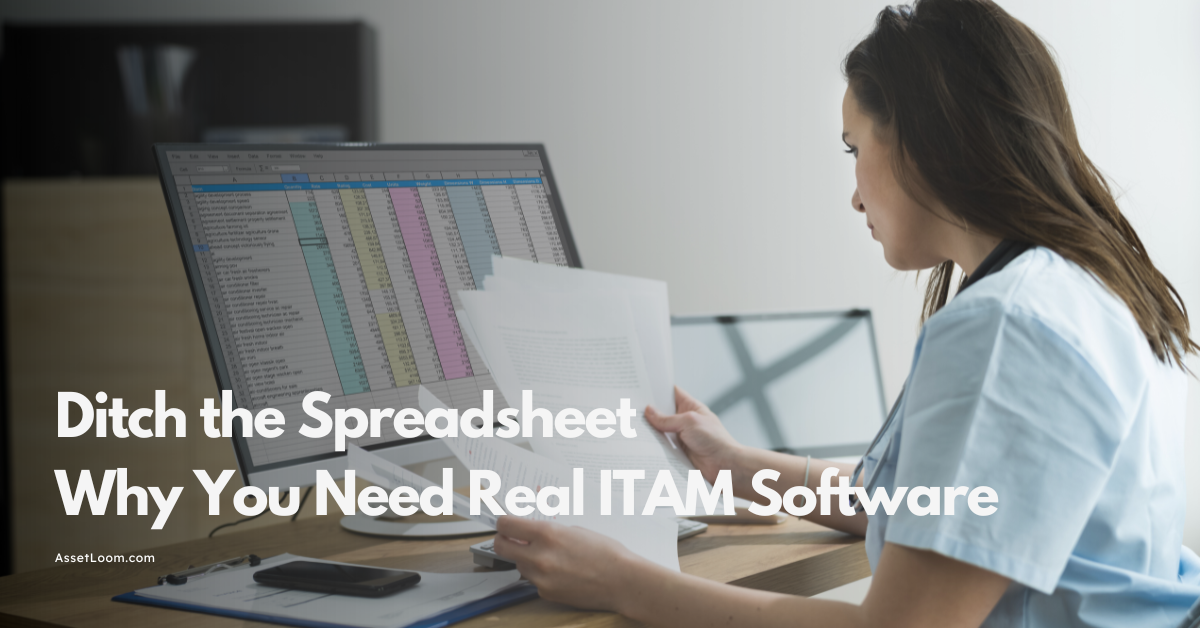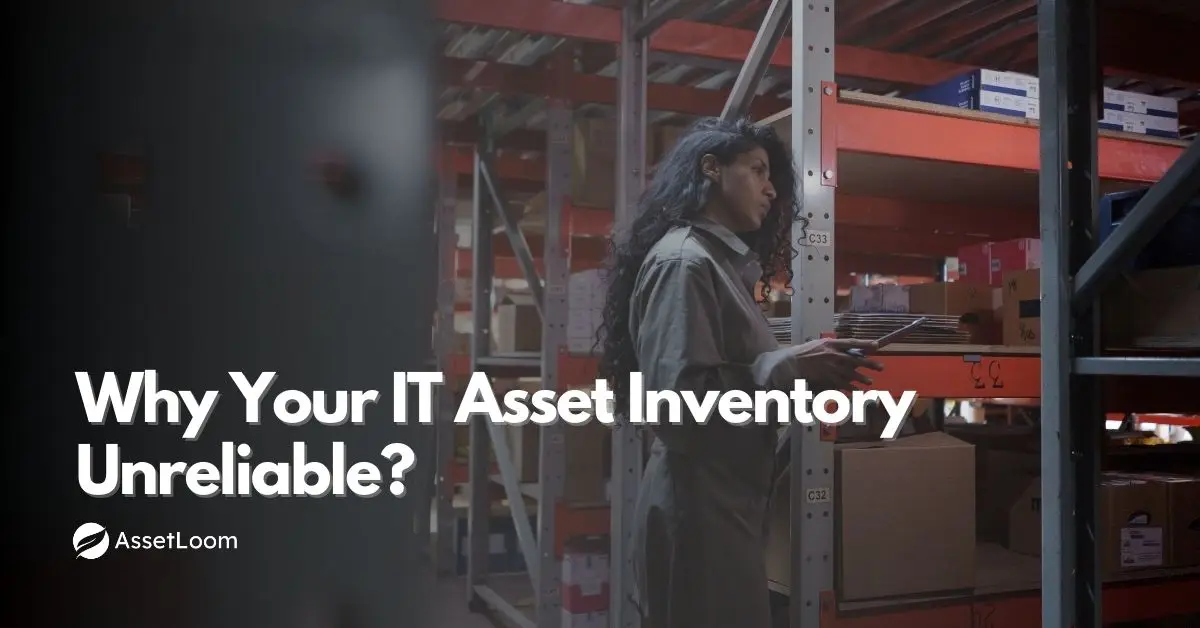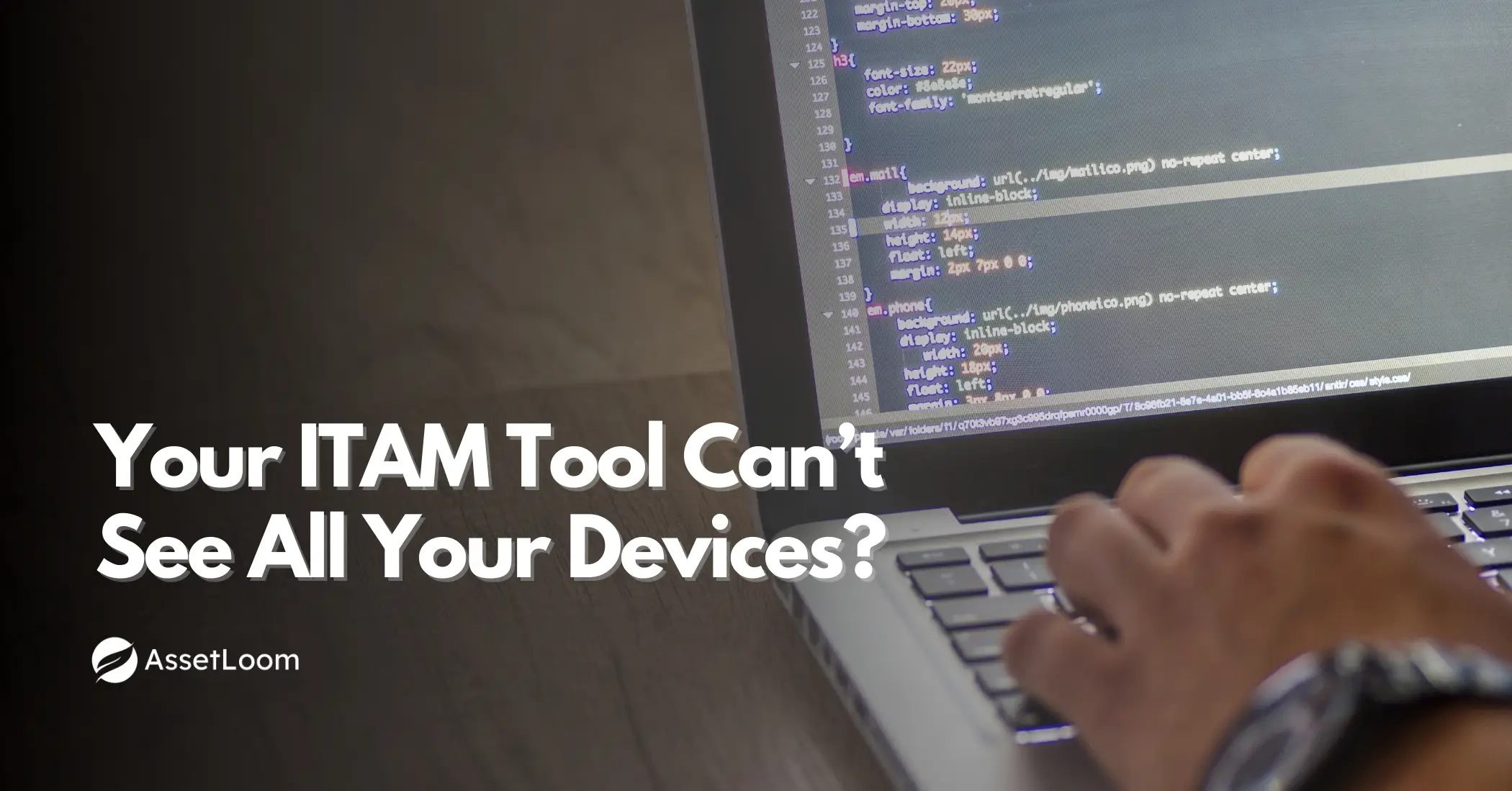How to Create a Single Source of Truth for IT Assets
Discover how to create a Single Source of Truth (SSOT) for IT assets and boost efficiency with centralized, accurate asset management.
Ever asked, “Who owns this laptop?” and gotten three different answers from three different spreadsheets? Or found out about a mystery server… during an audit? That’s what happens when your IT asset data is scattered, inconsistent, and nobody’s quite sure which version is the truth.
Enter the Single Source of Truth (SSOT), your one stop, reliable hub for everything related to IT assets. It’s not a buzzword. It’s how smart IT teams avoid chaos, stay audit ready, and stop wasting time reconciling conflicting records.
In this post, we’ll break down what an SSOT actually is, why not having one causes real problems, and how to build one that keeps your asset data clean, consistent, and usable.
Let’s dive in.
What is a Single Source of Truth in ITAM?
A Single Source of Truth (SSOT) is a centralized, reliable system where all your key data lives—clean, consistent, and always up to date.
In IT Asset Management (ITAM), this means storing everything about your assets in one place: what they are, who’s using them, where they are, how much they cost, when they were purchased, and when they’re due for replacement or renewal.
Instead of scattering data across spreadsheets, ticketing tools, emails, or multiple systems, an SSOT gives everyone a single version of reality to work with. Whether it's the IT team updating asset lifecycles or finance checking inventory values, everyone references the same trusted data, no duplicates, no contradictions.
Why does this matter?
Let’s be real, managing IT assets without a Single Source of Truth is like trying to assemble IKEA furniture without instructions… and with three people arguing over which screw goes where.
Here’s what that mess looks like in the real world:
- Conflicting Data: Different tools, different teams, different answers. One system says a laptop’s assigned, another says it’s in storage. When you can't trust your data, decisions stall or go wrong.
- Limited Visibility: When asset data is scattered, you miss things. Licenses slip through the cracks, unused assets pile up, and critical items go unnoticed.
- Wasted Time: Manually updating spreadsheets and chasing info wastes hours your team could spend on real work not data detective duties.
- Audit & Compliance Risks: Inconsistent or missing records raise red flags during audits. Clean, centralized data makes compliance simple and stress-free.
- Bad Calls: Old or incomplete data leads to bad calls, like overbuying, underutilizing, or keeping aging hardware longer than you should.
An SSOT eliminates all of that by ensuring:
- Consistency: No more mismatched records or different versions of the truth.
- Visibility: You always know what you have, where it is, and what it’s doing.
- Confidence: You can trust your data to make smarter, faster decisions.
In short, a Single Source of Truth keeps your IT asset data clean, connected, and under control—so you can stop managing chaos and start managing assets.
How to Build a Single Source of Truth for IT Assets
Alright, we’ve talked about the pain. Now let’s focus on the solution. Creating a Single Source of Truth (SSOT) for your IT assets isn’t about adding more tools—it’s about making your data centralized, consistent, and connected.
Here’s how to get started:
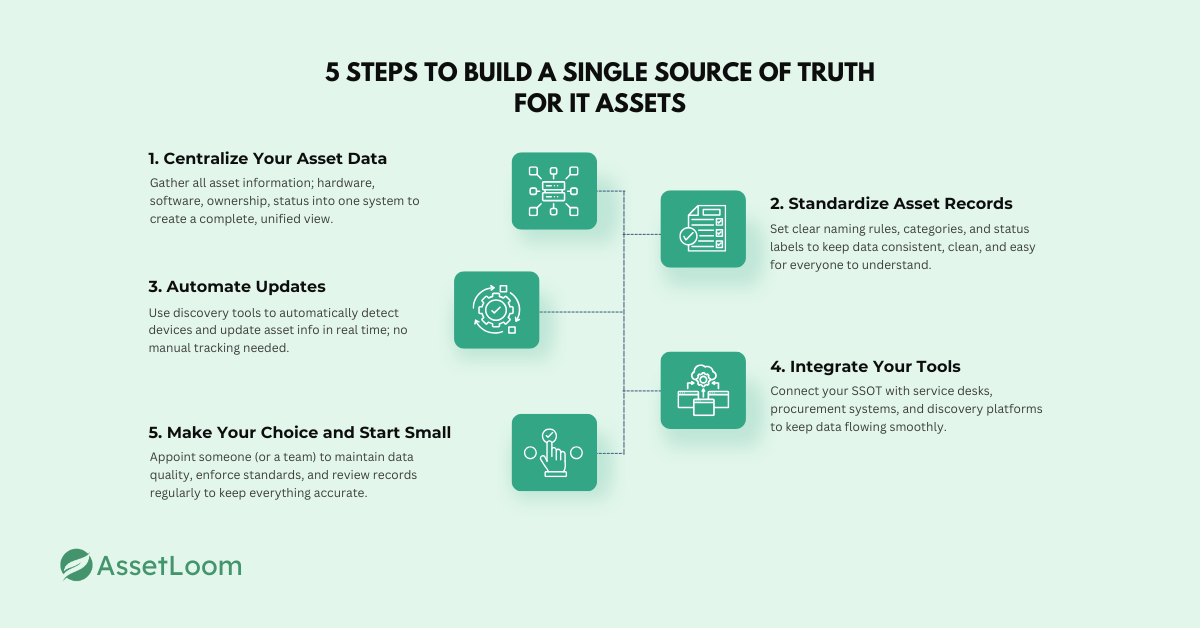
1. Centralize Your Asset Data
First things first: bring everything into one place.
To start, you’ll want to centralize all of your asset data. Whether it’s a dedicated ITAM platform (like AssetLoom) or an integrated system you already use, the goal is simple—no more jumping between spreadsheets, email chains, and sticky notes to get a complete view.
Make sure it includes:
- Hardware and software inventory
- Purchase and warranty info
- User assignments and locations
- Lifecycle status (active, retired, in repair, etc.)
By centralizing this information, you'll immediately gain a clearer picture of your assets, and so will everyone else in your organization.
2. Standardize Asset Records
Next up, let’s make sure everything is on the same page.
Once your data is in one place, you need to standardize it. Your records are only useful if they’re consistent. This means setting up clear, unified formats for things like asset names, categories, locations, and statuses.
Example: If one record says “Dell XPS13” and another says “xps_13_dell”… that’s a problem. To avoid confusion, set naming conventions, and stick to them.
Bonus tip: Use dropdowns or controlled fields wherever possible to reduce human error and keep things uniform.
3. Automate Updates
Manual updates? Not it. That’s how errors creep in.
Set up automated discovery tools to help you track your assets without lifting a finger. These tools scan your network and automatically detect hardware and software that's active, reporting details like:
- Device type and specifications
- Installed software
- Network location
- Usage status
This means your SSOT stays fresh with real-time data, without someone needing to manually check devices or update spreadsheets.
You can also automate:
- Device check-ins/checkouts
- Warranty expiration alerts
- License tracking and compliance checks
Automation saves time, cuts down on mistakes, and keeps your asset records alive and accurate.
4. Integrate Your Tools
Now that you’ve got your data in one place and up-to-date, it’s time to make everything talk to each other.
To truly build a robust SSOT, you need to integrate your tools. Your SSOT should be able to pull in data from:
- Service desk (for incident and request tracking)
- Procurement tools (for purchases and receipts)
- Discovery tools (to detect assets in use)
- CMDBs (if applicable)
The more your systems share data, the more complete and accurate your SSOT becomes.
5. Assign Ownership and Governance
Lastly, even the best system needs someone to keep it clean.
Once everything is in place, define who is responsible for maintaining data accuracy, setting standards, and reviewing records. Whether it’s your IT asset manager, operations lead, or a small team, ownership is key.
Pro tip: Schedule regular check-ins (monthly or quarterly) to review asset data health. This ensures that your SSOT doesn’t get outdated or messy over time.
And that’s your SSOT foundation: centralize, standardize, automate, integrate, and assign ownership. Nail these five steps, and you’ll go from scattered data to solid, reliable asset management.
Benefits of Single Source of Truth (SSOT)
Once your Single Source of Truth (SSOT) is up and running, you’ll quickly notice the difference. It’s not just about saving time; it’s about having the right data, right when you need it.
Here’s what you’ll experience:
-
Clarity and Consistency
No more confusion about where the latest asset record is or whether it’s accurate. With everything in one place, everyone gets the same, up-to-date information. Everyone’s on the same page—no more “I thought it was here” moments.
-
Increased Efficiency
With automation handling the updates, check-ins, and lifecycle management, your team isn’t bogged down with manual data entry. Instead, they can focus on the work that actually moves the needle—like optimizing your IT environment, planning future purchases, or supporting your company’s growth.
-
Audit-Ready Data
Furthermore, audits become a breeze. With your SSOT in place, your asset data is always organized and up-to-date. When auditors come knocking, you can quickly access the right reports, no scrambling, no last-minute panic. You’re audit ready 24/7.
-
Better Decision-Making
You can now make decisions based on clear, accurate data. Whether it’s deciding when to retire old hardware or identifying unused software licenses, your SSOT gives you a full picture of your assets so you can make smarter, more cost-effective choices.
-
Reduced Risk
With consistent, accurate data, you lower the chances of compliance slip-ups, asset mismanagement, or costly mistakes. An SSOT keeps your records clean and compliant, whether it’s tracking warranties, software licenses, or ensuring everything’s up to code.
Final Thoughts
Building a Single Source of Truth for your IT assets isn’t just about better data; it’s about working smarter, making faster decisions, and finally getting out of the chaos.
When you centralize, standardize, automate, integrate, and assign ownership, you create a system that doesn't just store asset information; it powers your entire IT operation. No more second-guessing. No more digging through spreadsheets. Just clean, reliable data you can trust.
It takes a little work to set up, but once you do, managing your assets becomes a whole lot easier and way less stressful.

Related Blogs
ITAM in General
Fixing Inventory Sync Issues Between ITAM and ITSM Tools
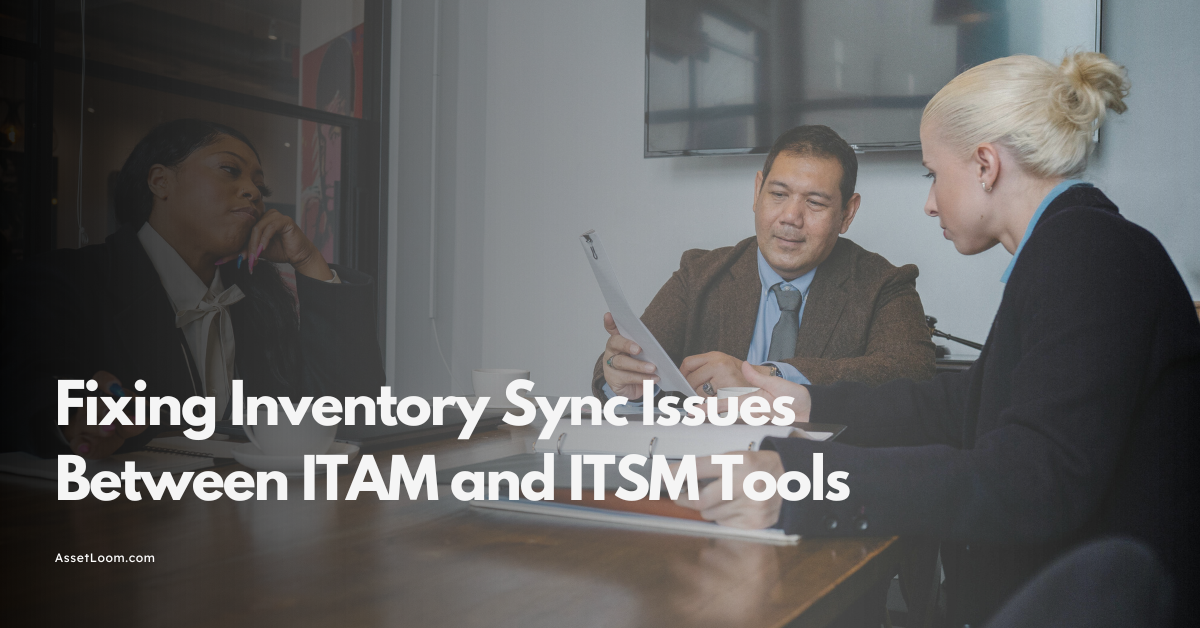
ITAM in General
The Hidden Costs of a Stolen Work Laptop & How to Prevent Them

Subscribe for Expert Tips and Updates
Receive the latest news from AssetLoom. right in your inbox
